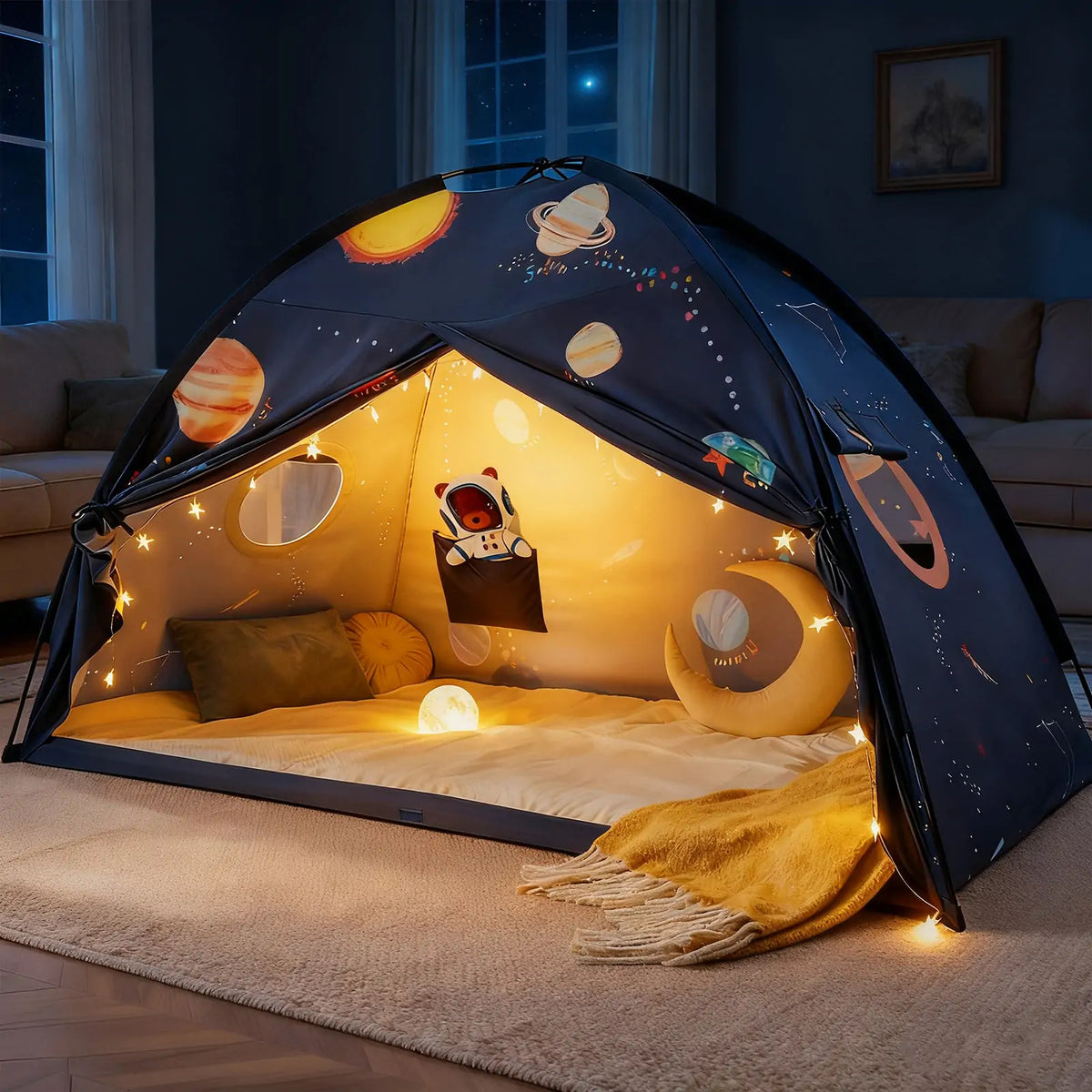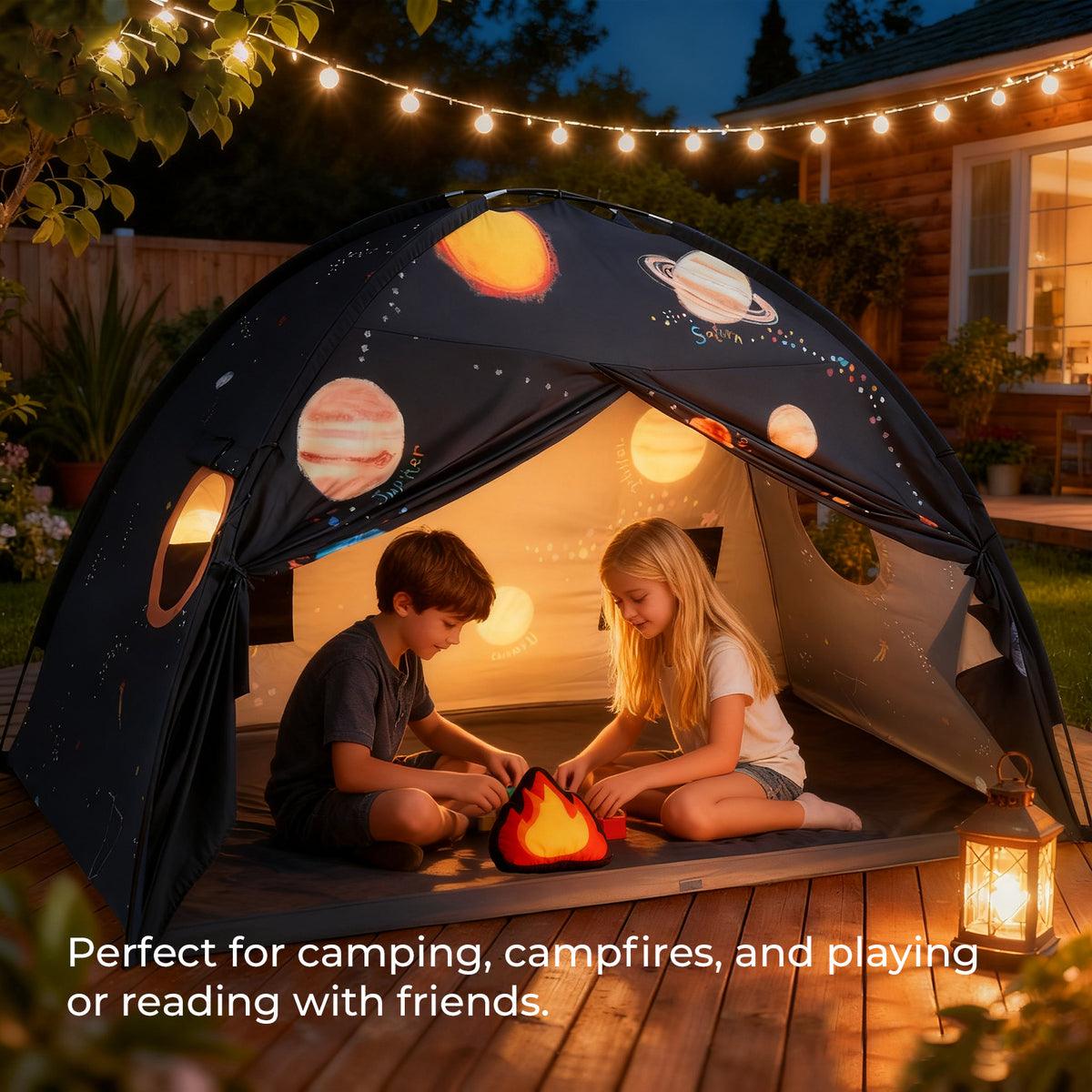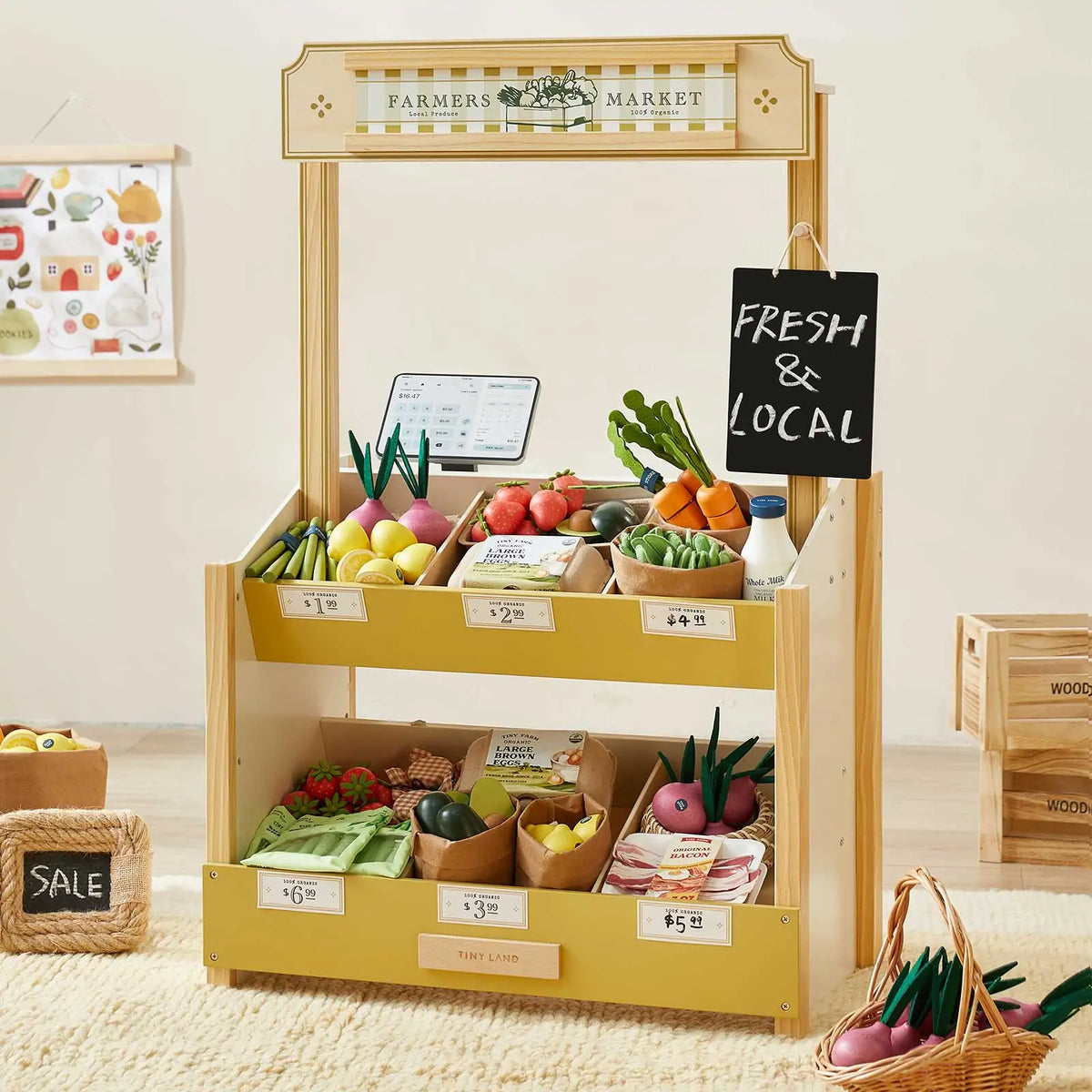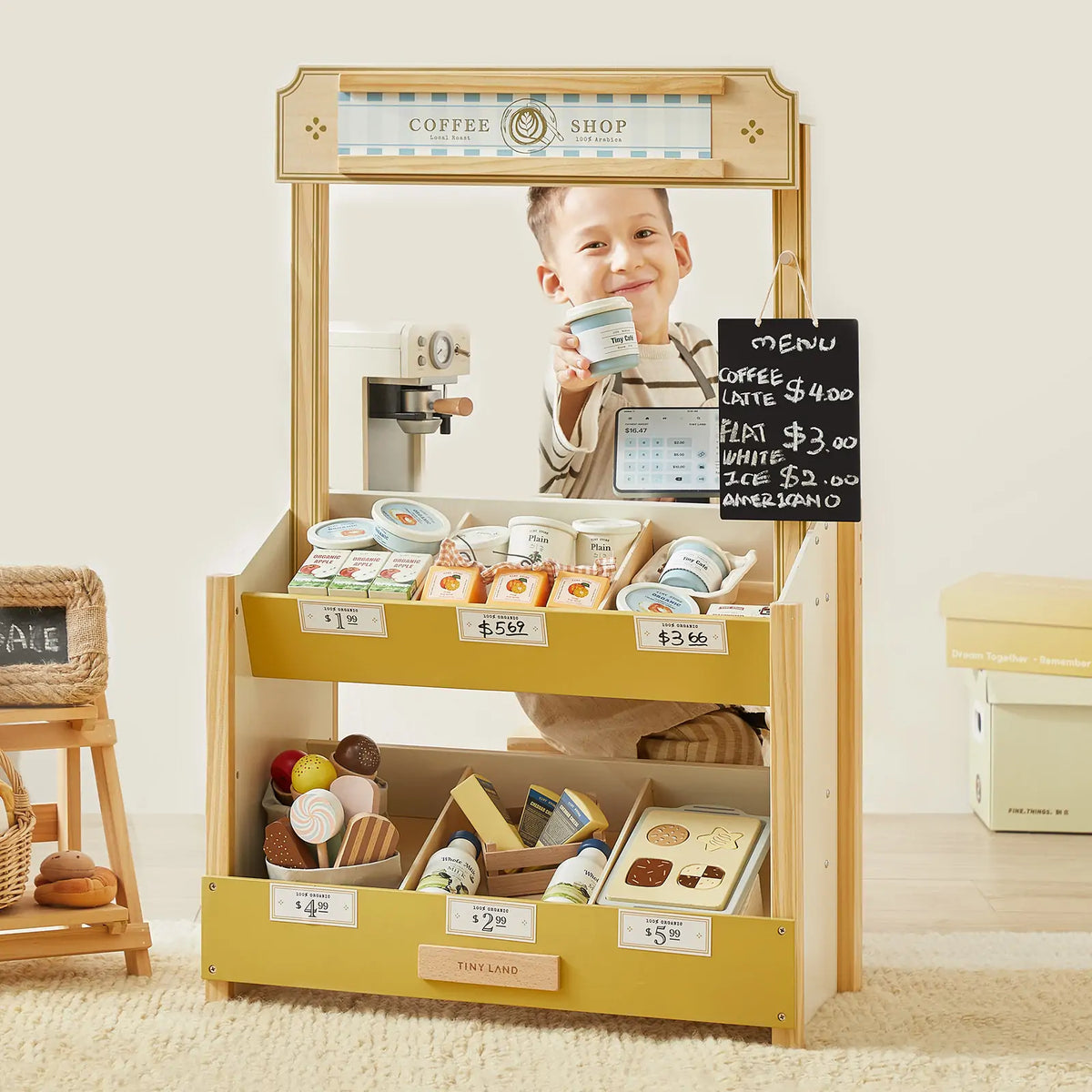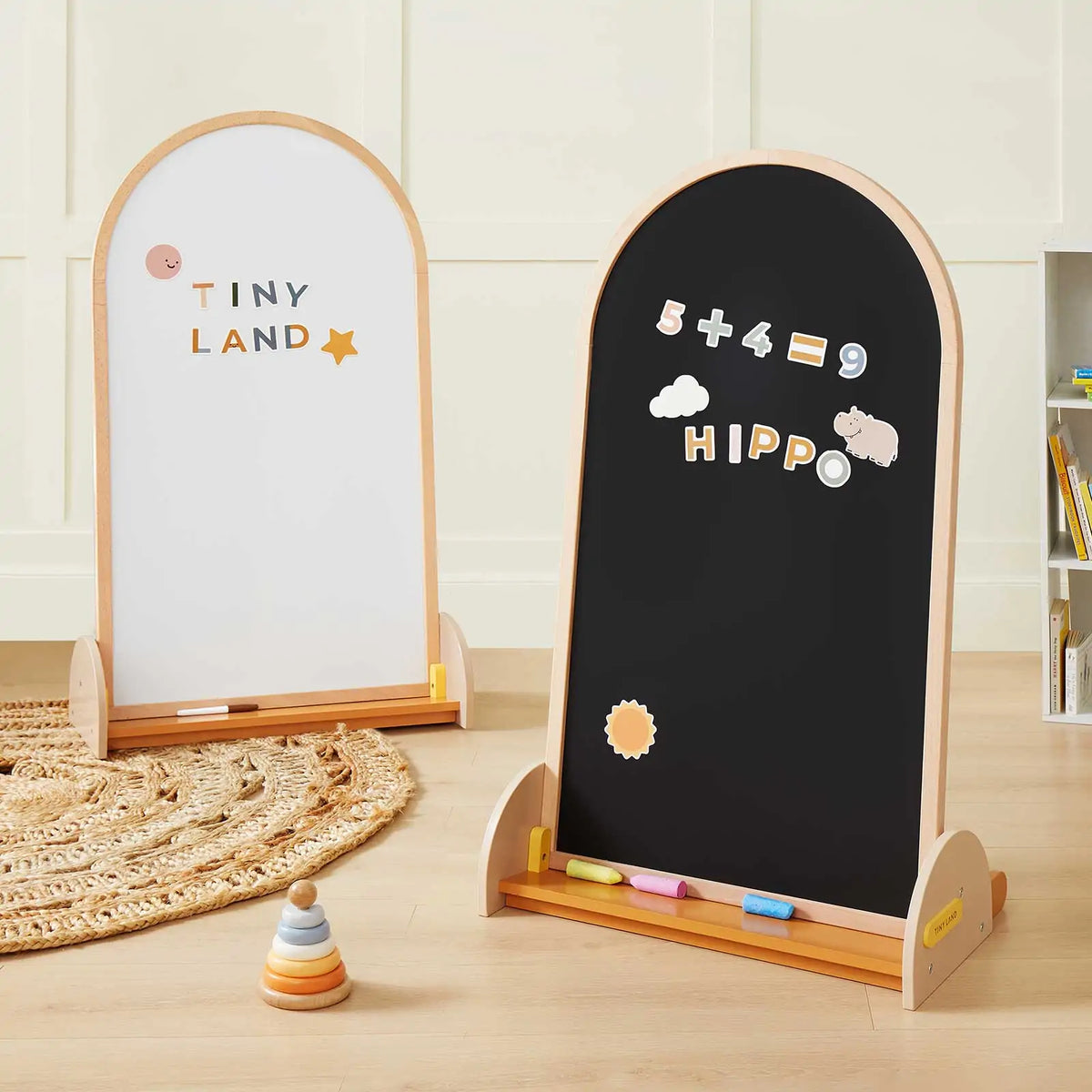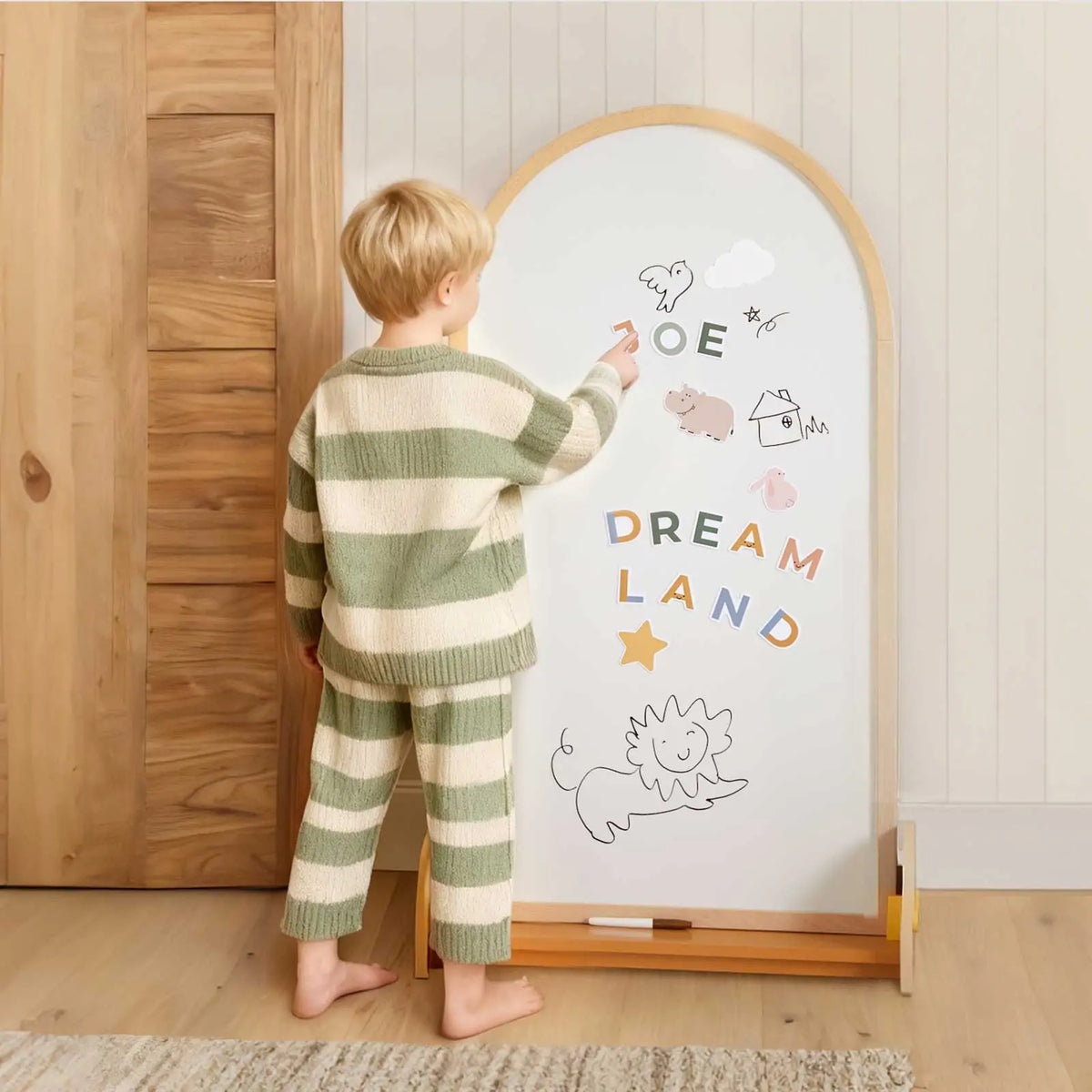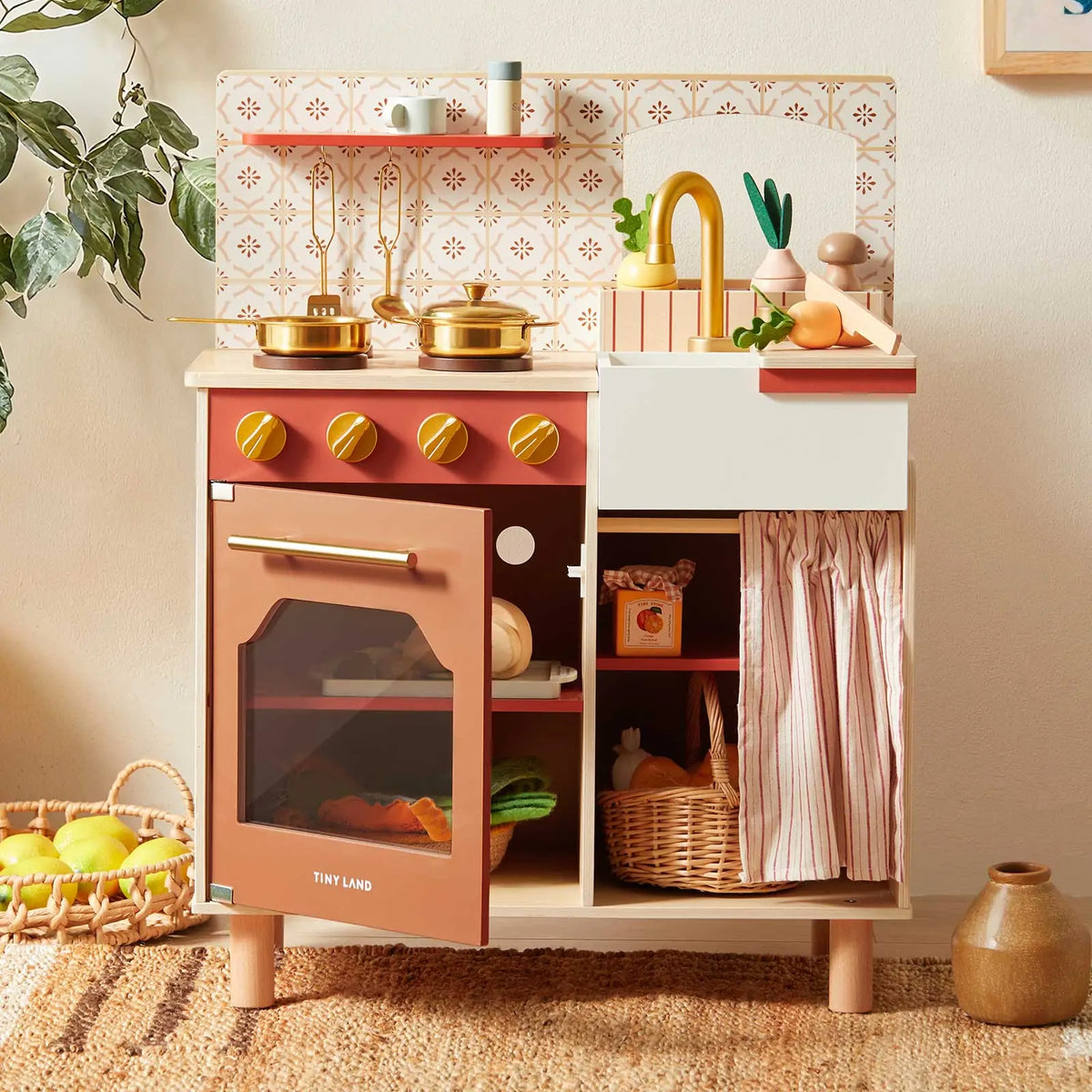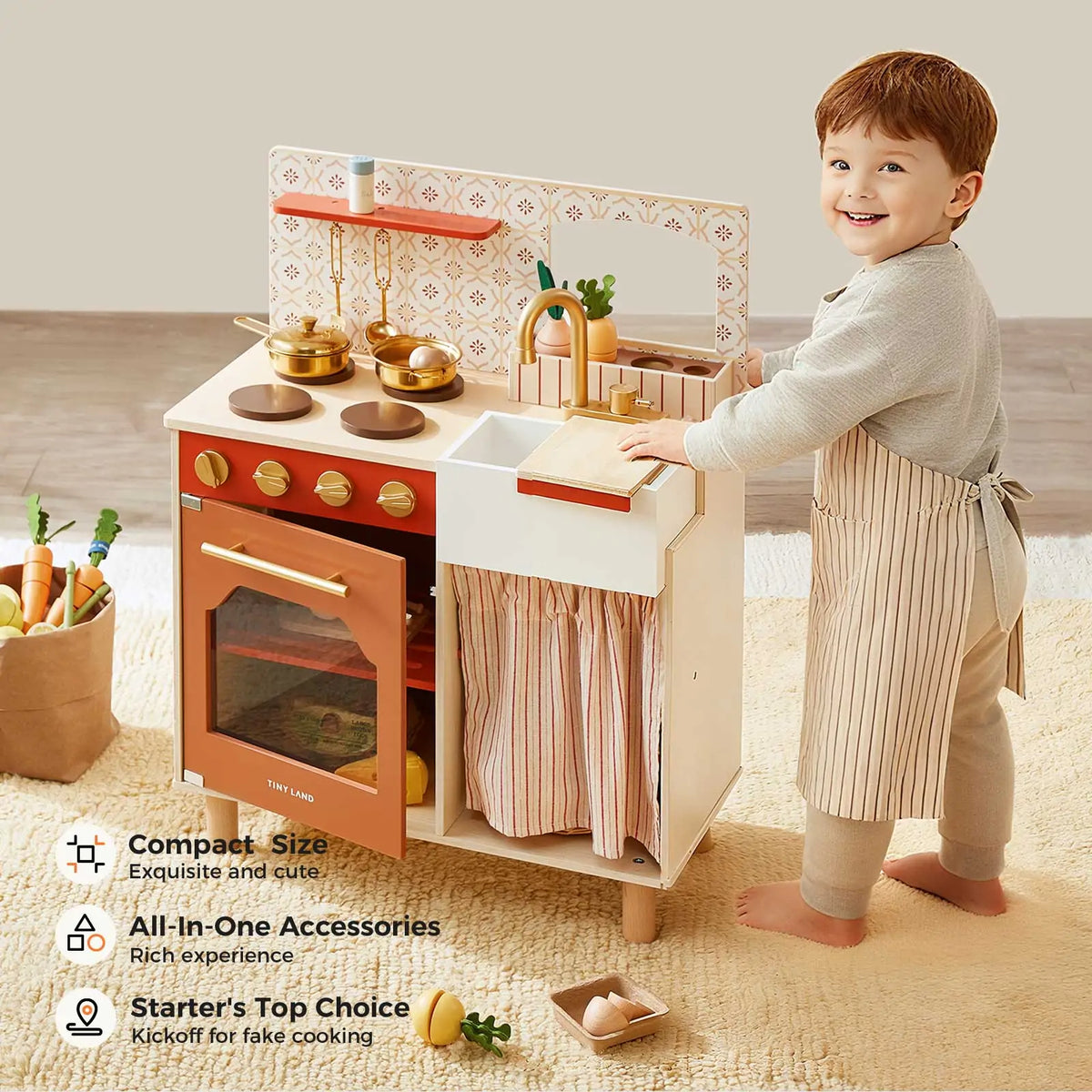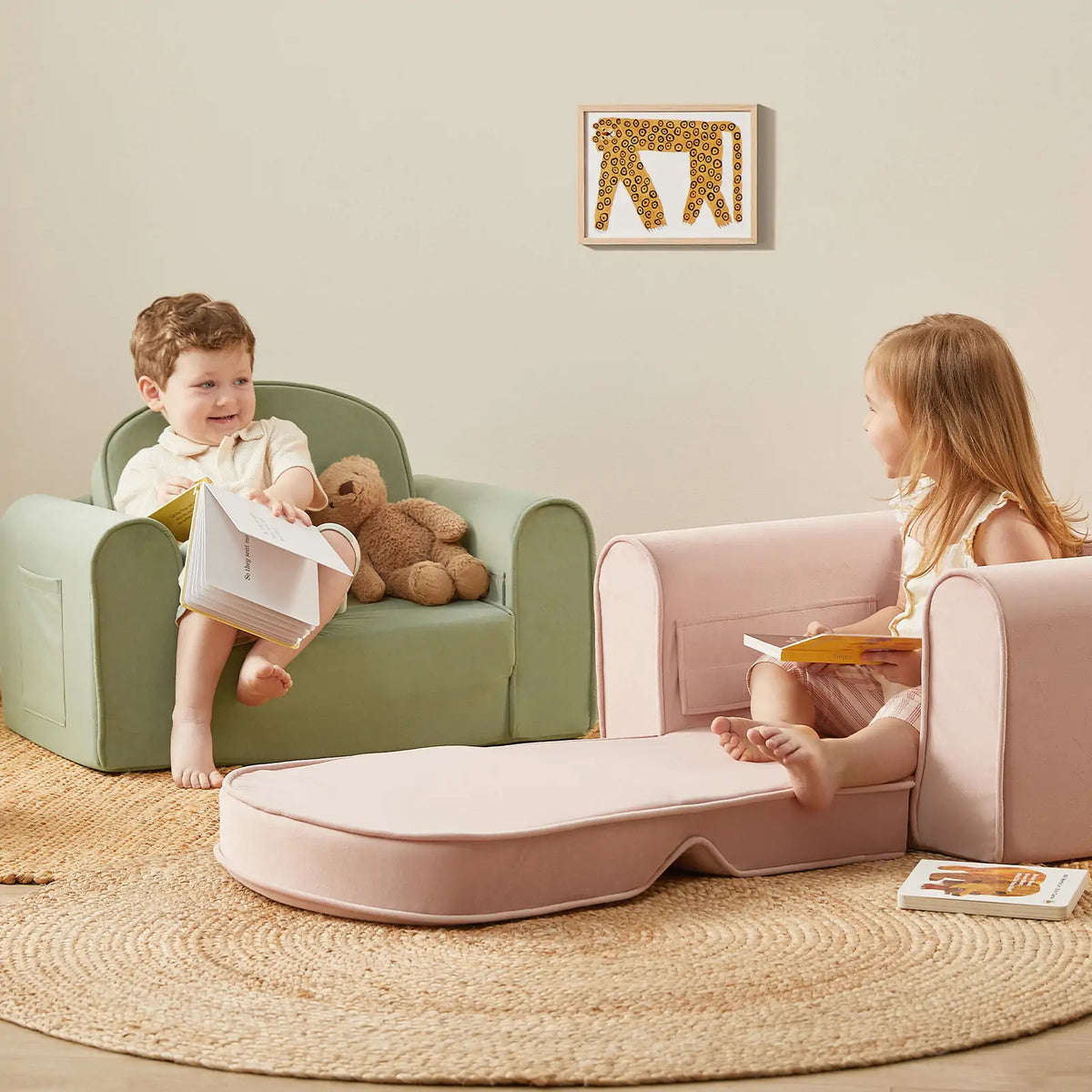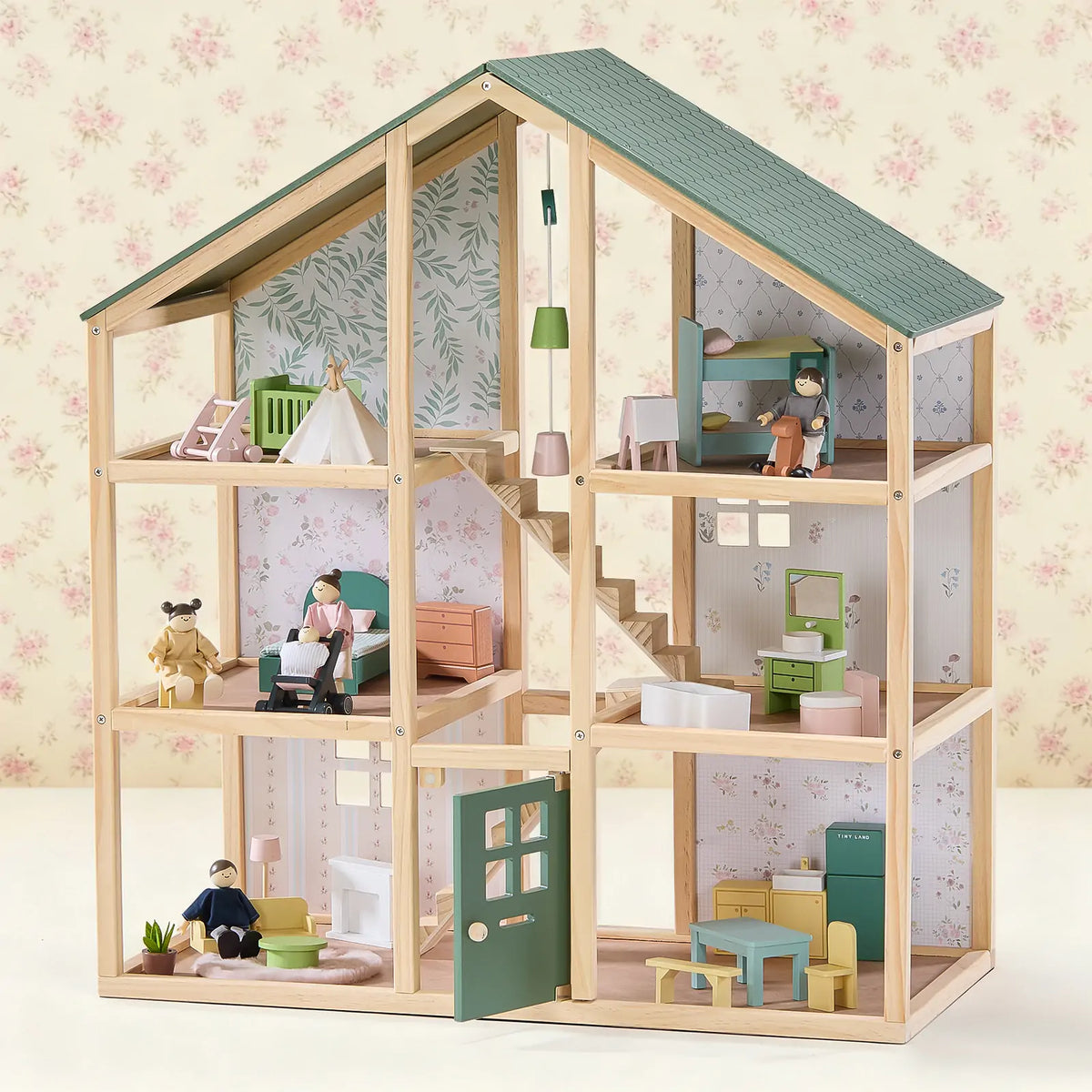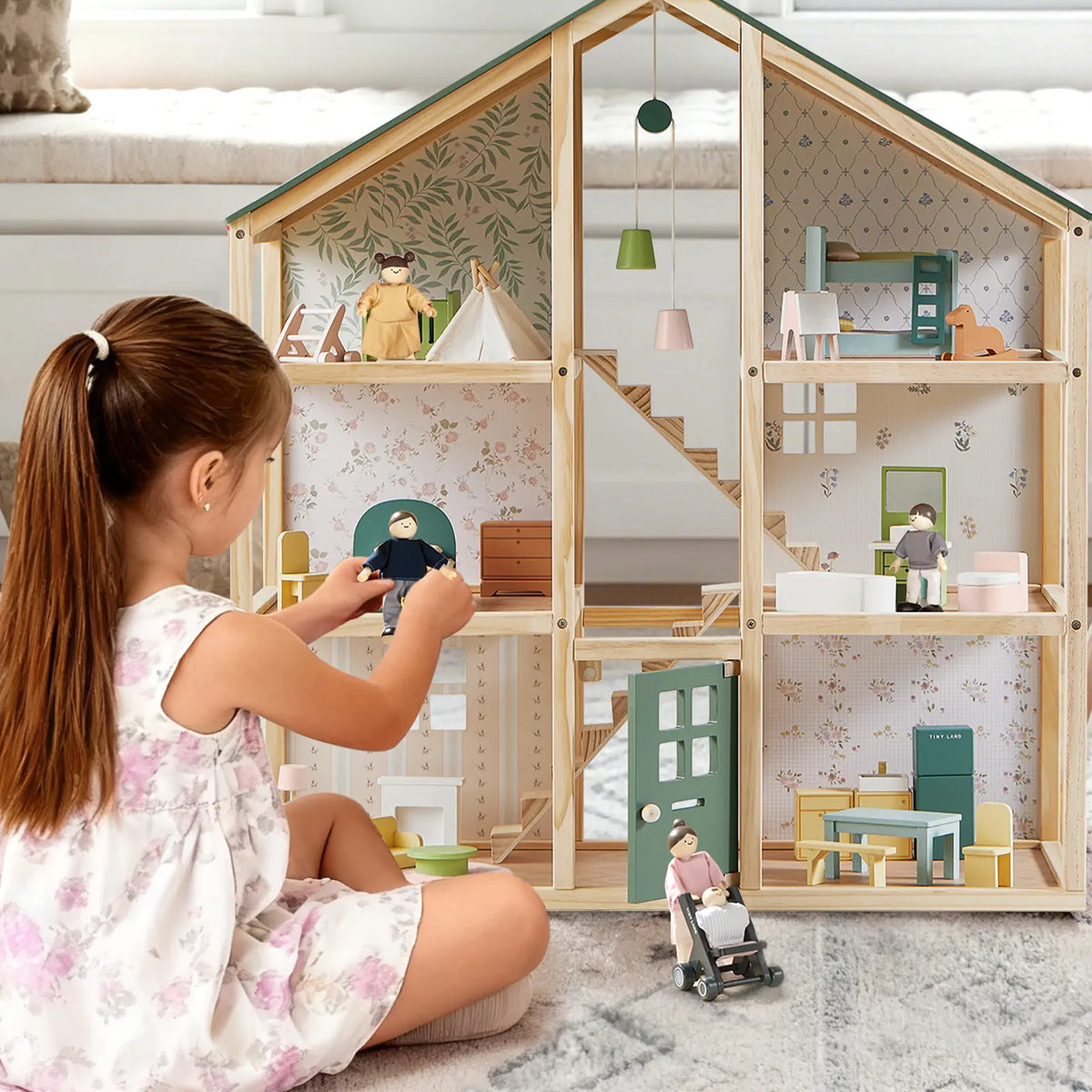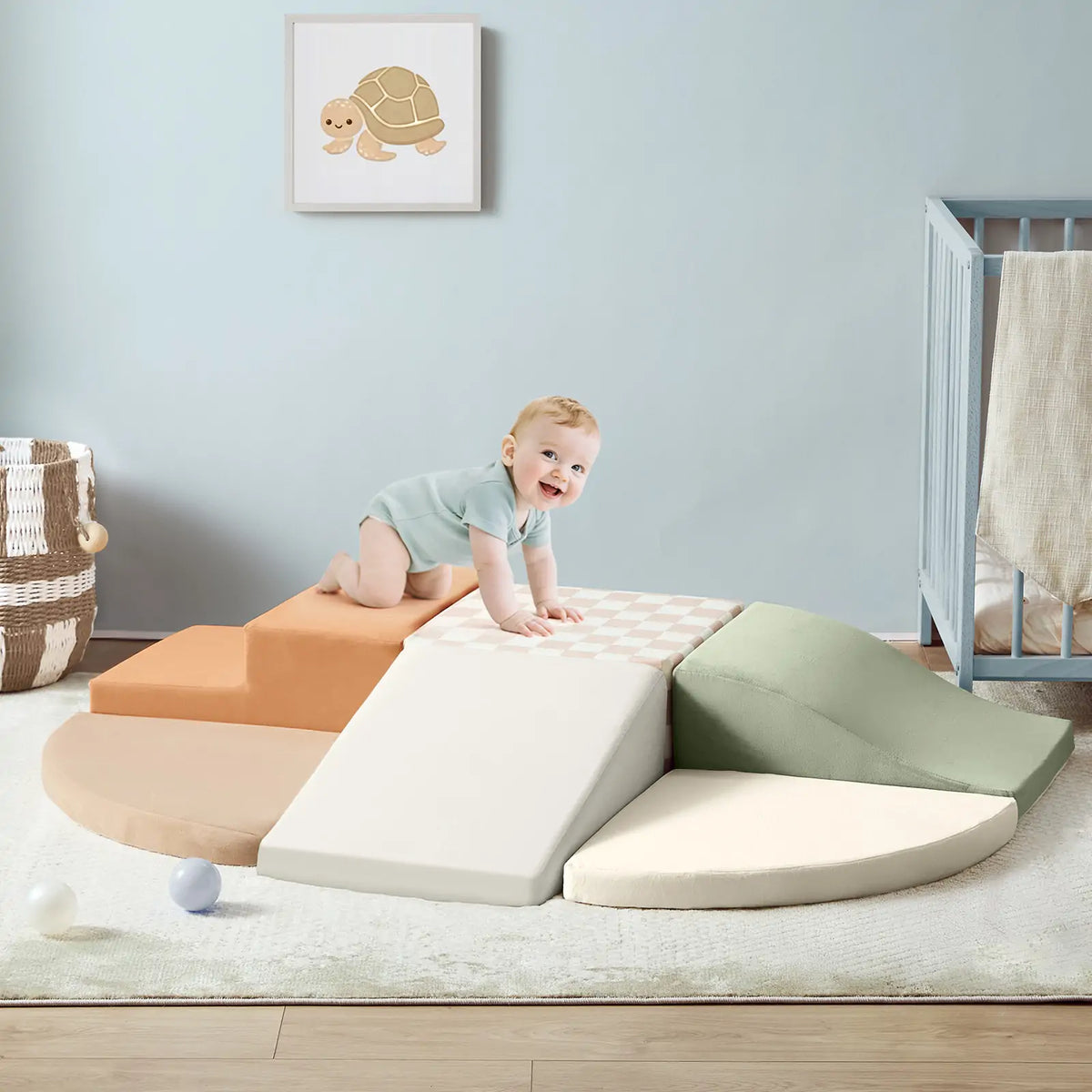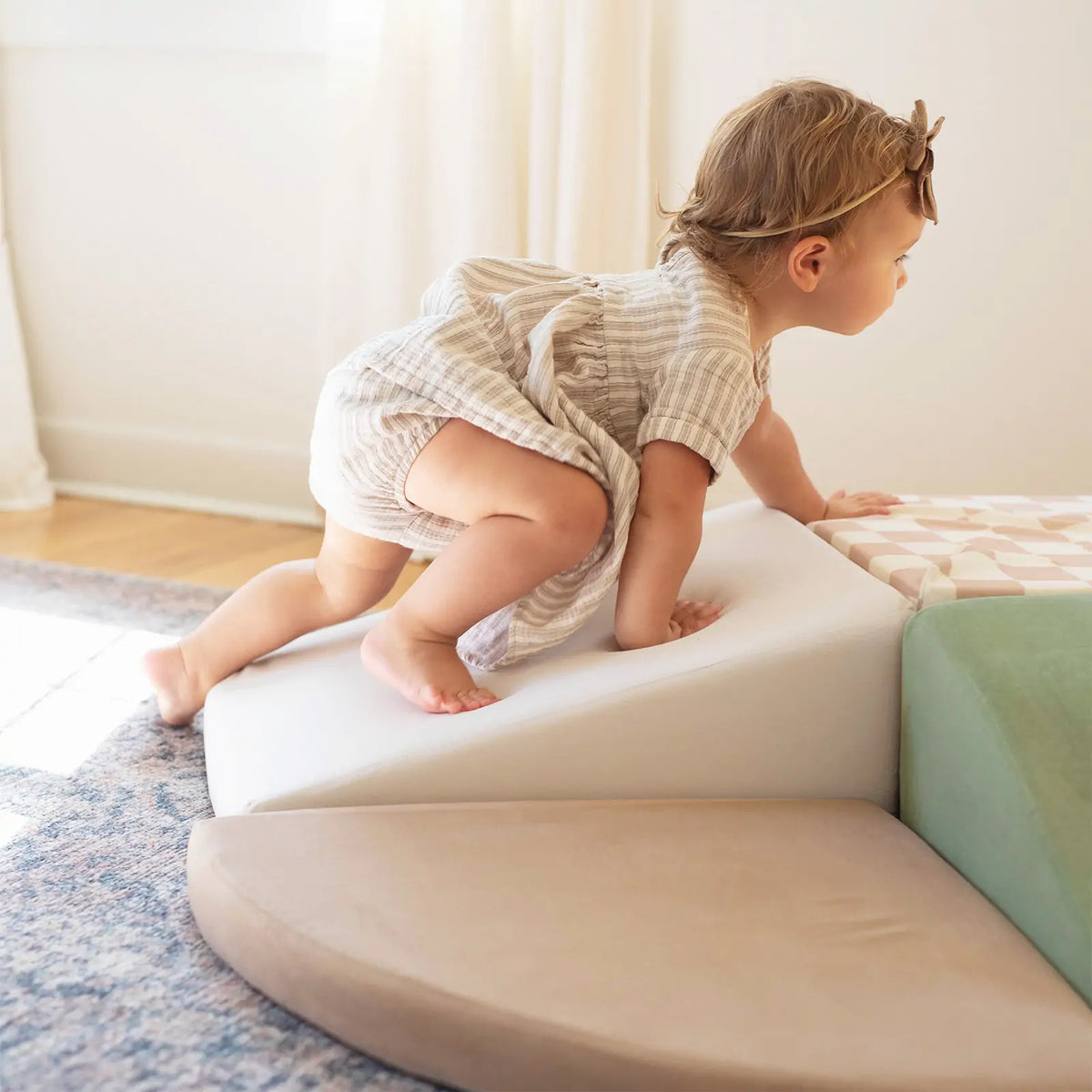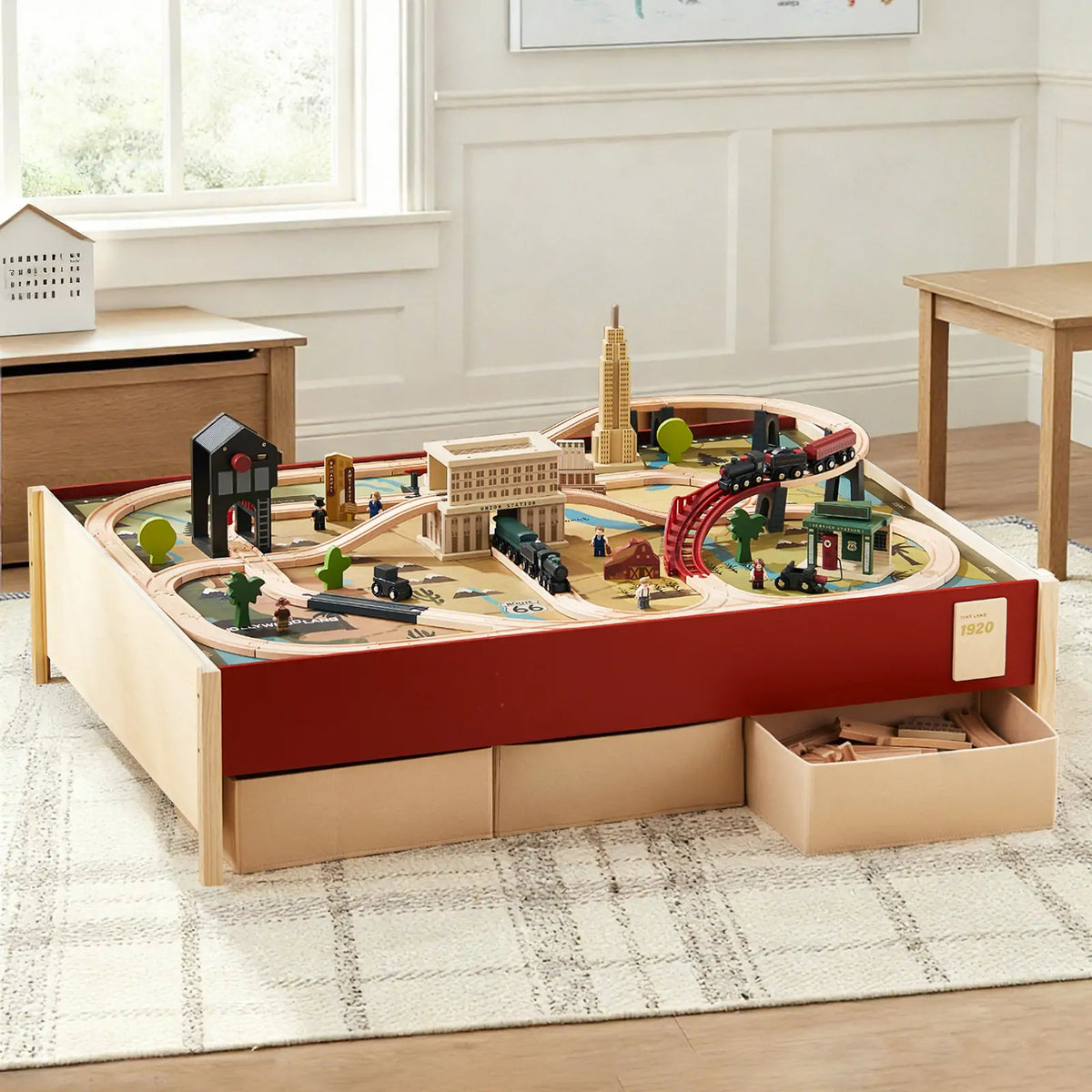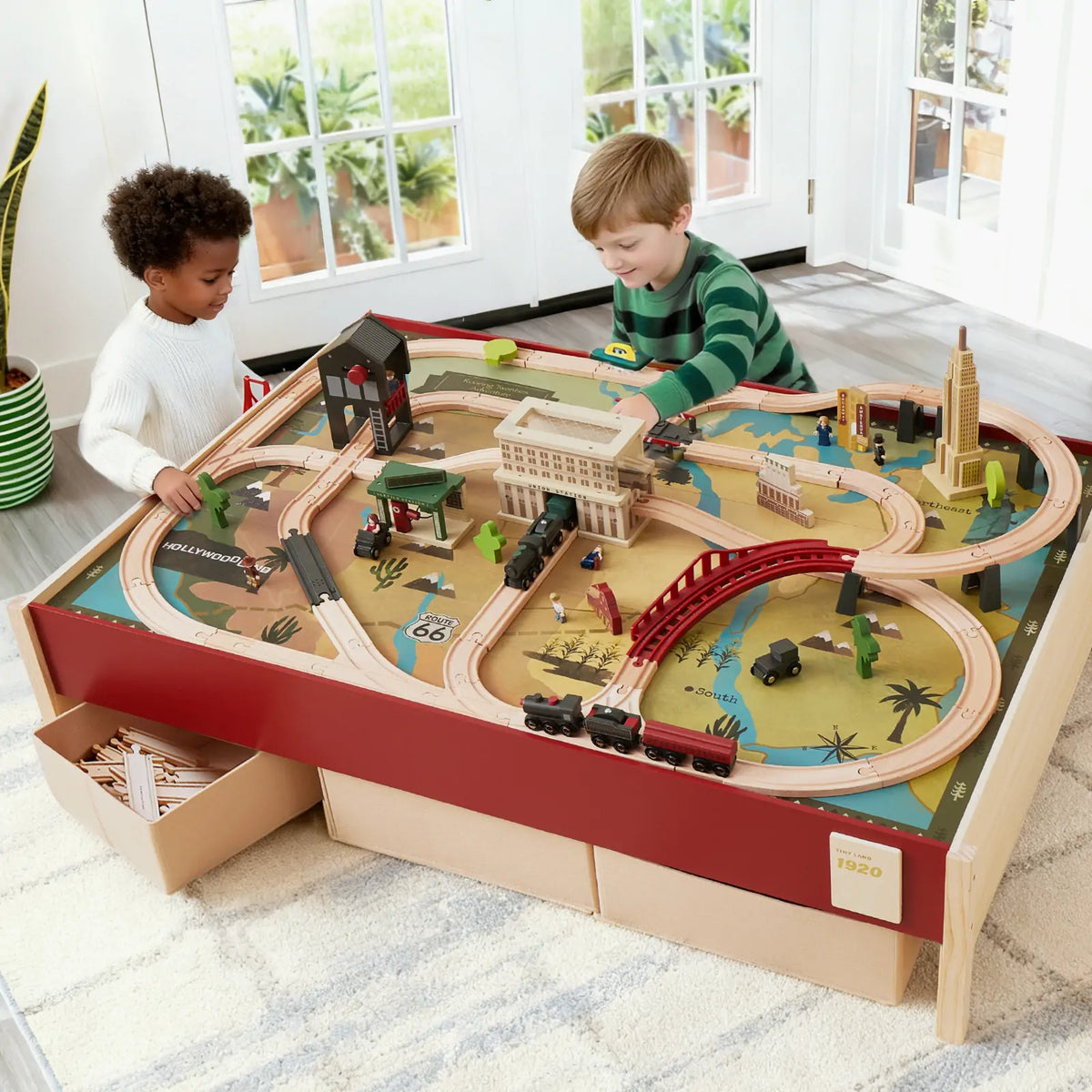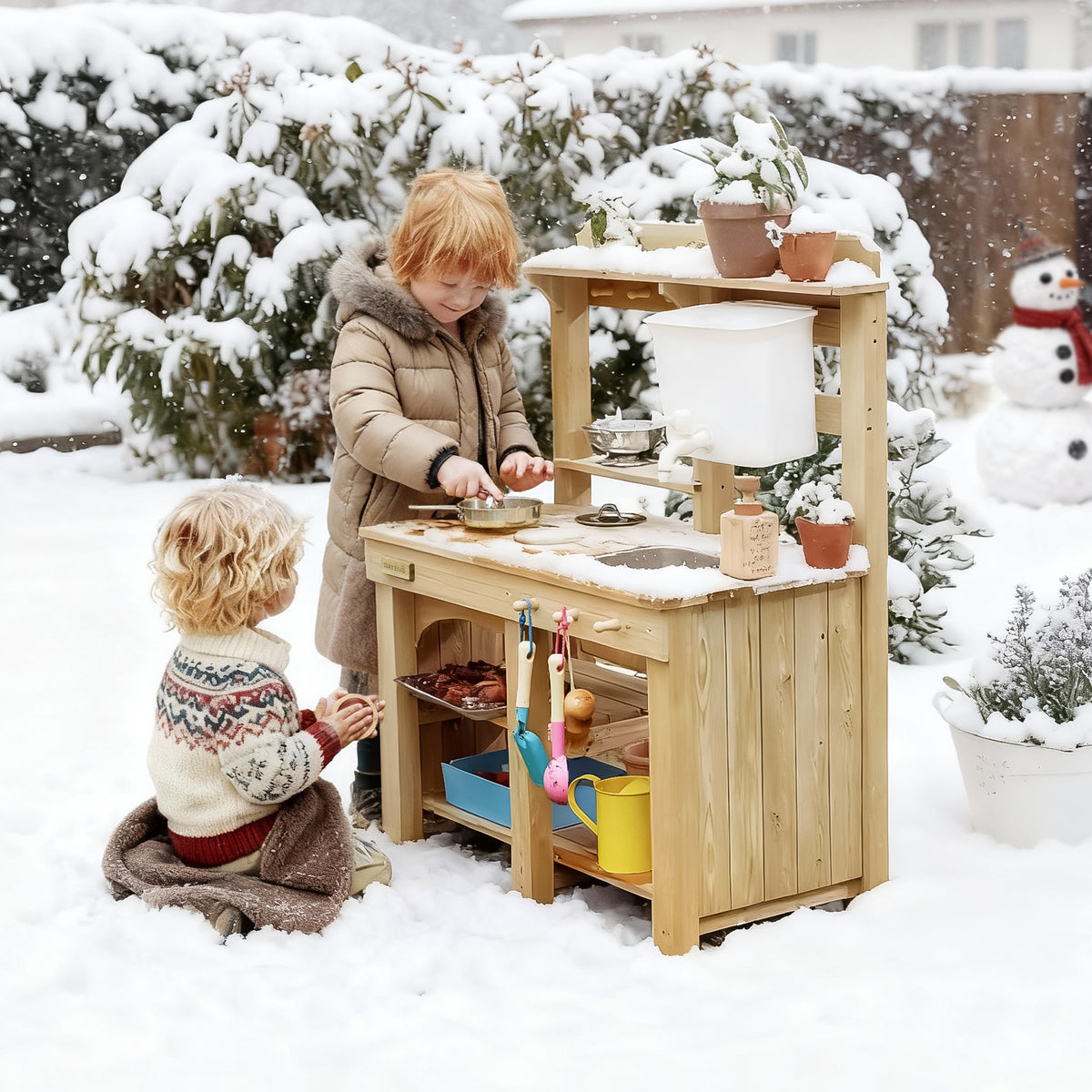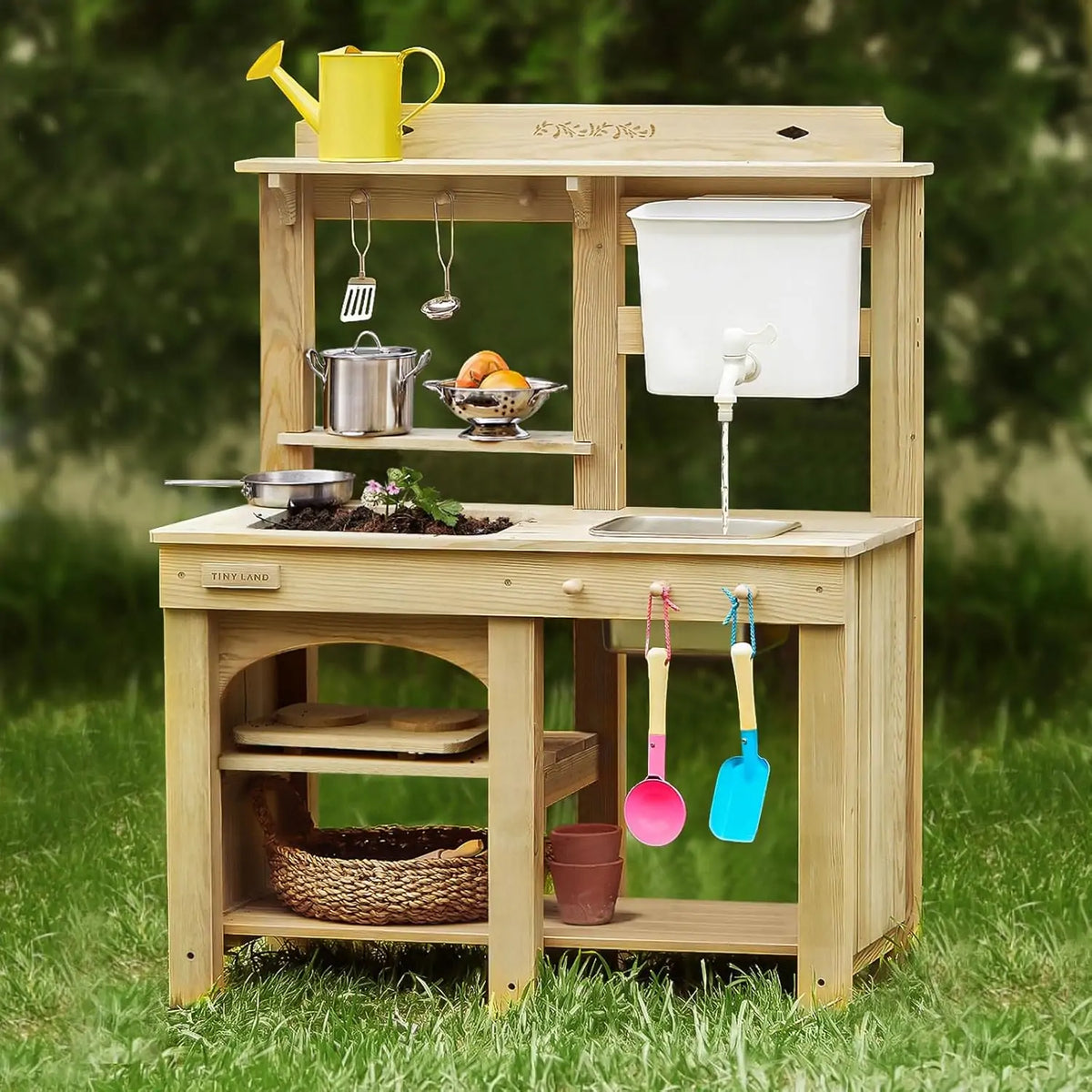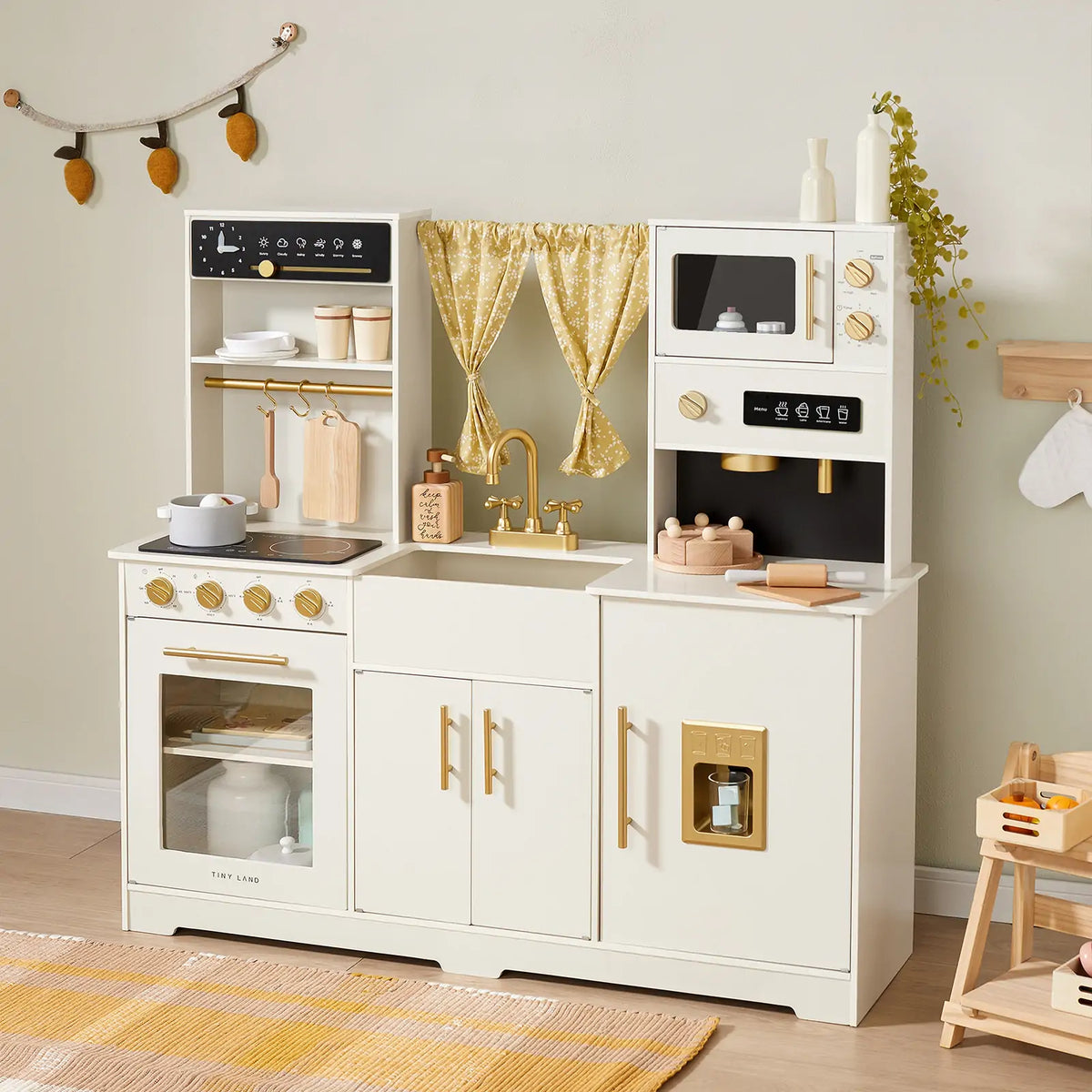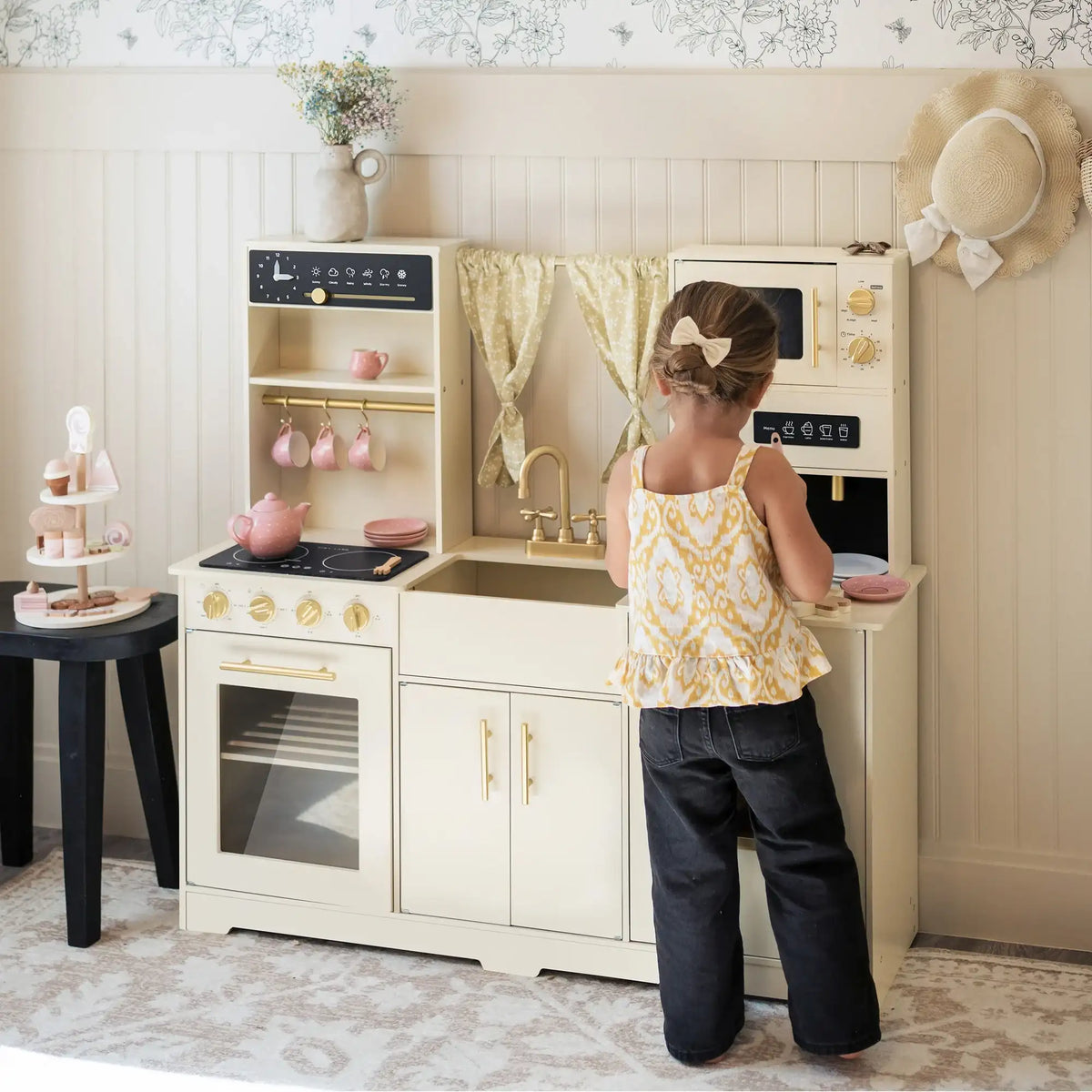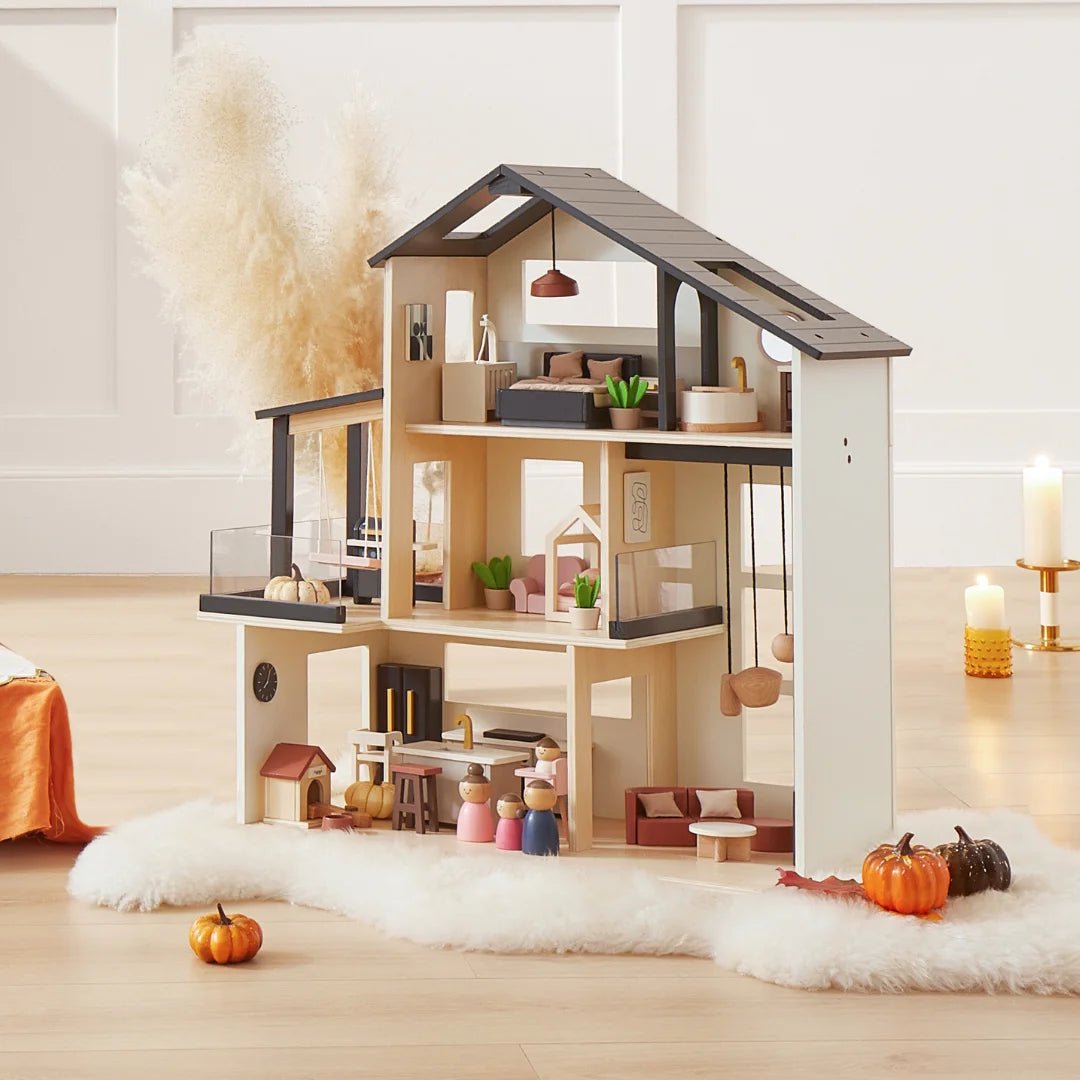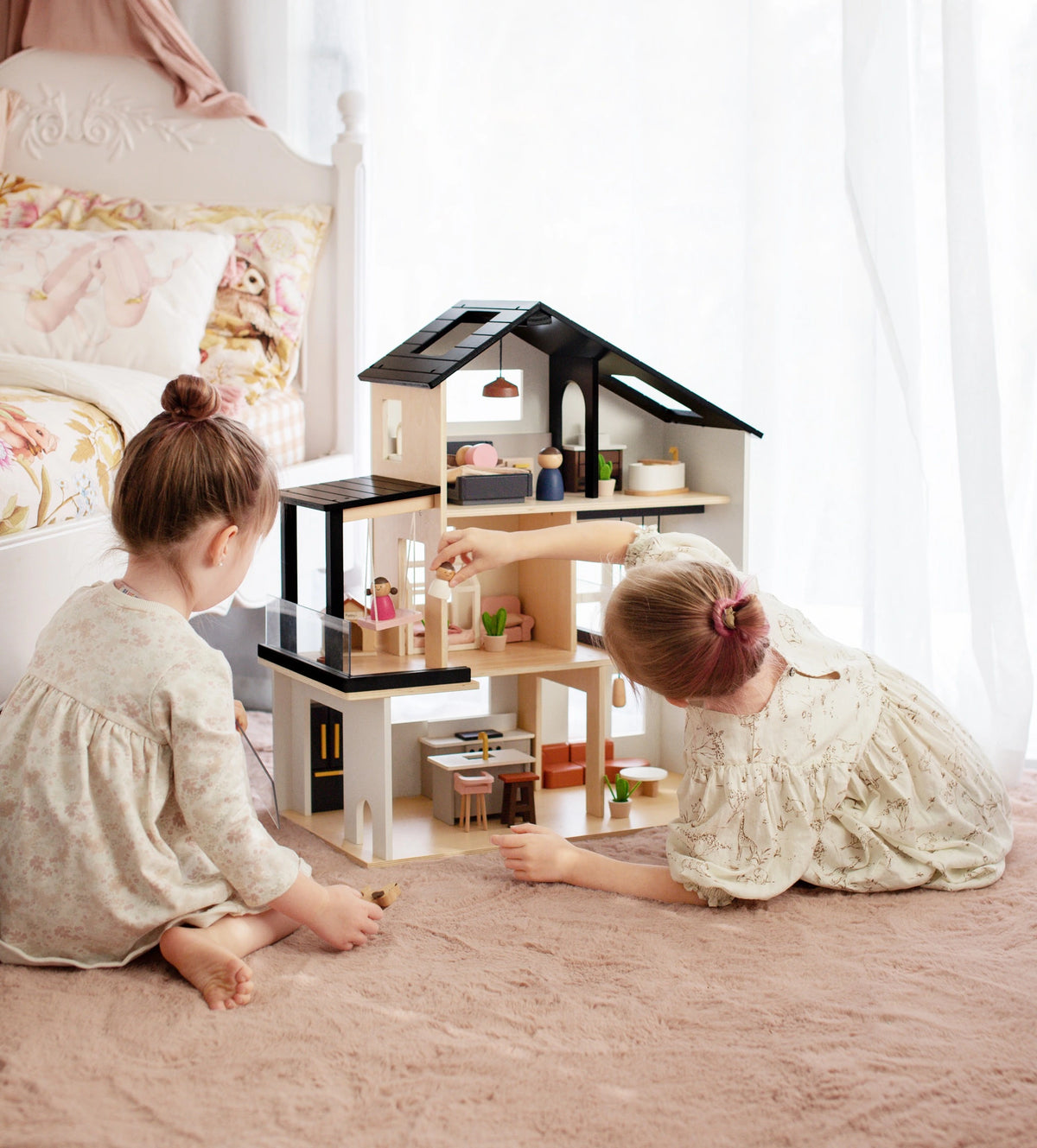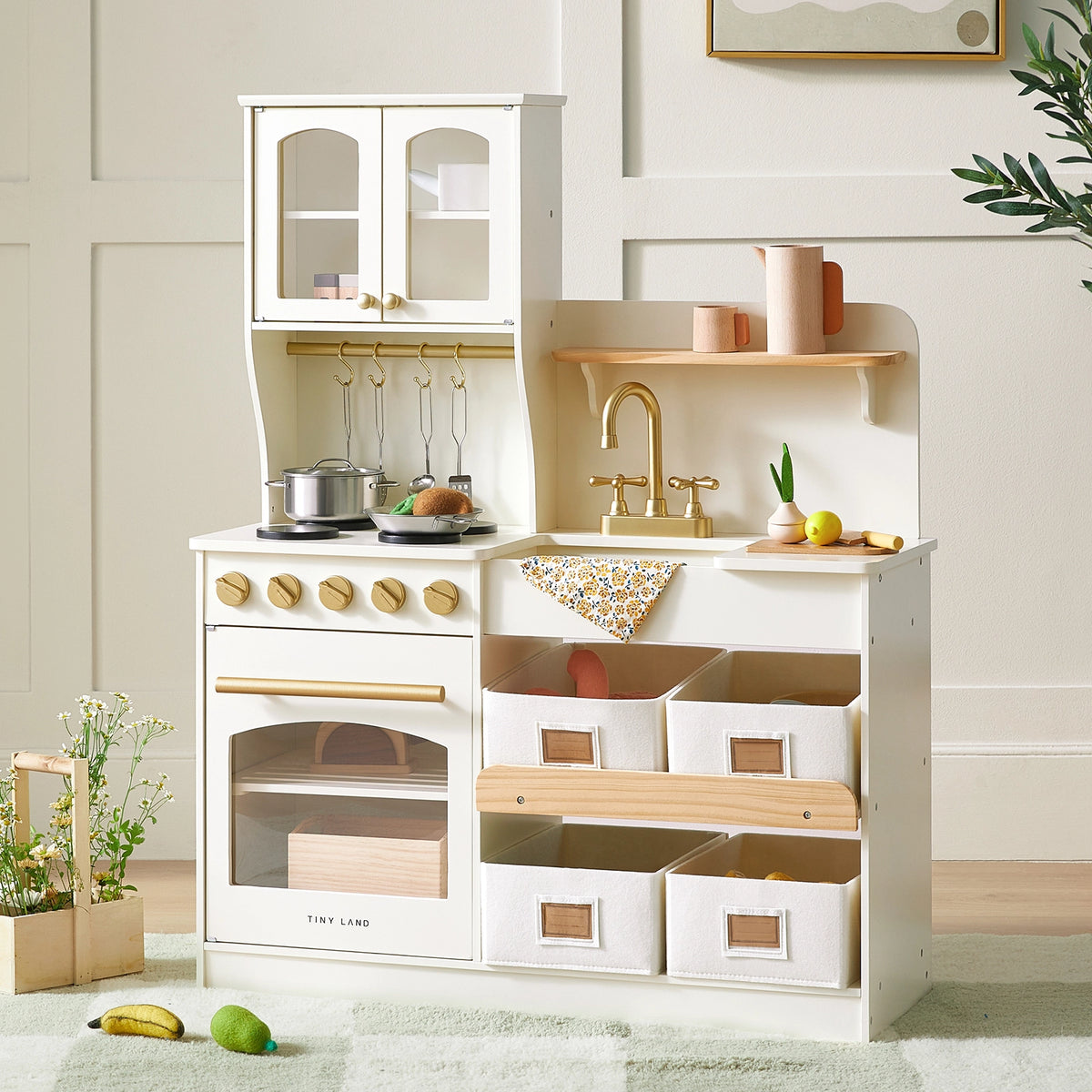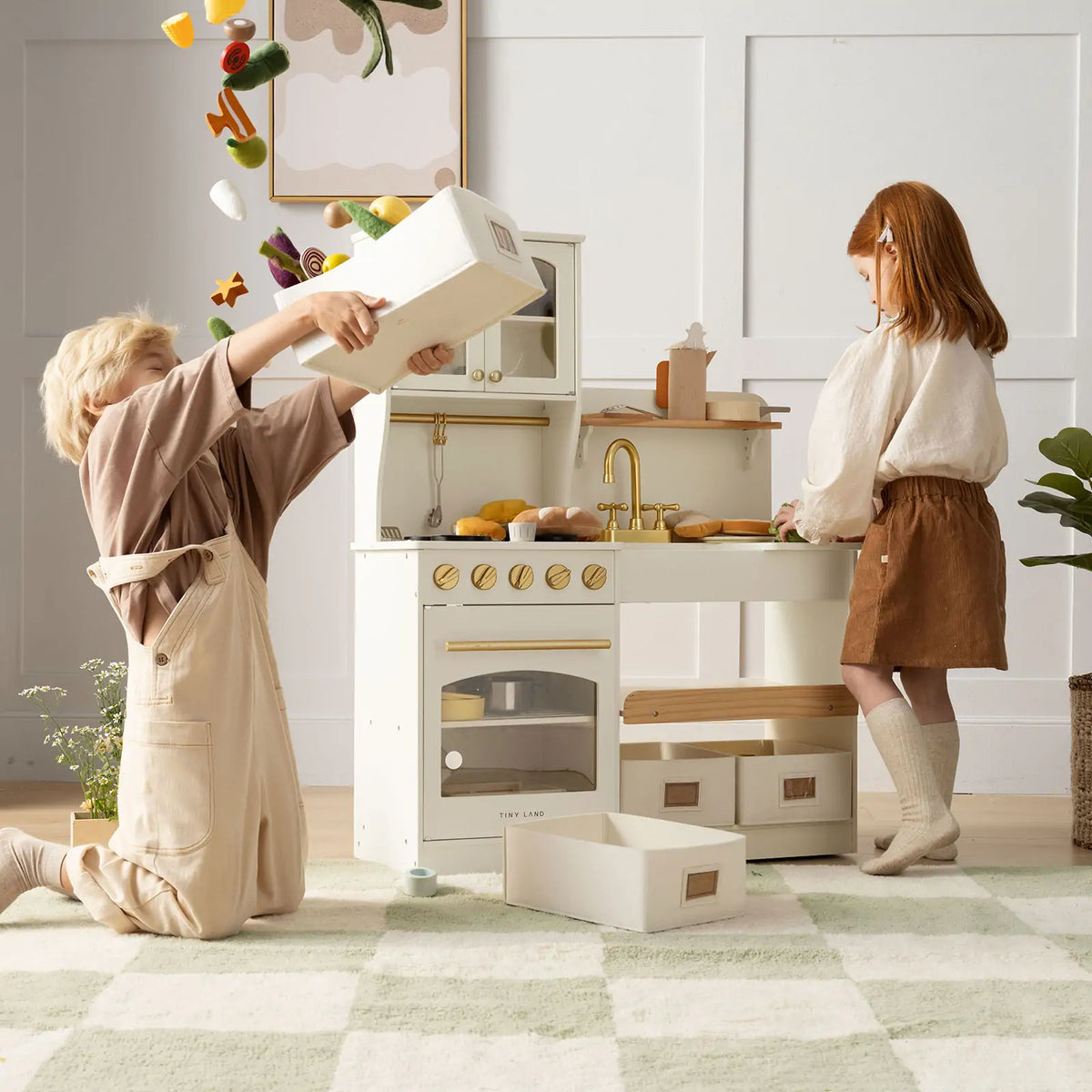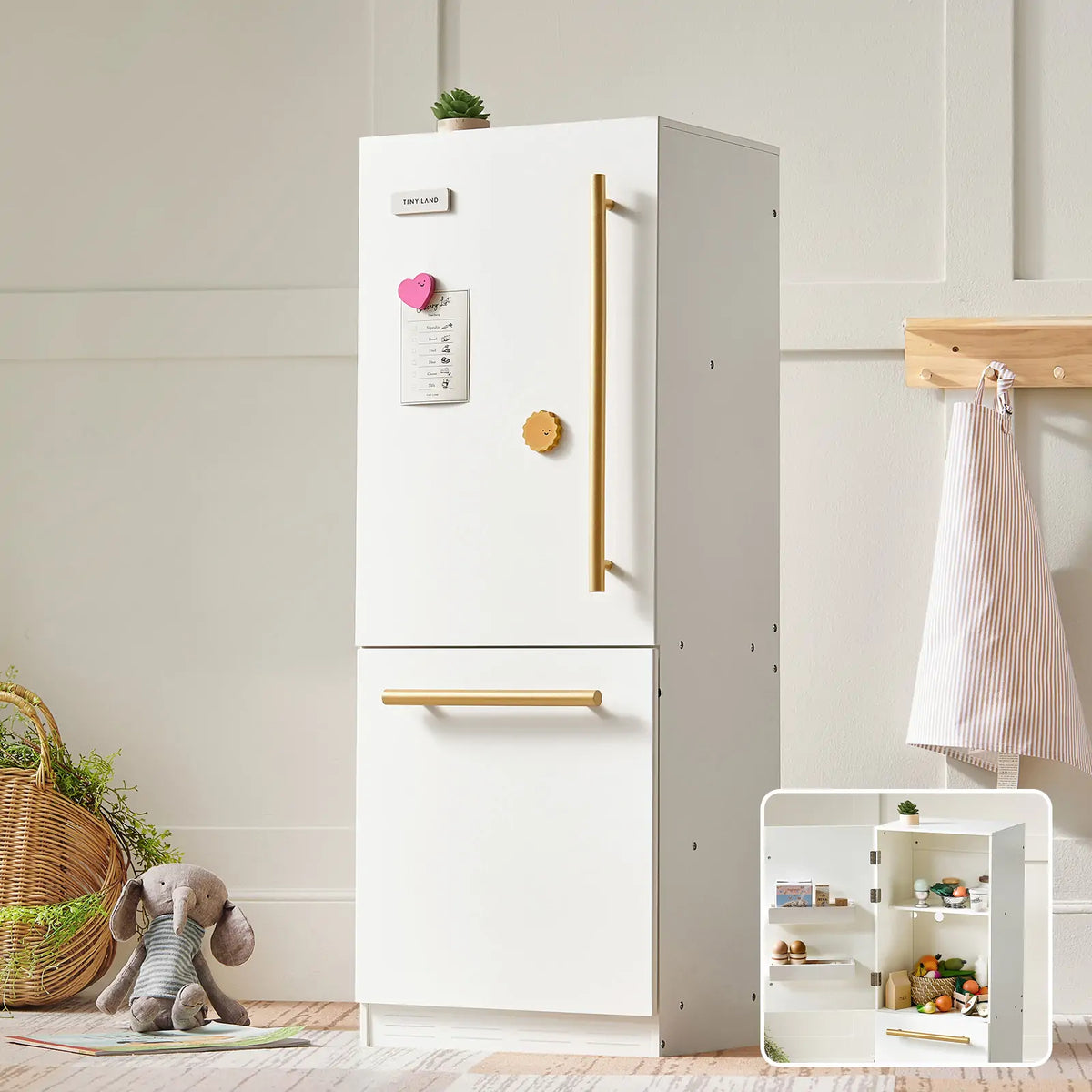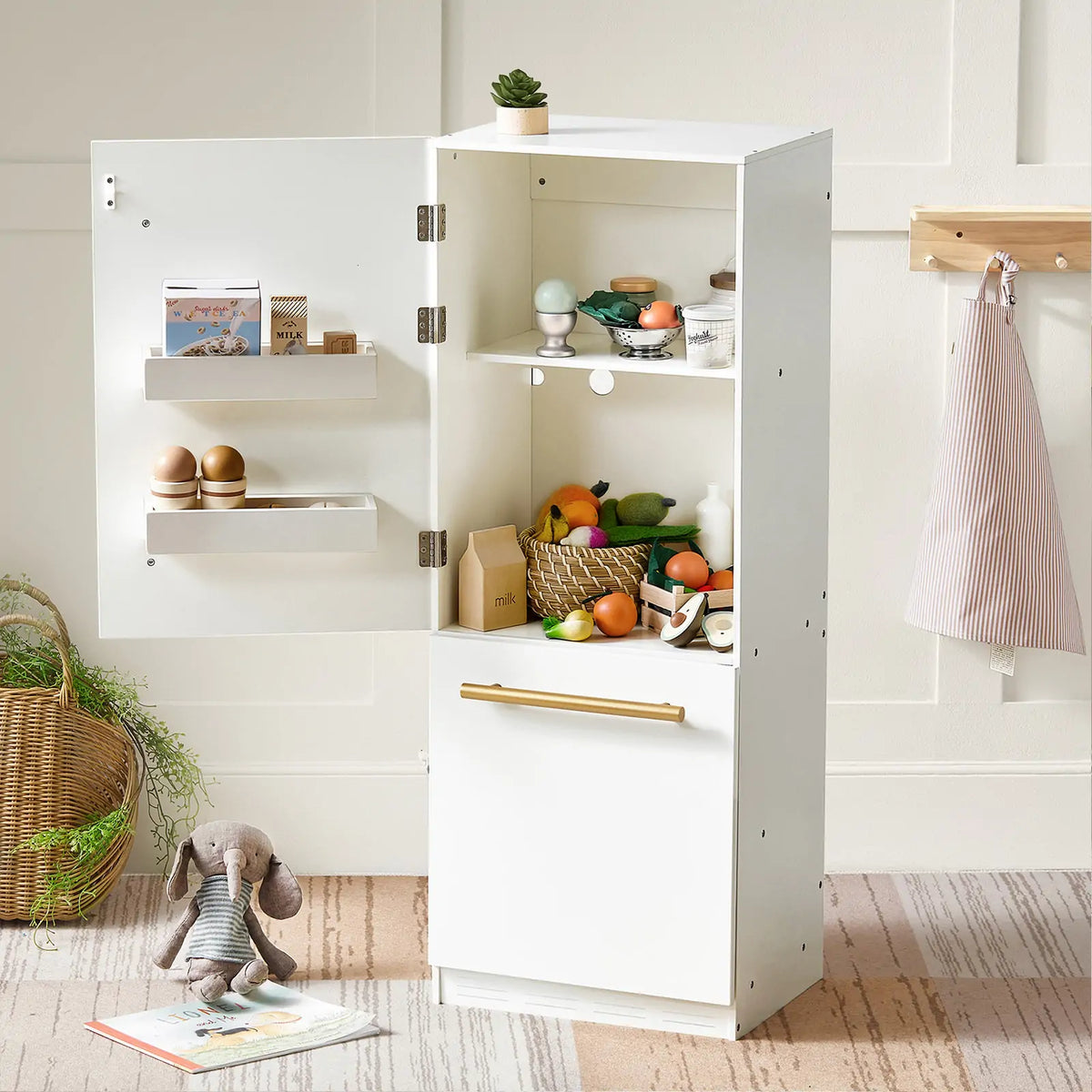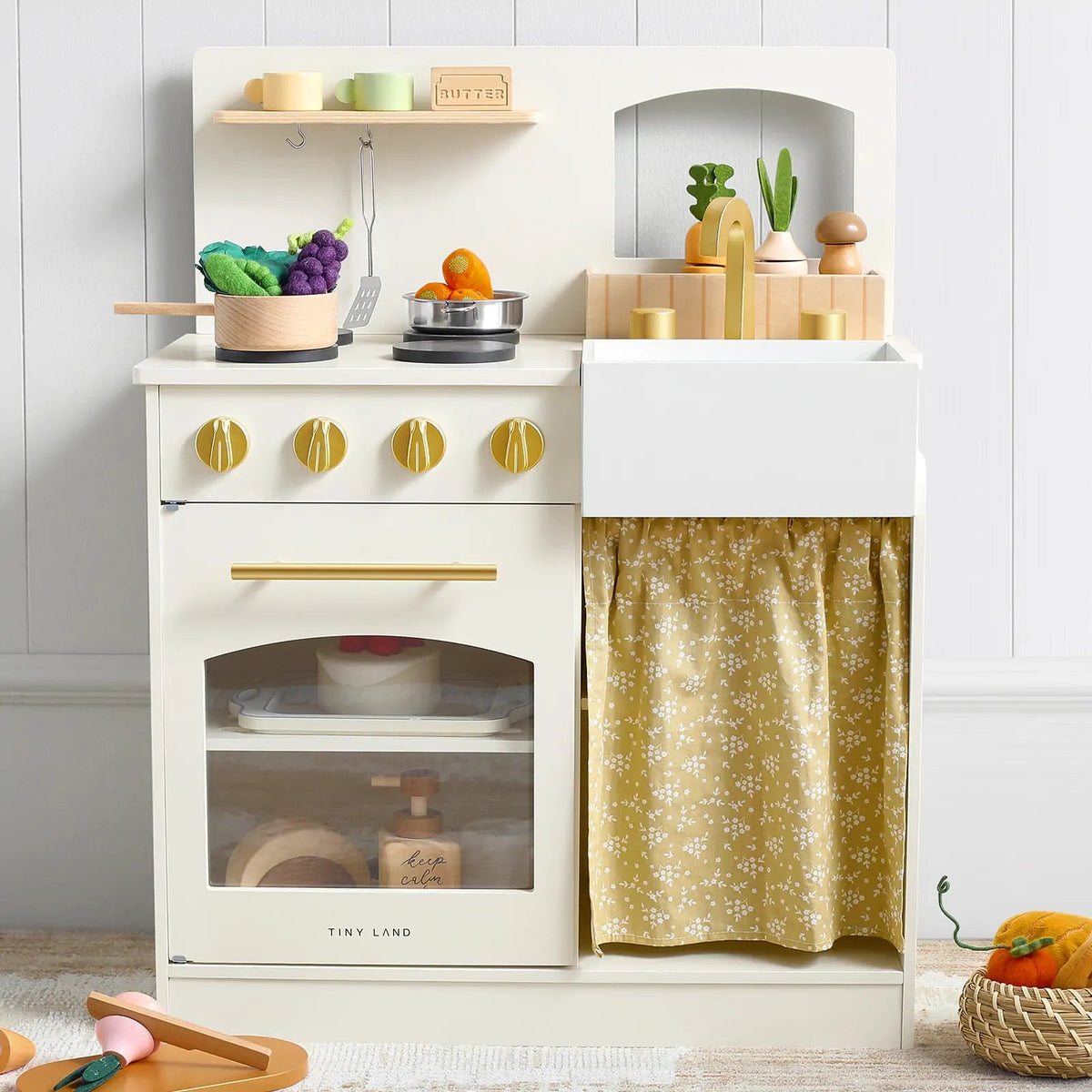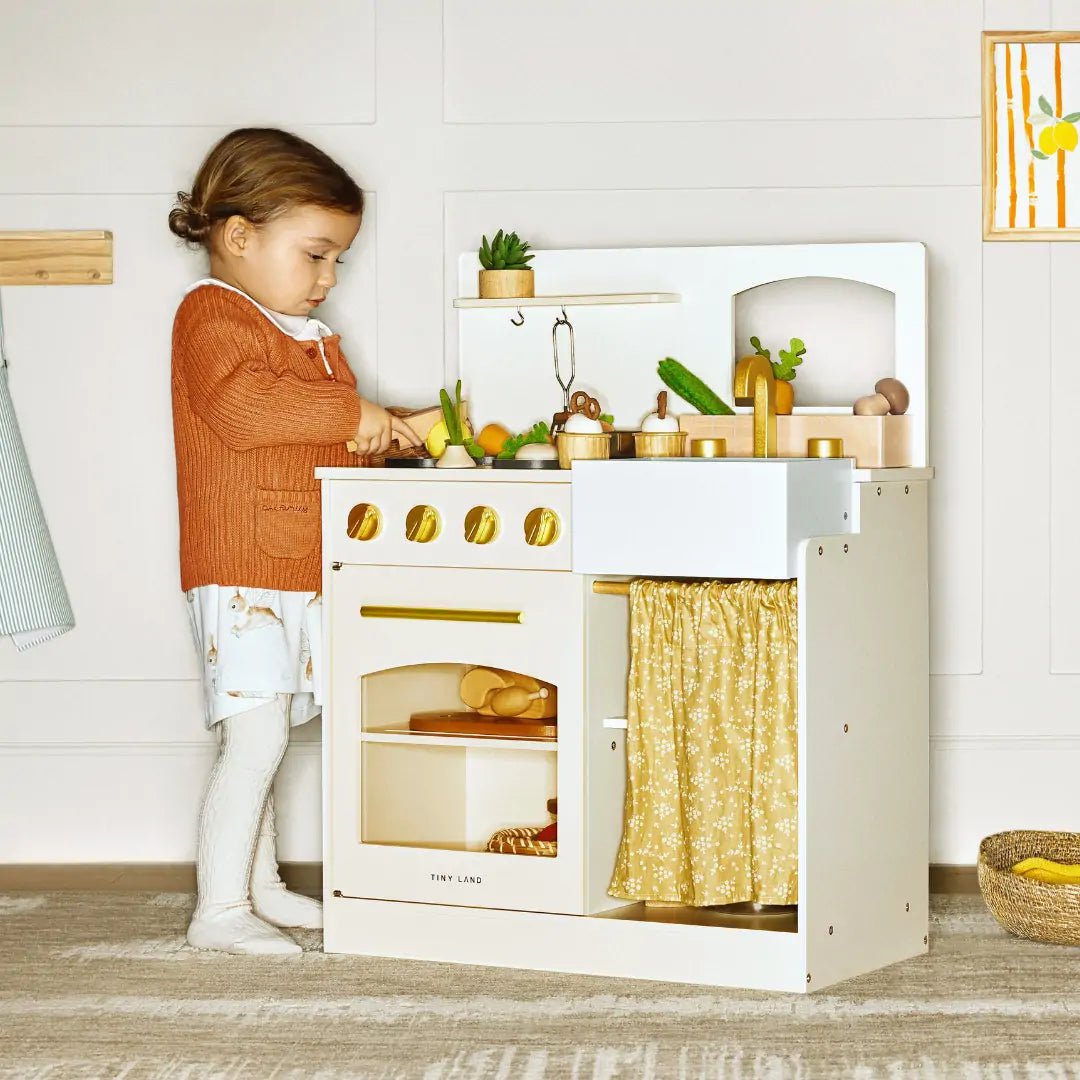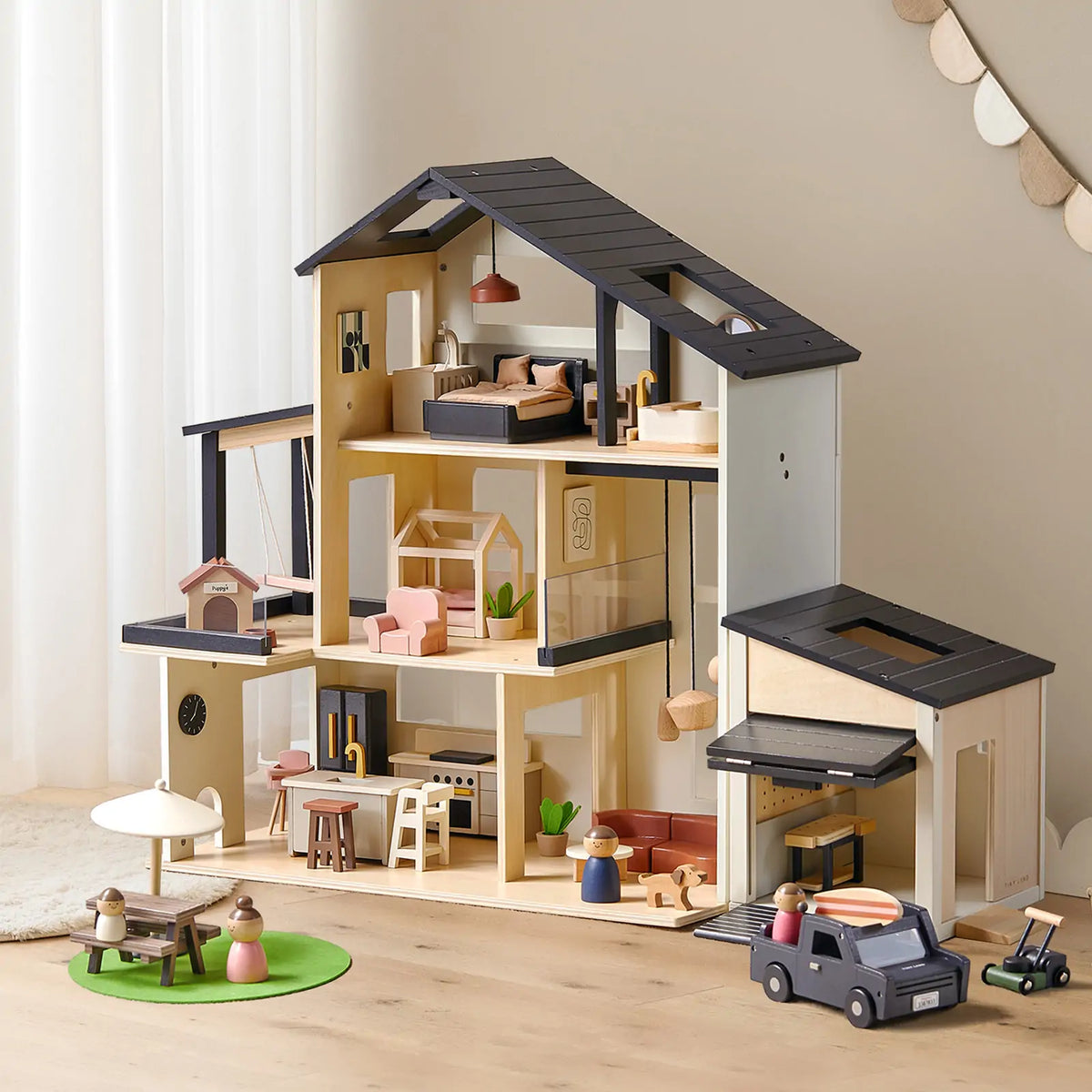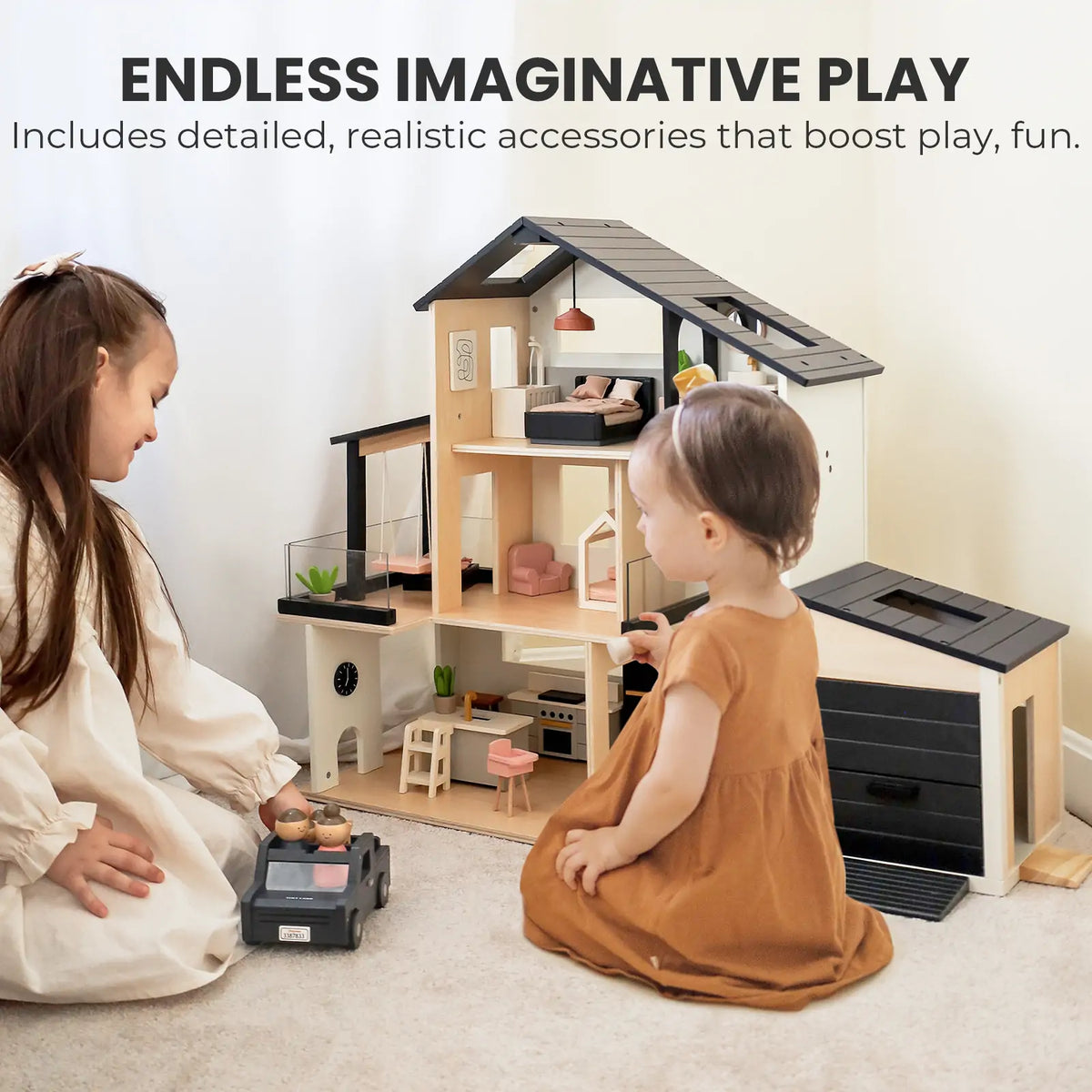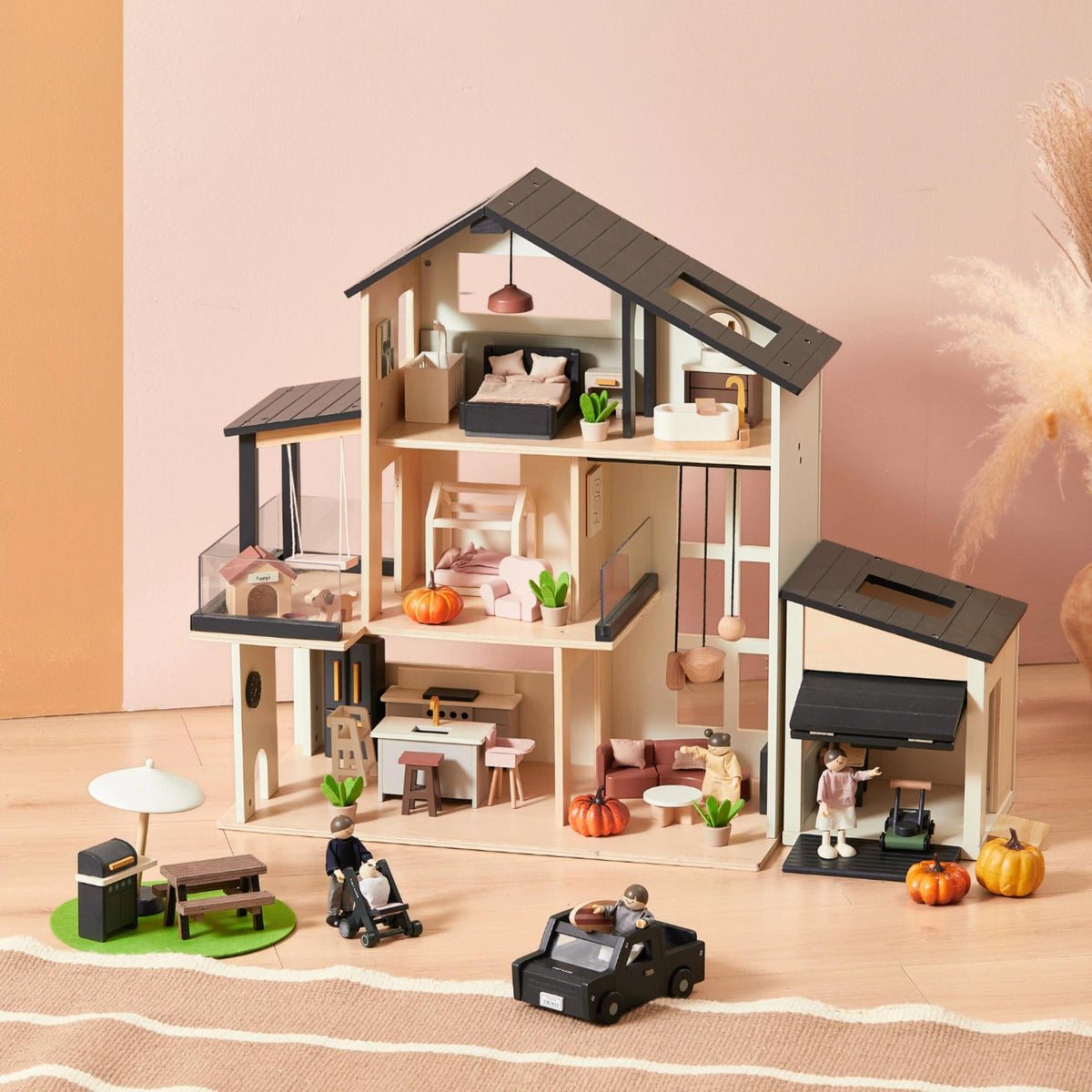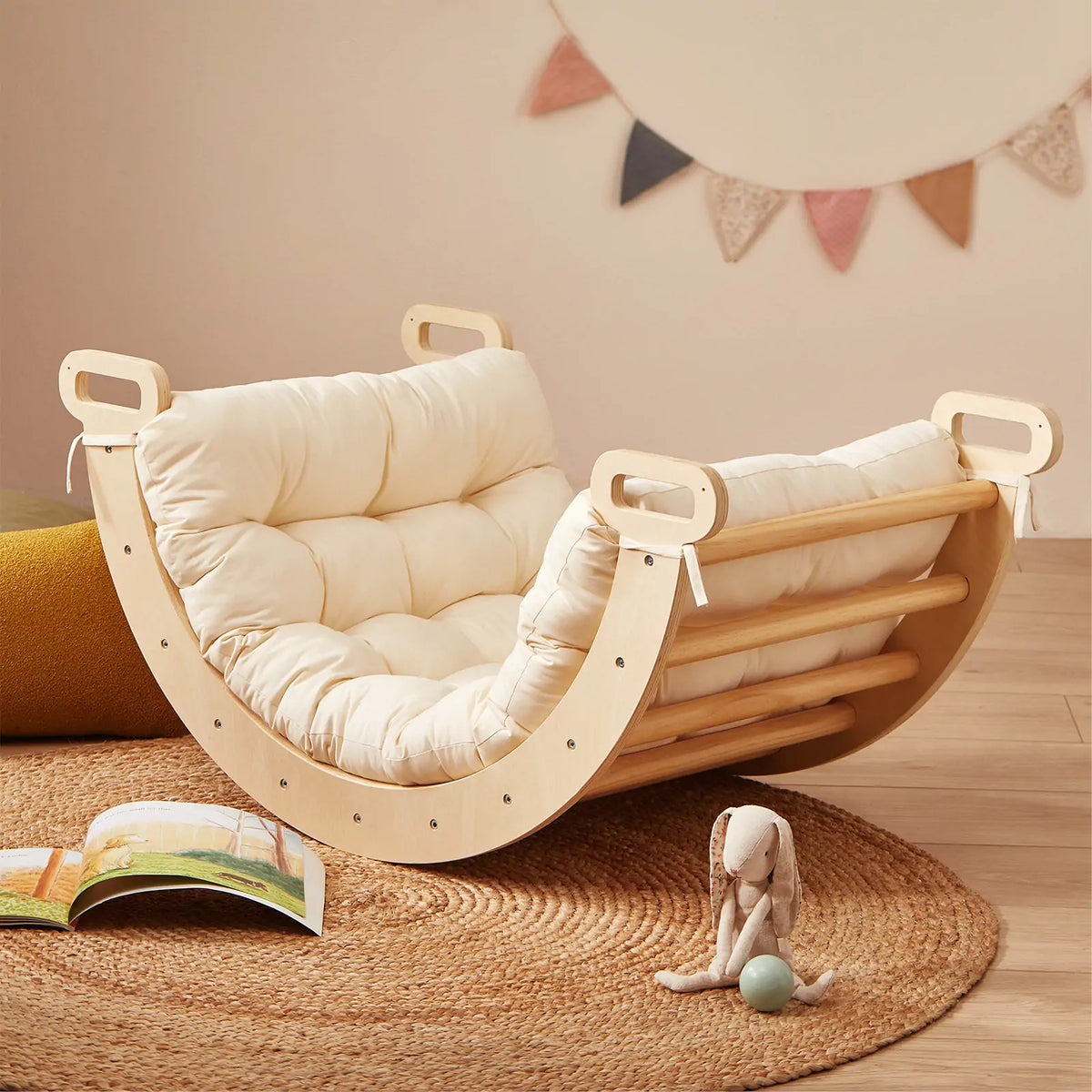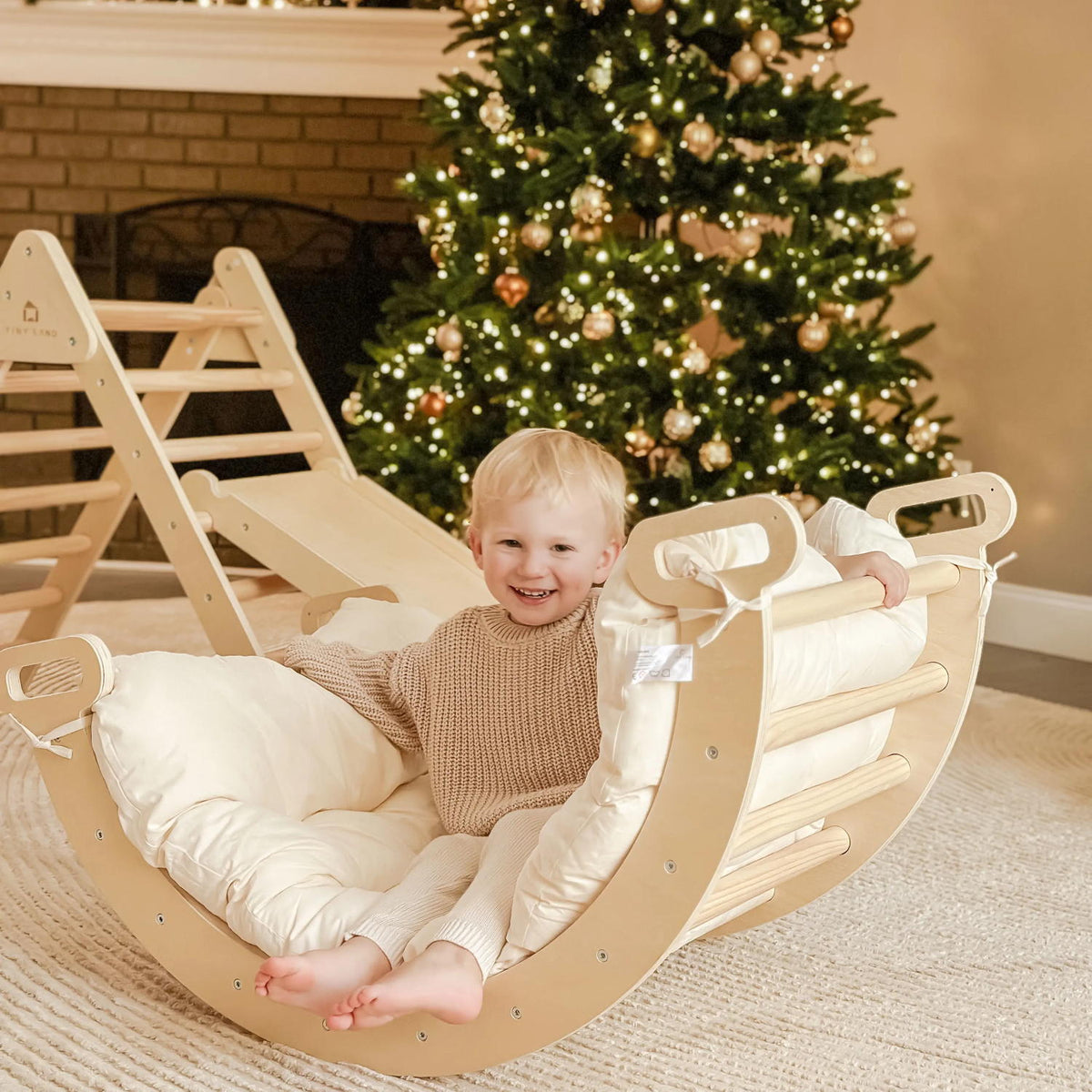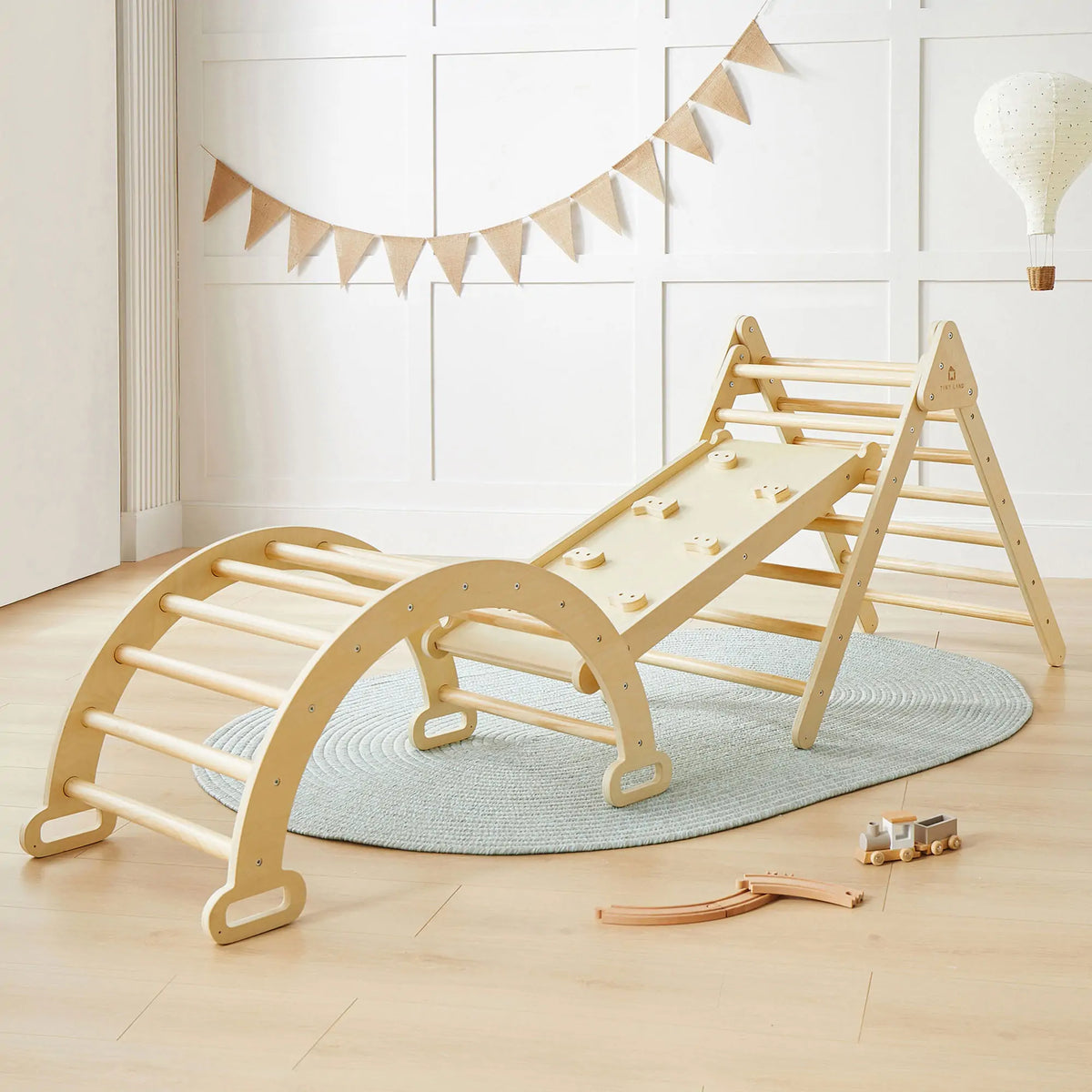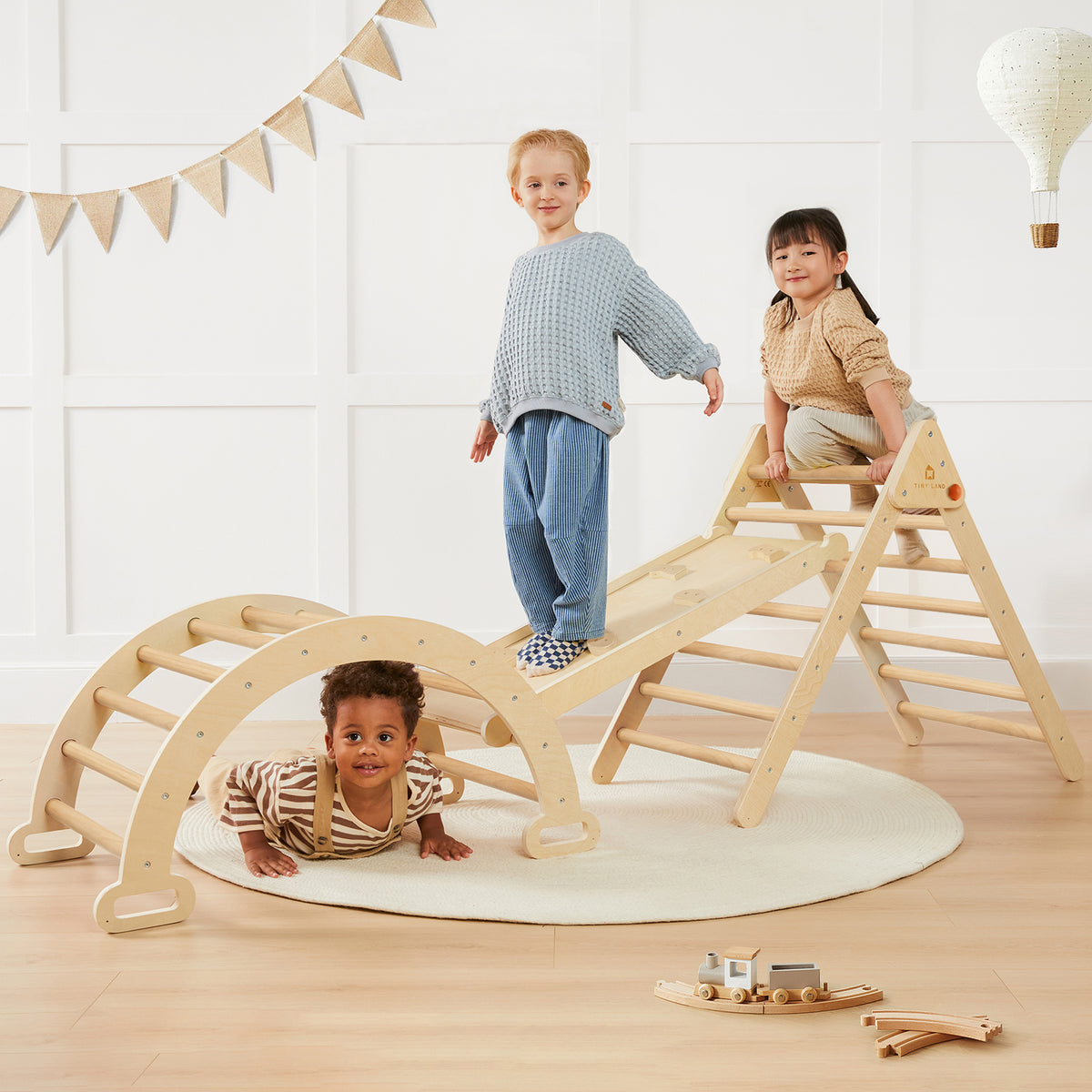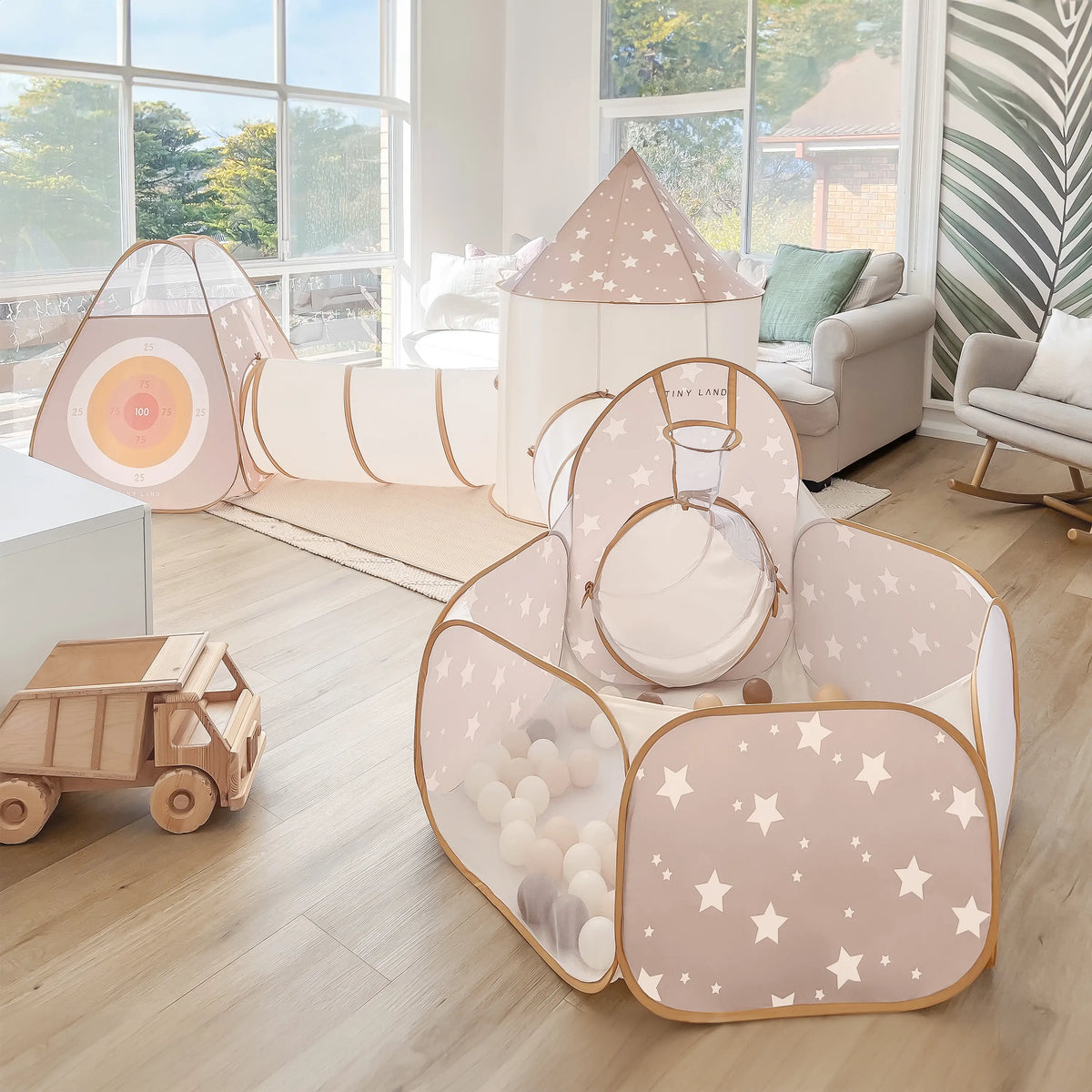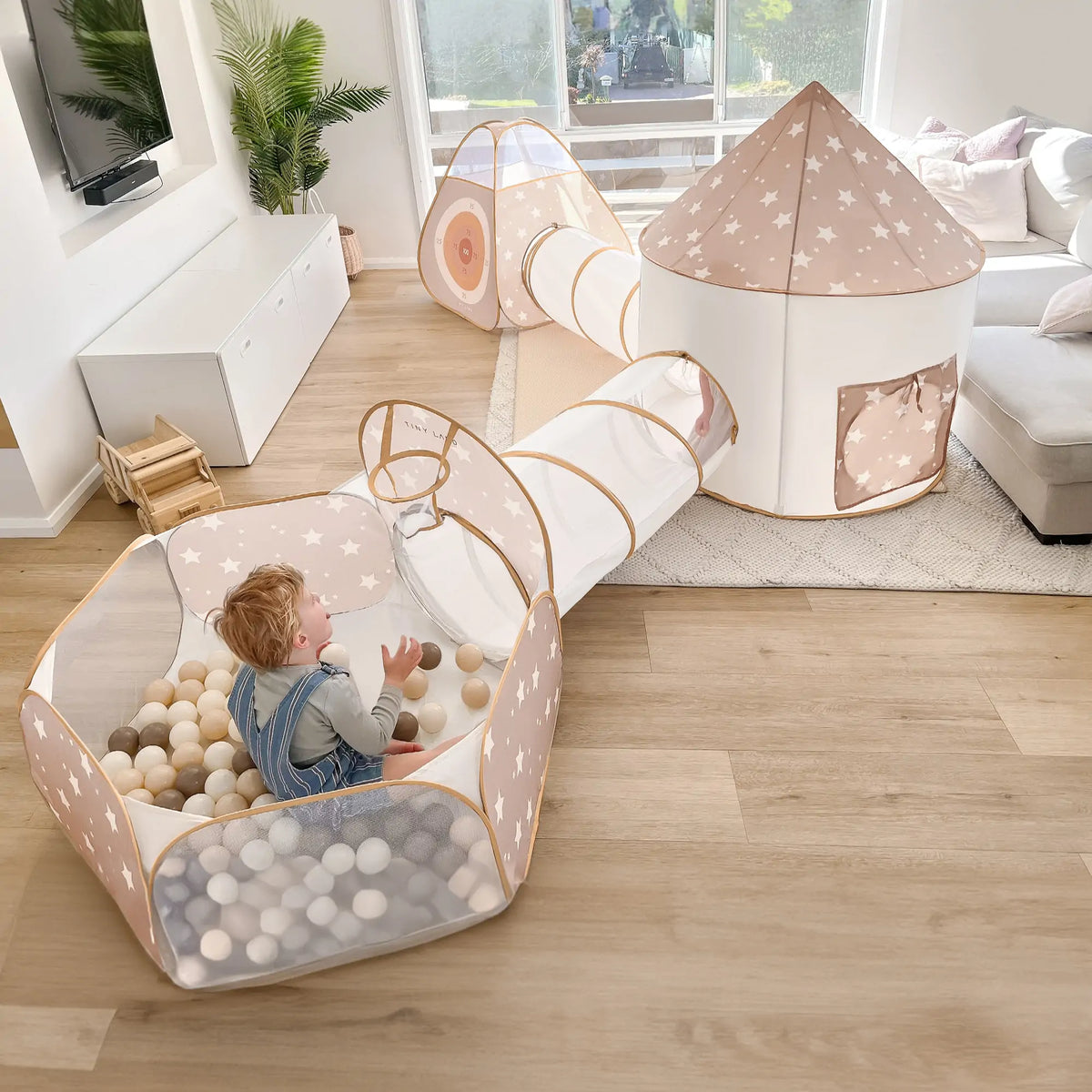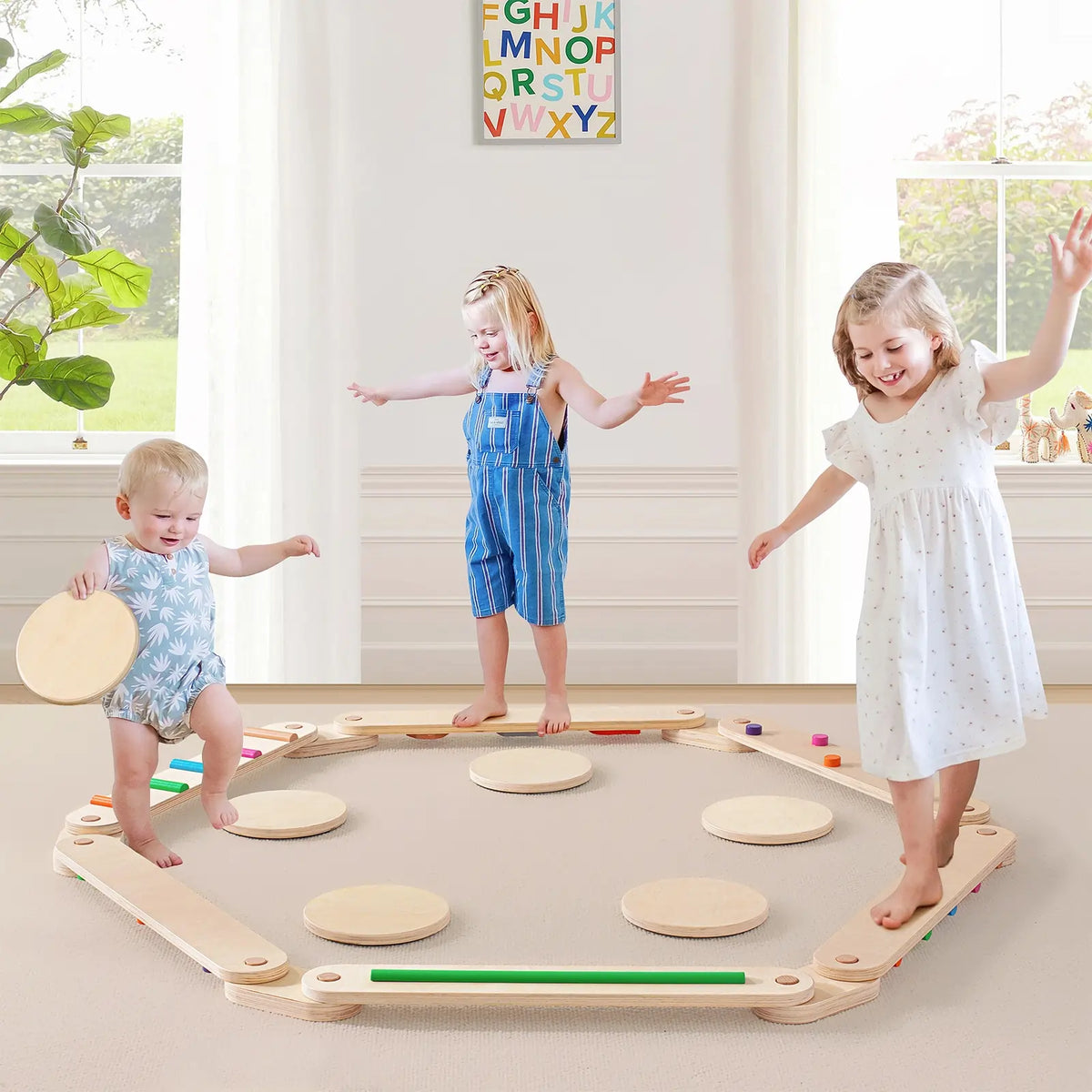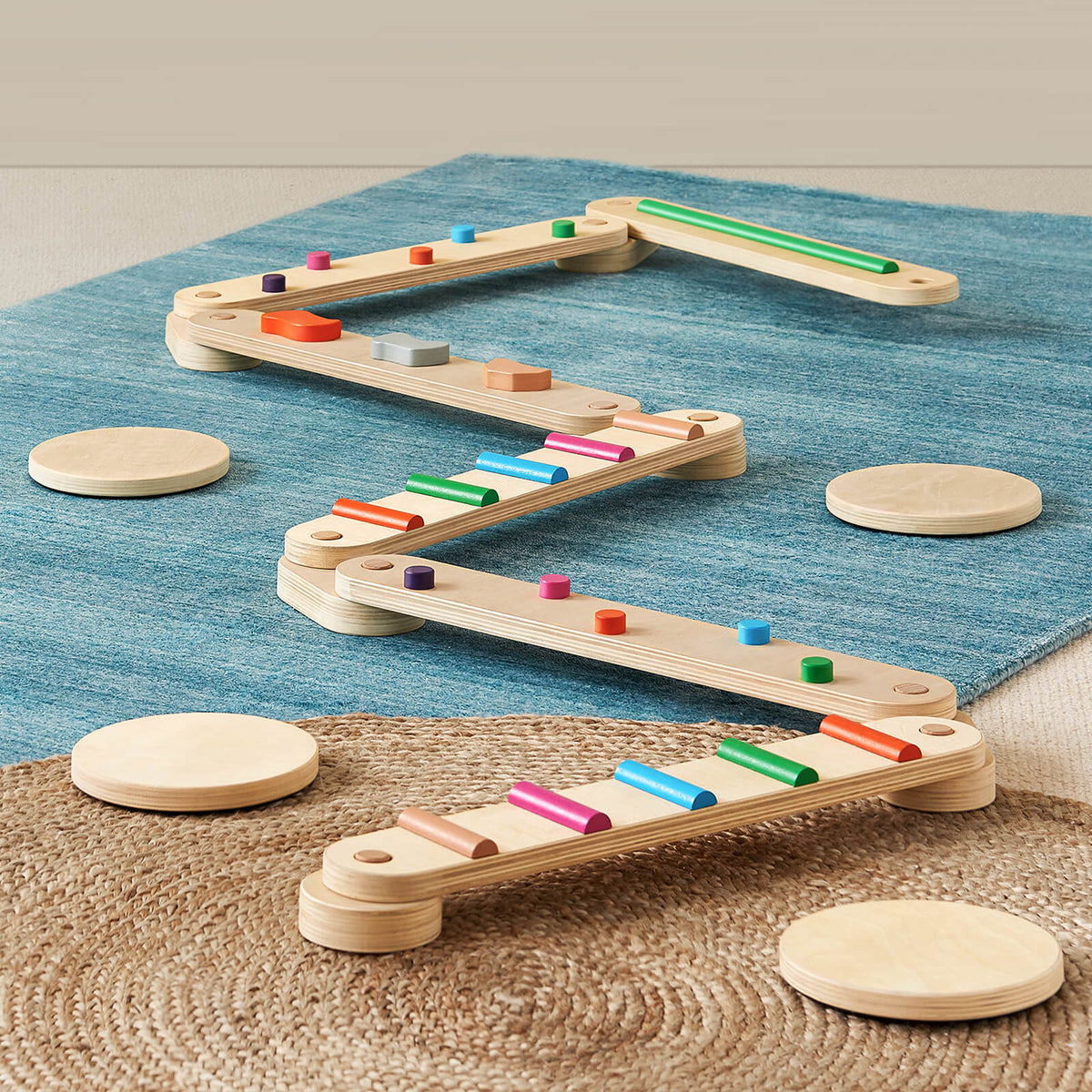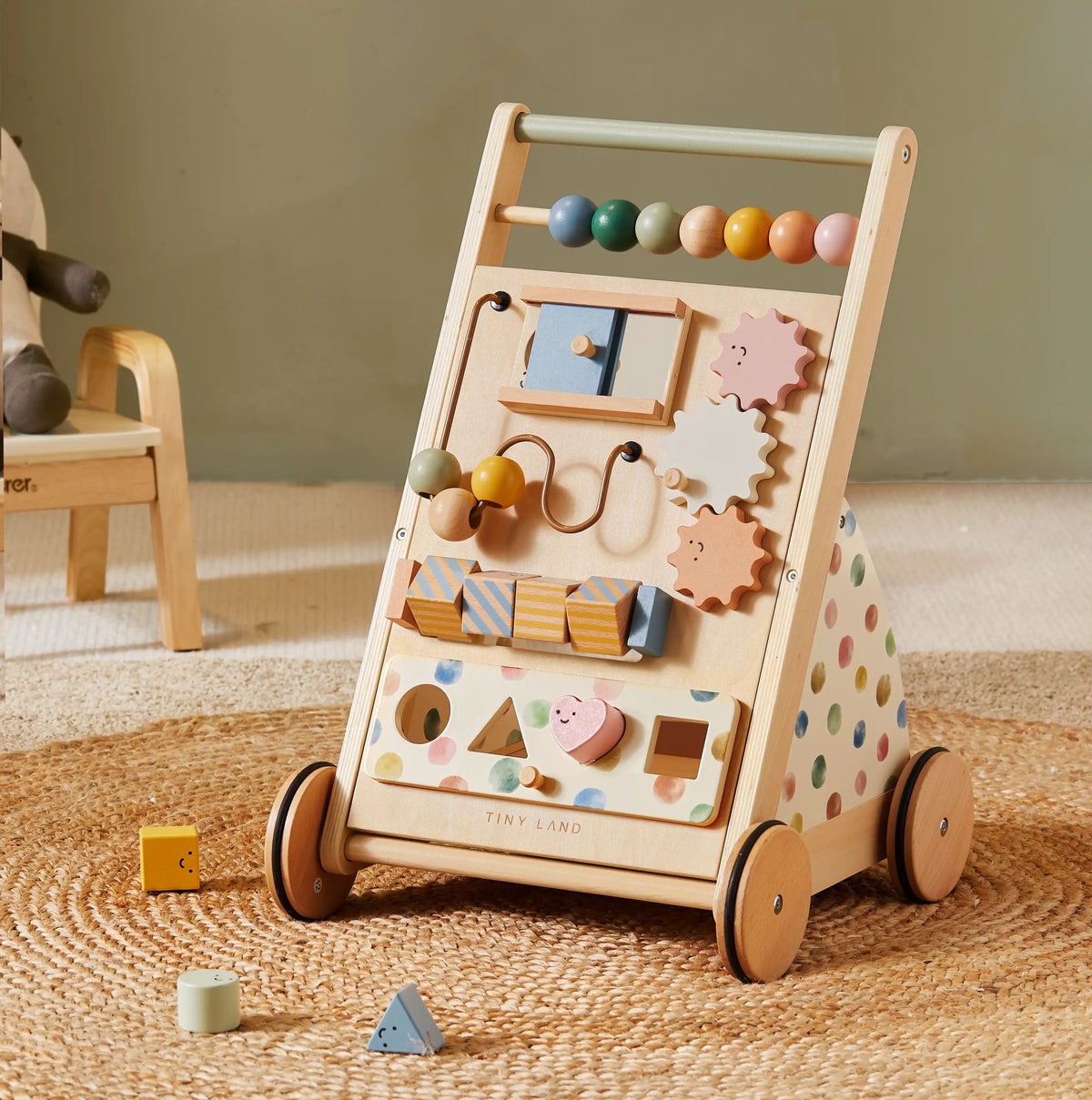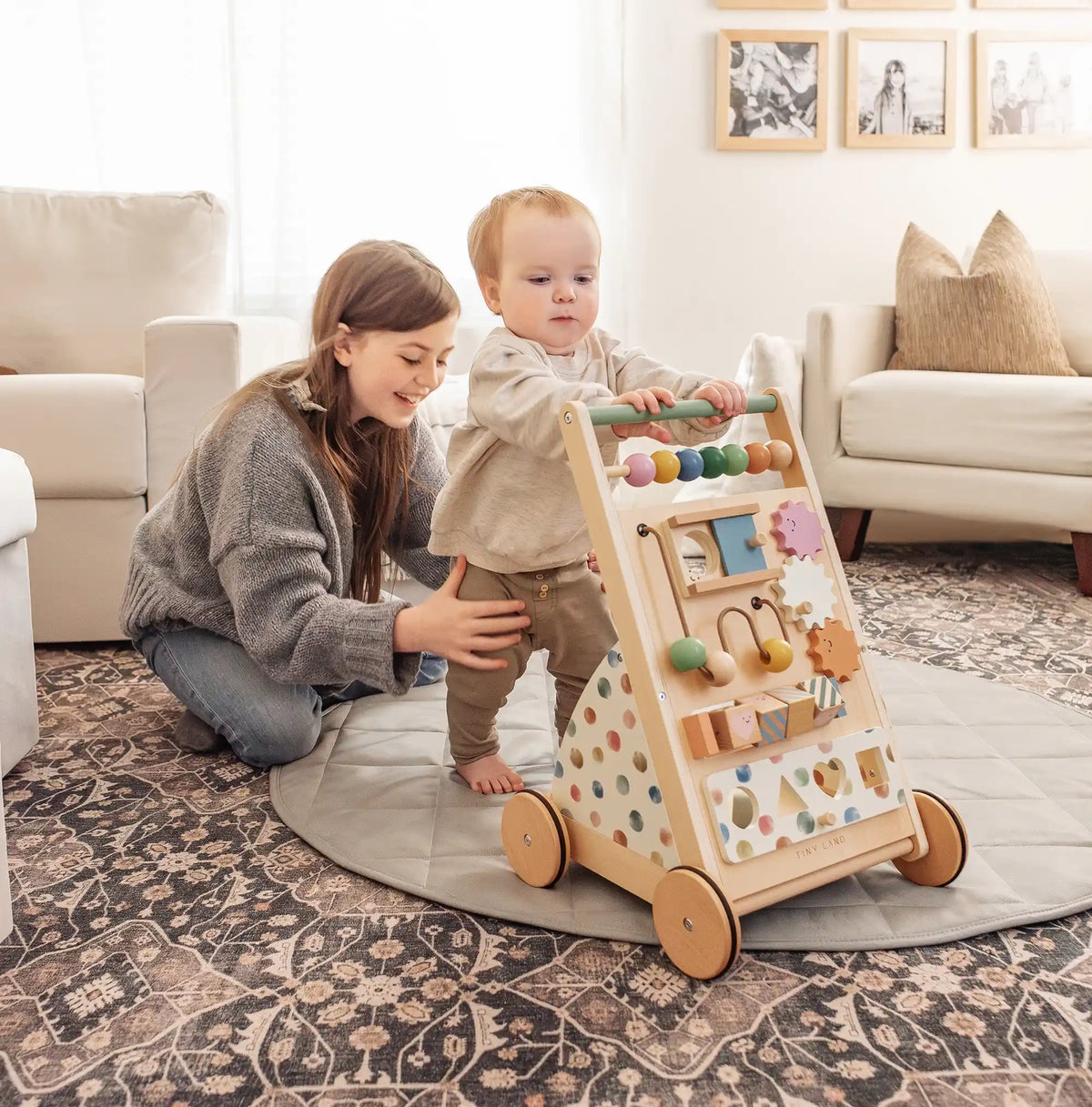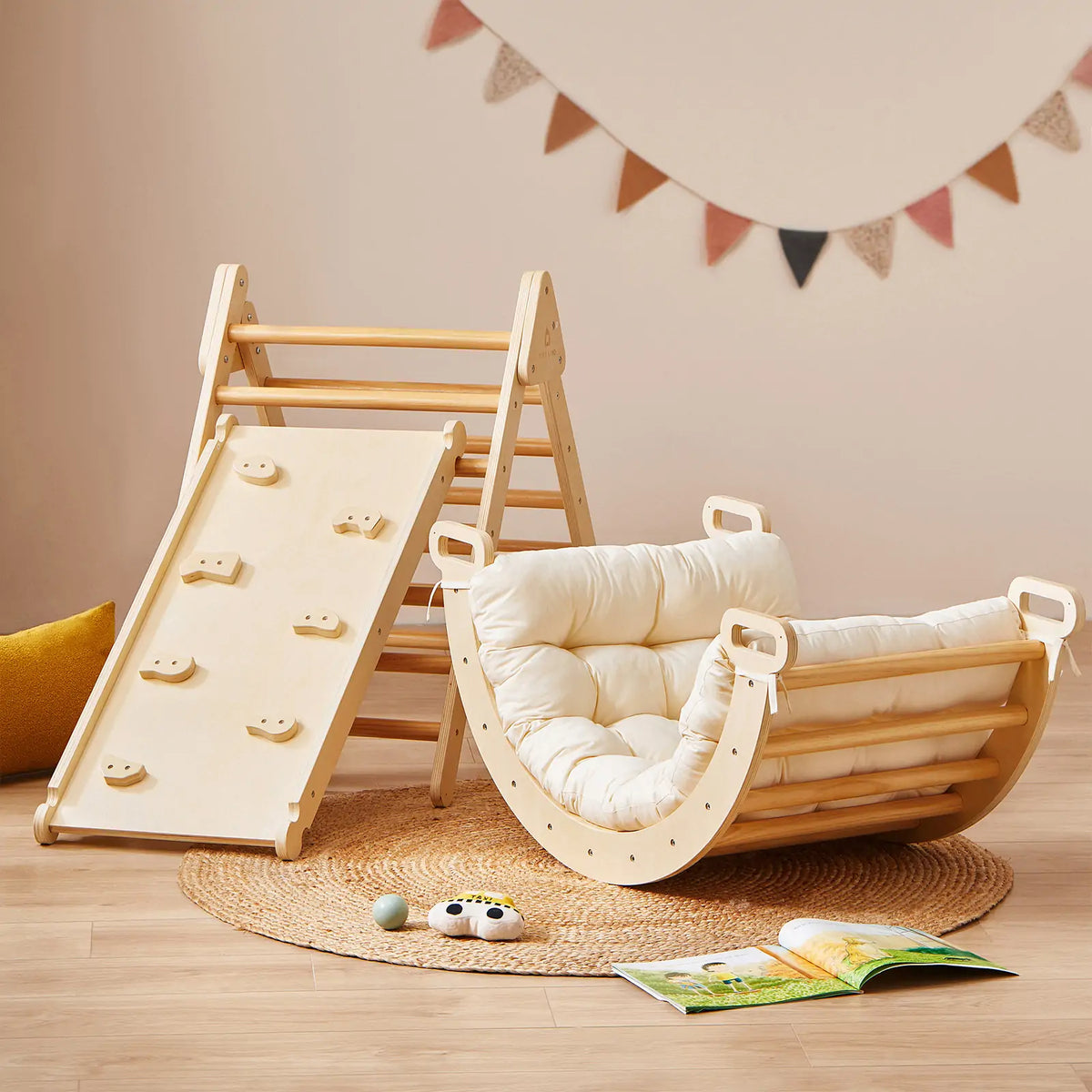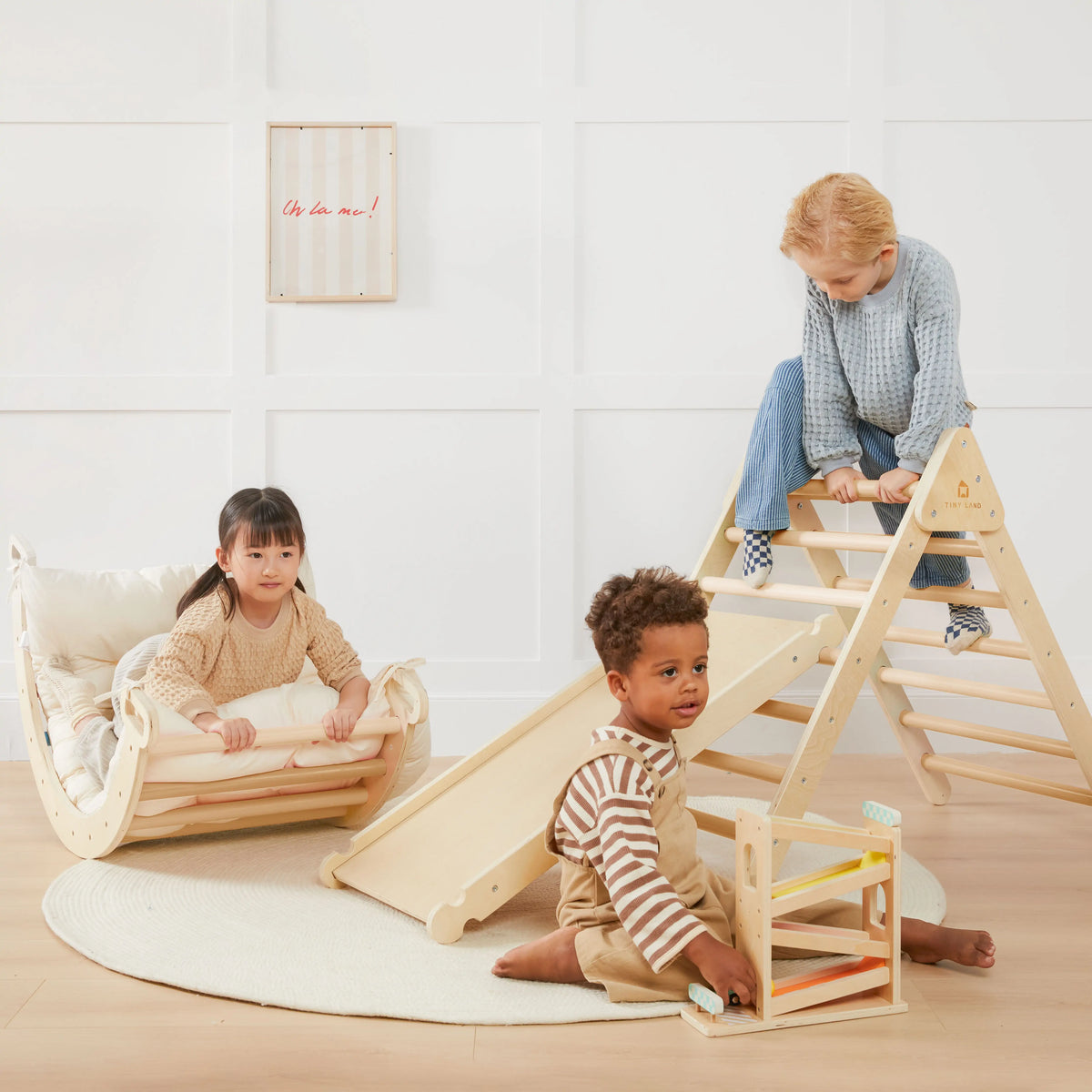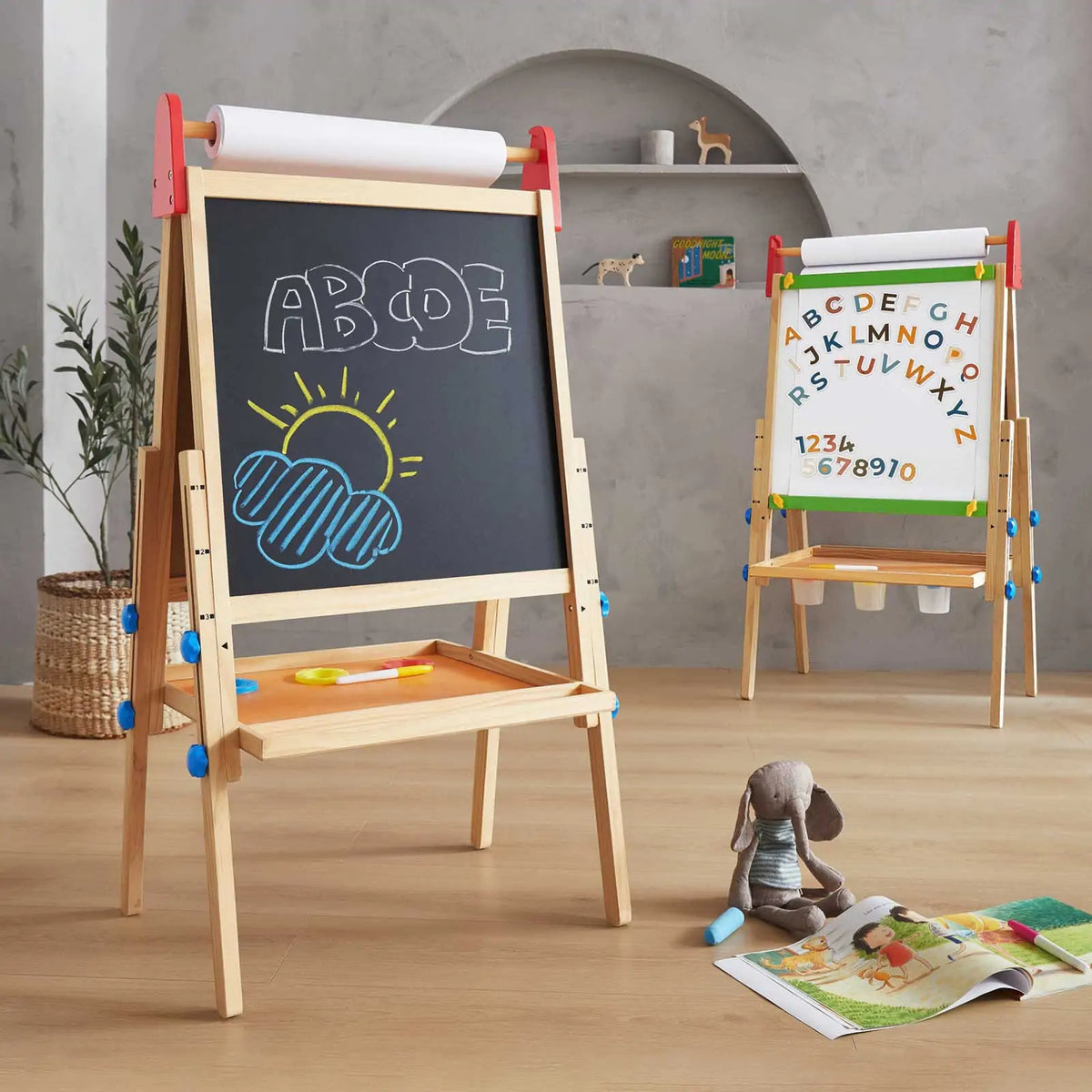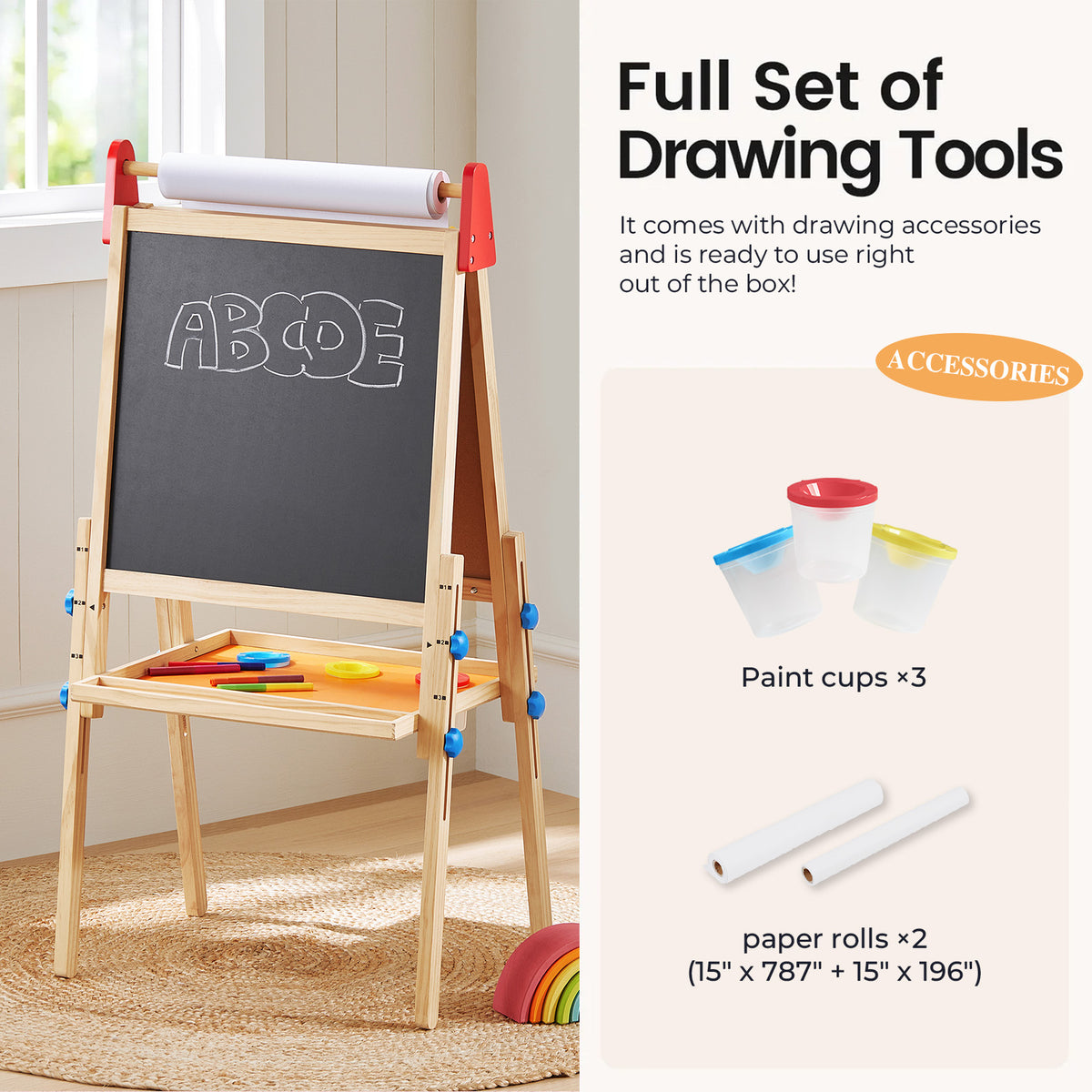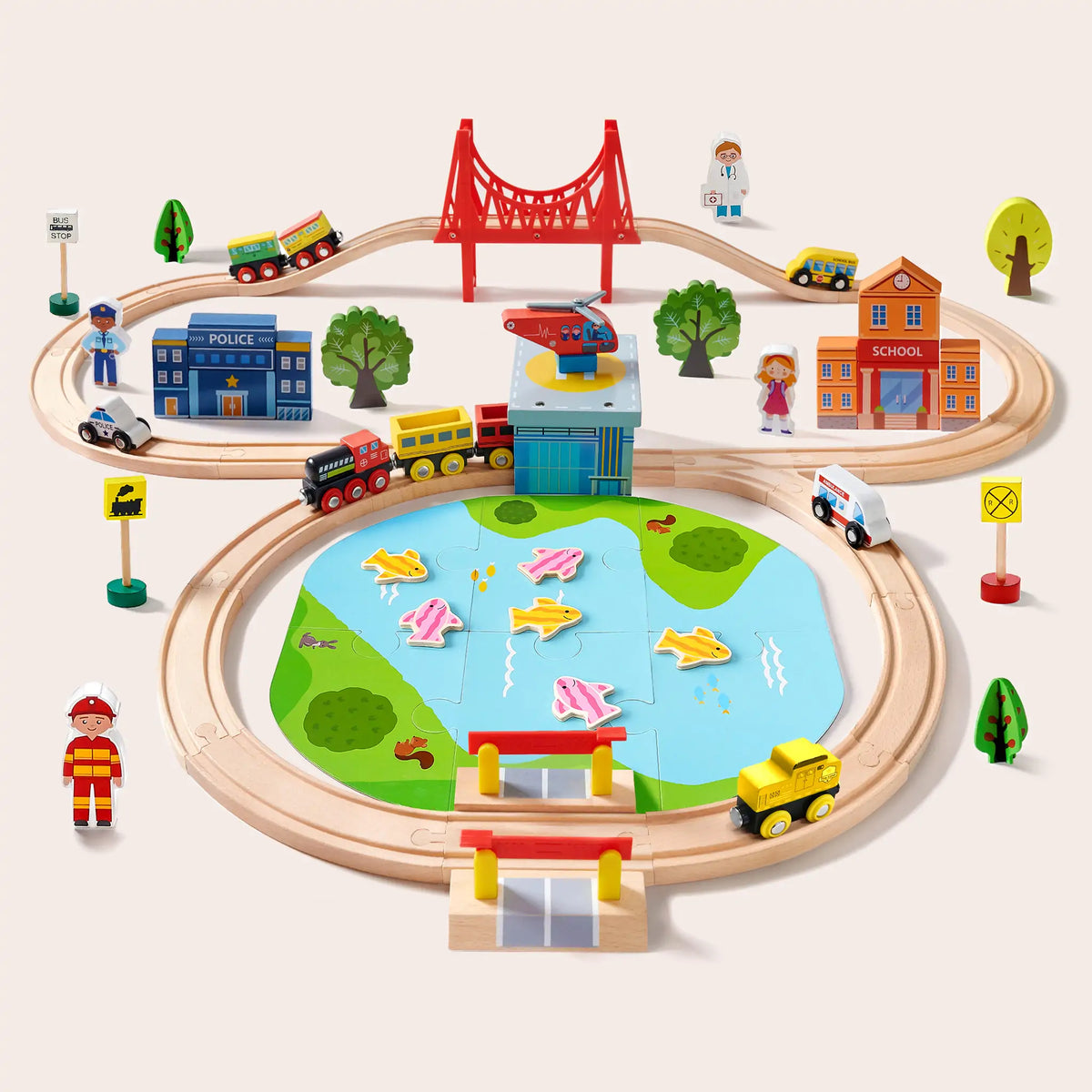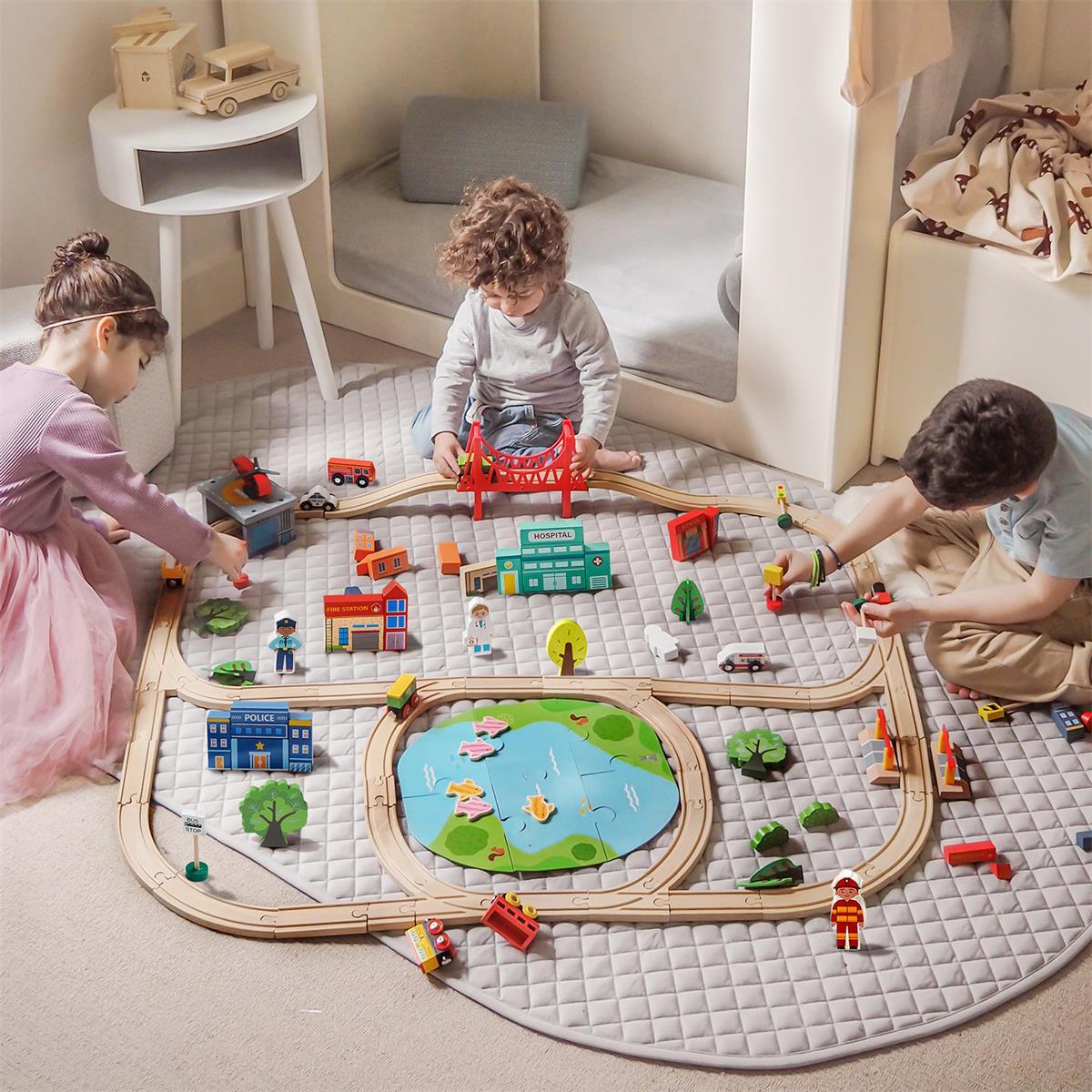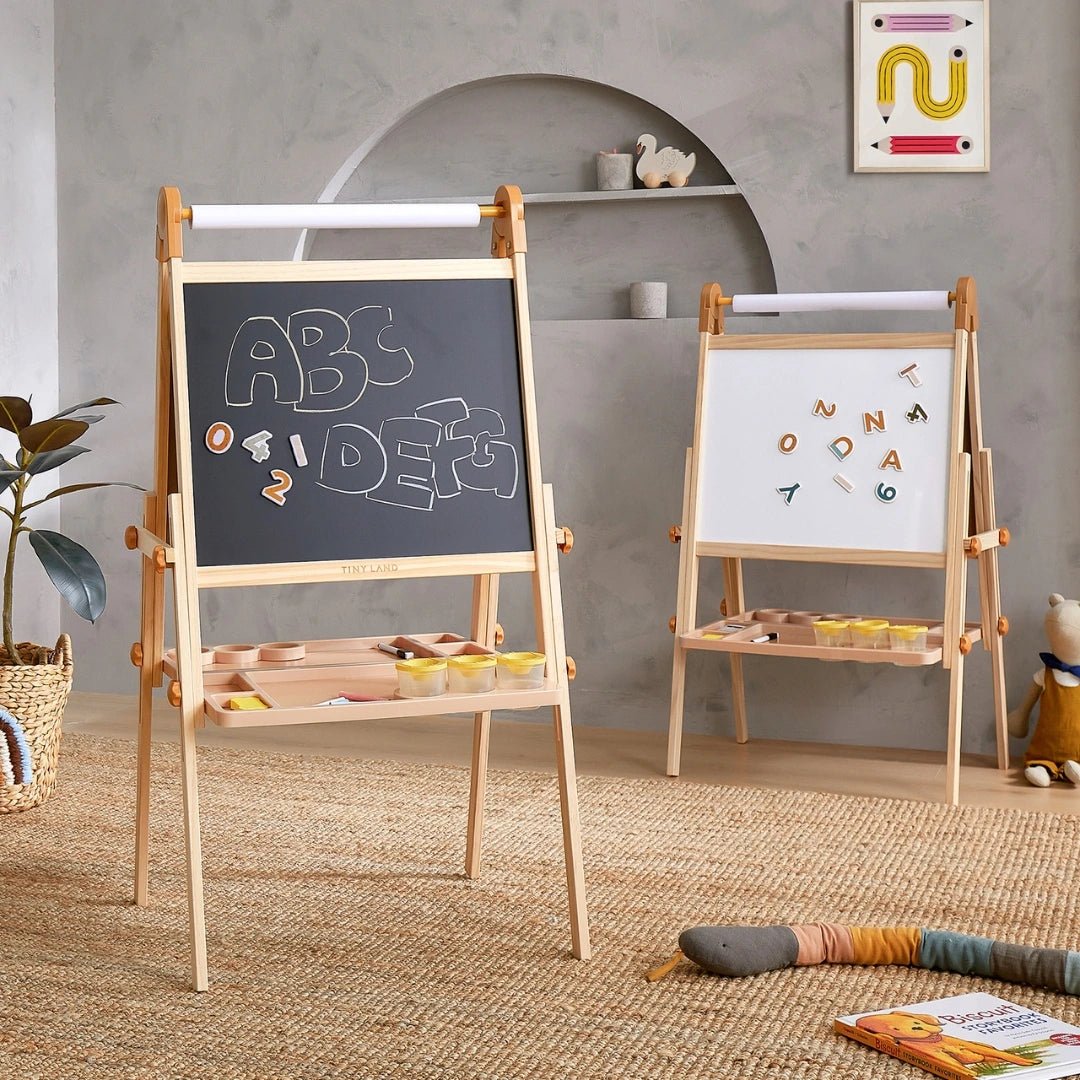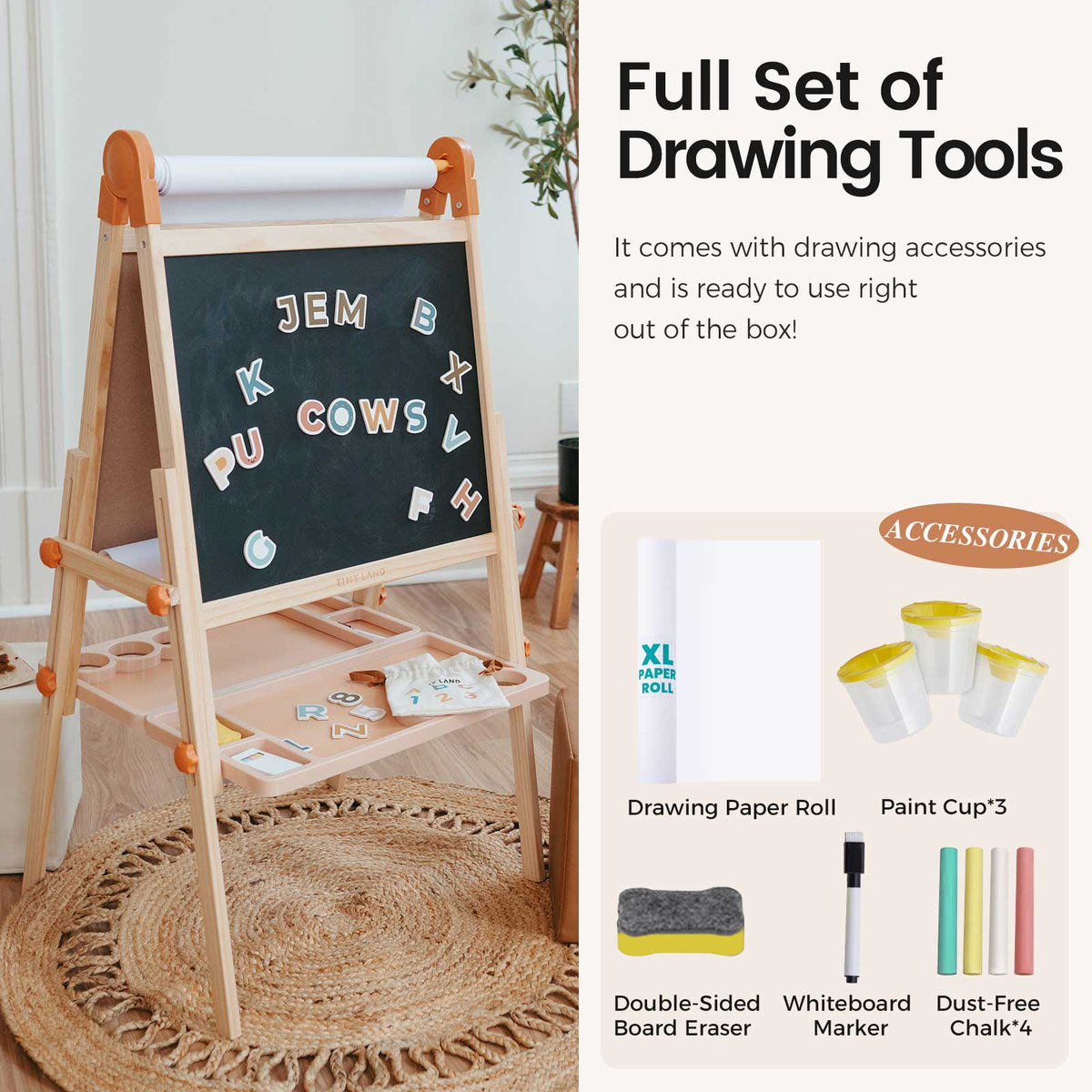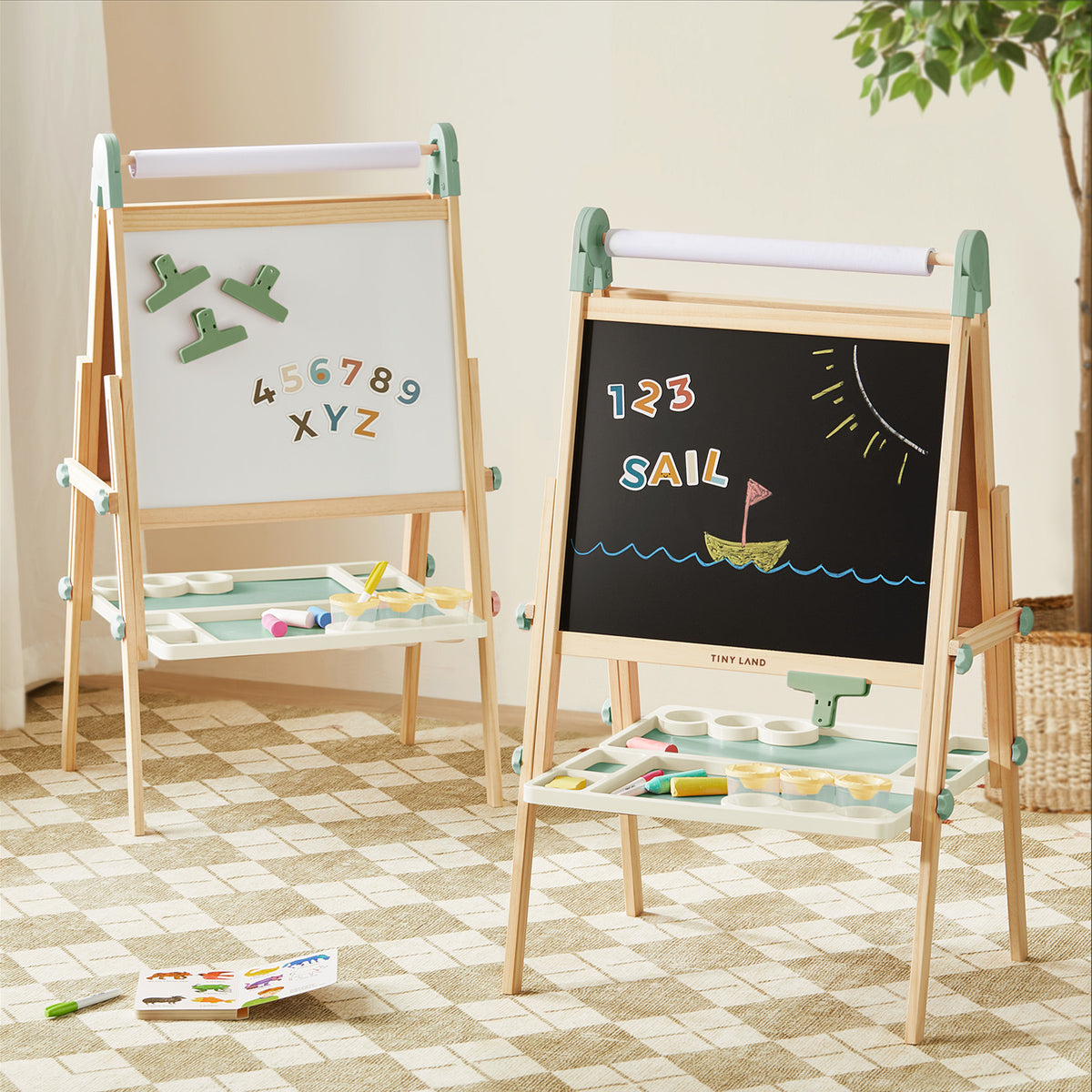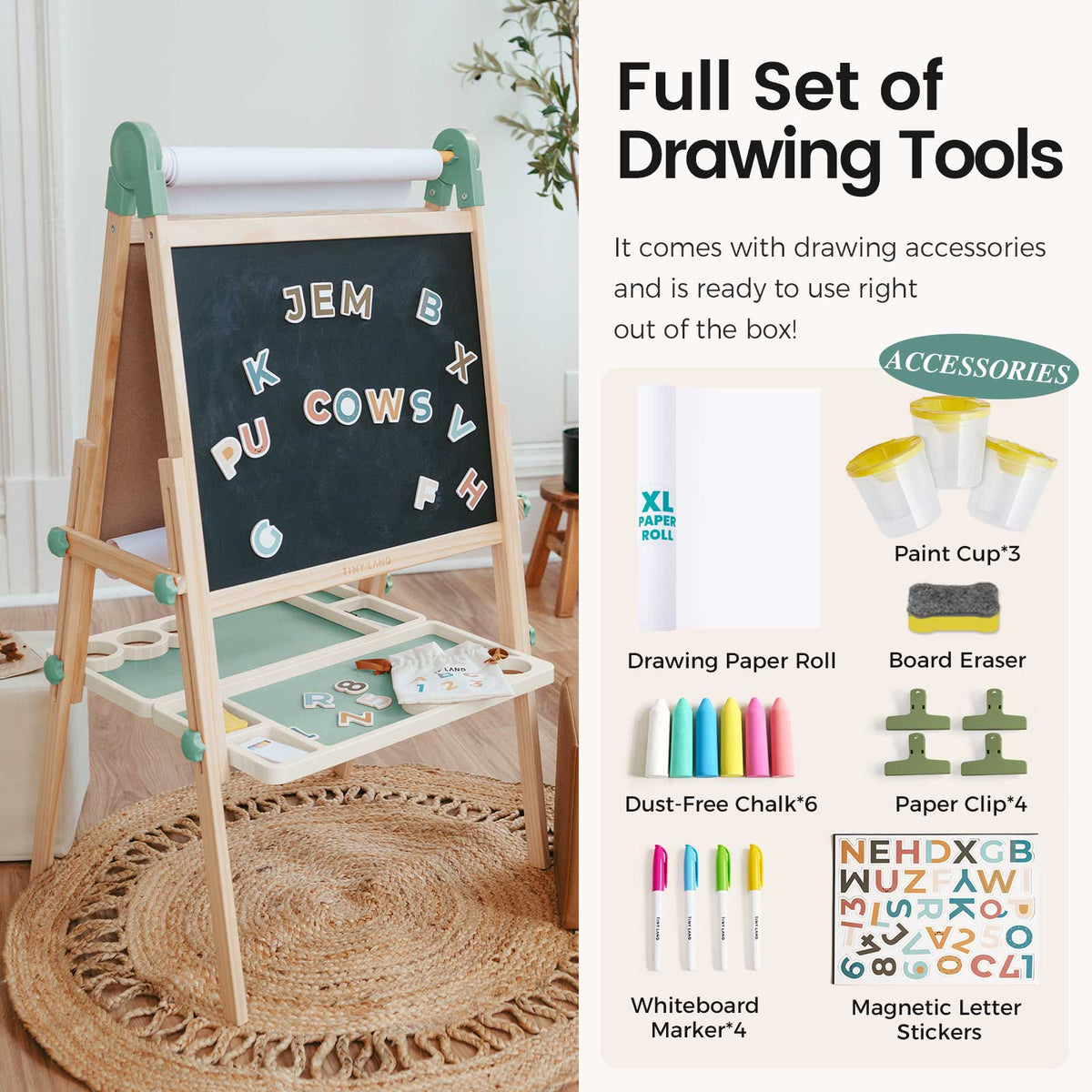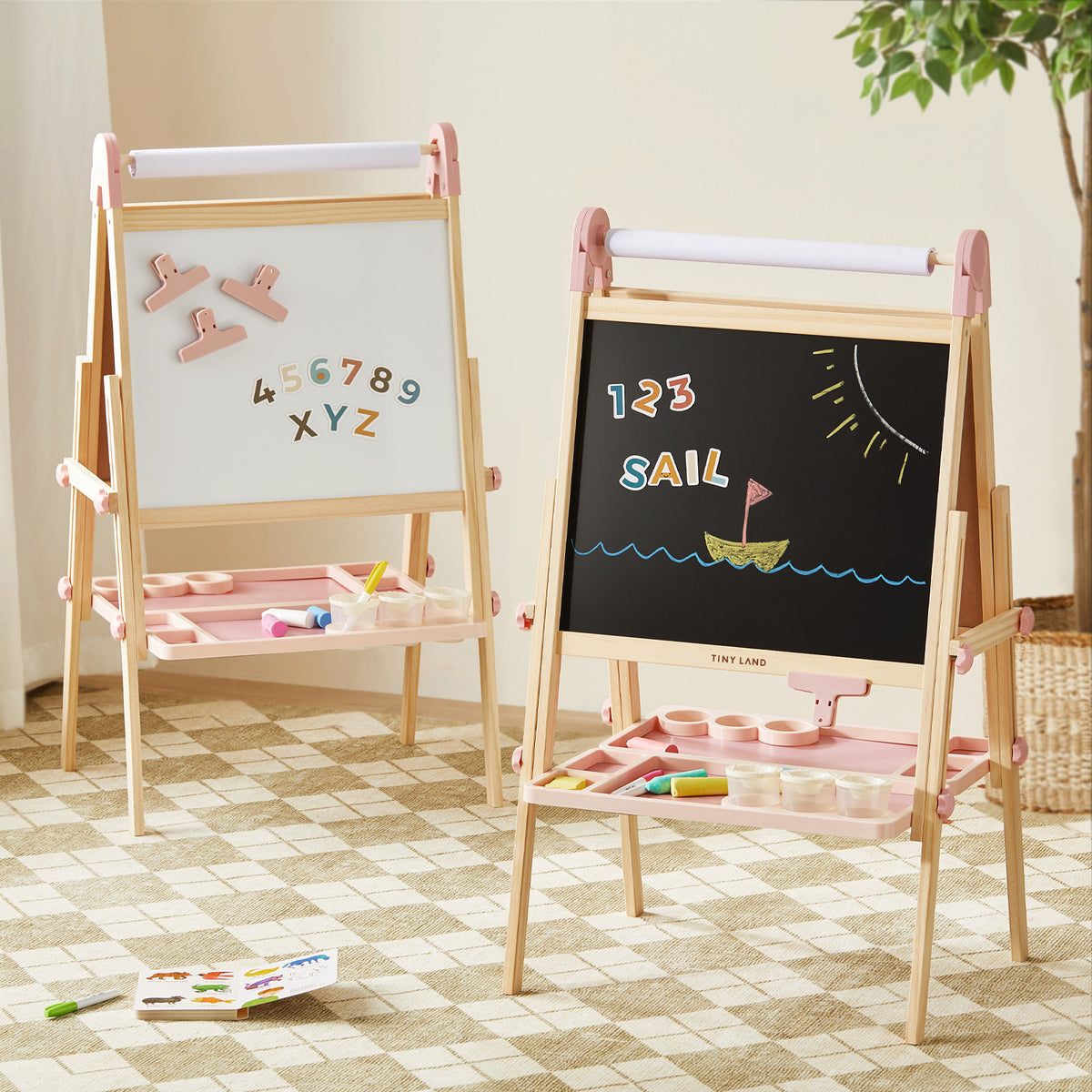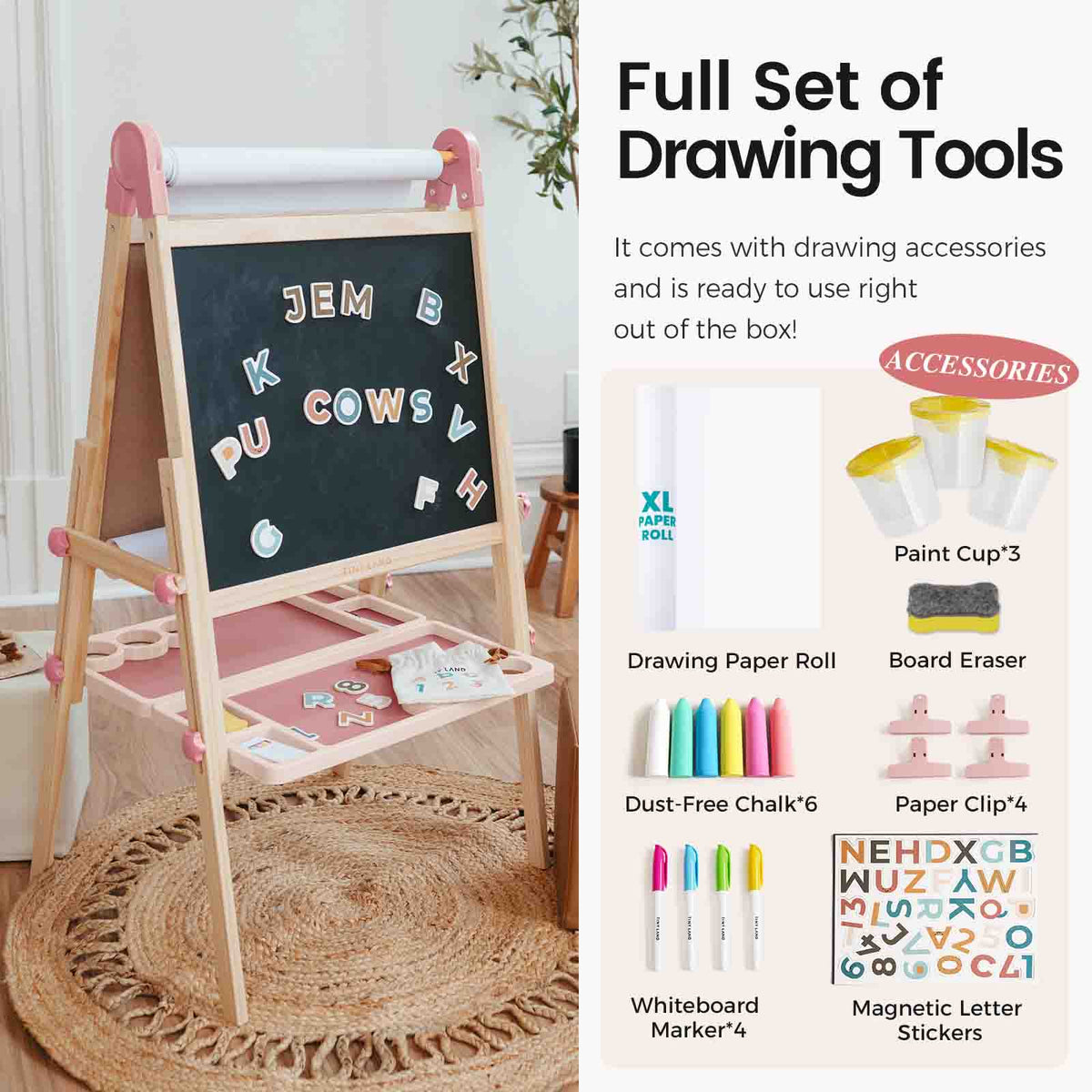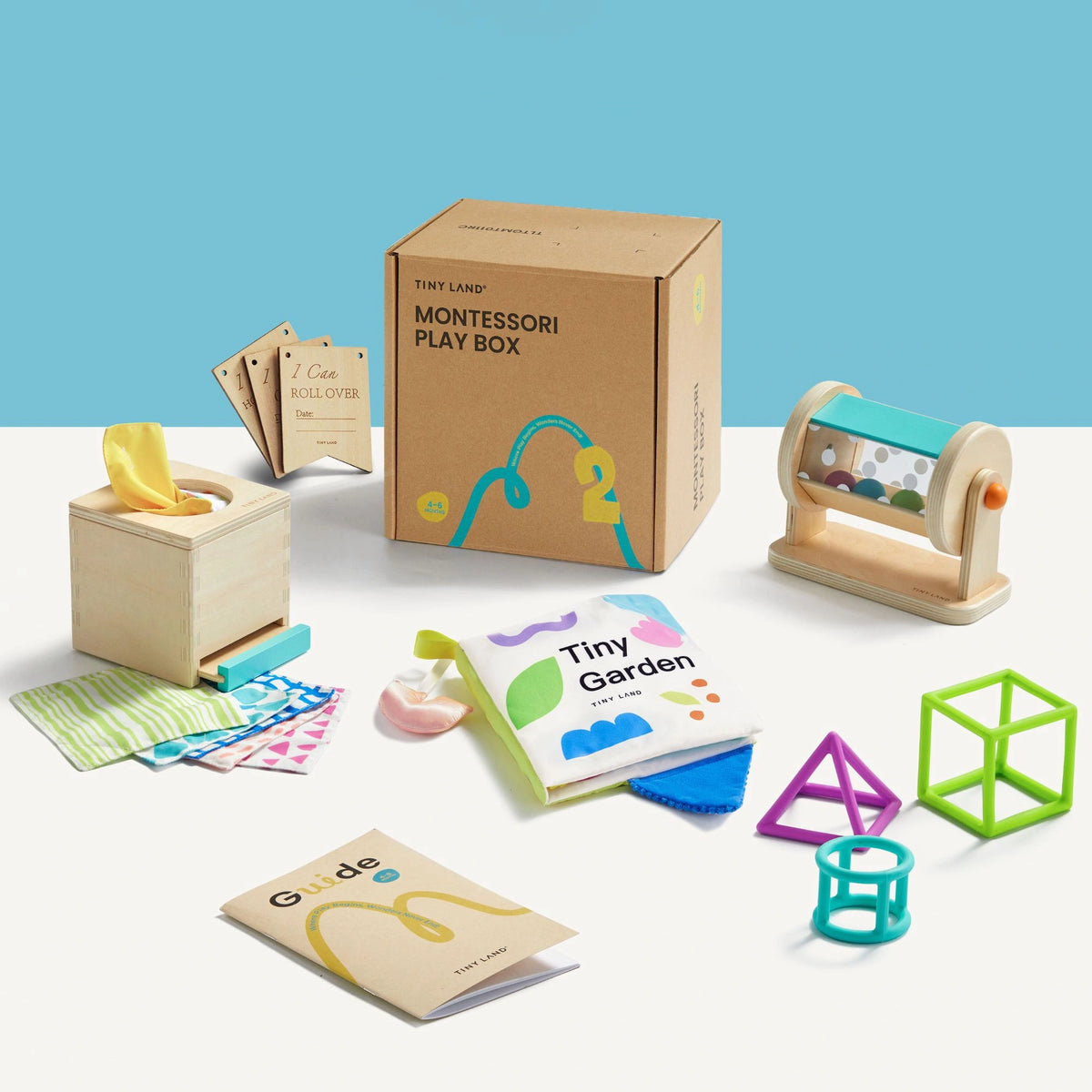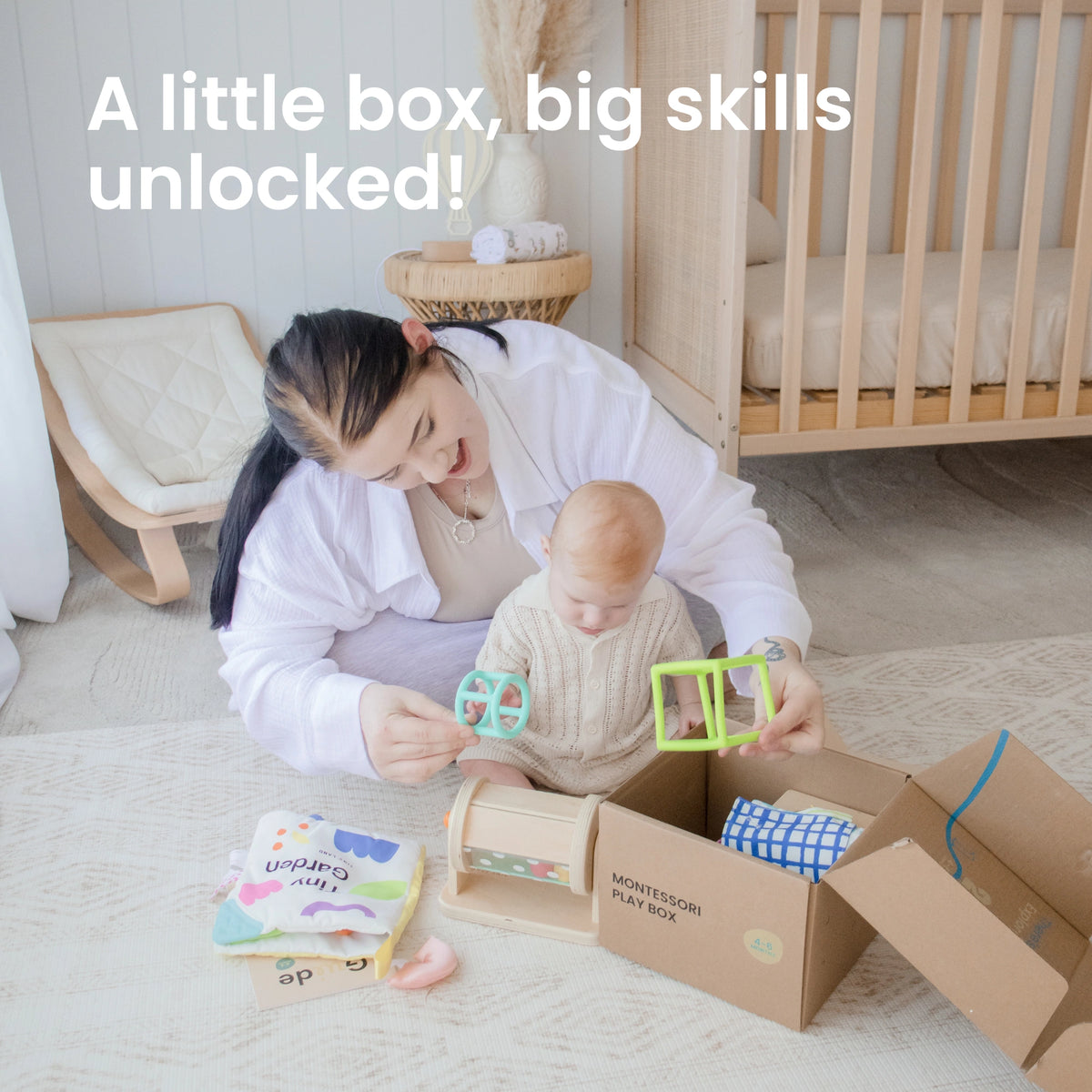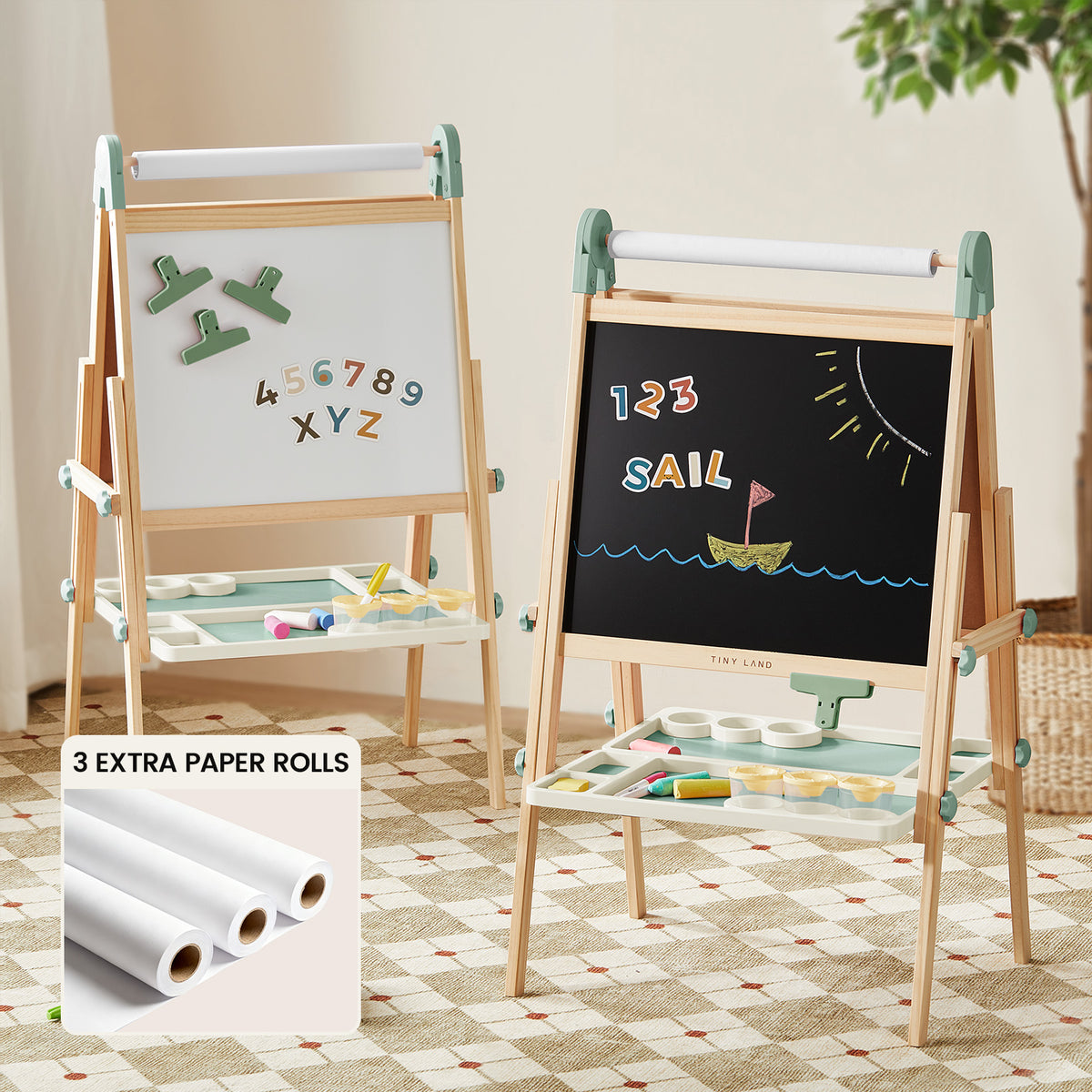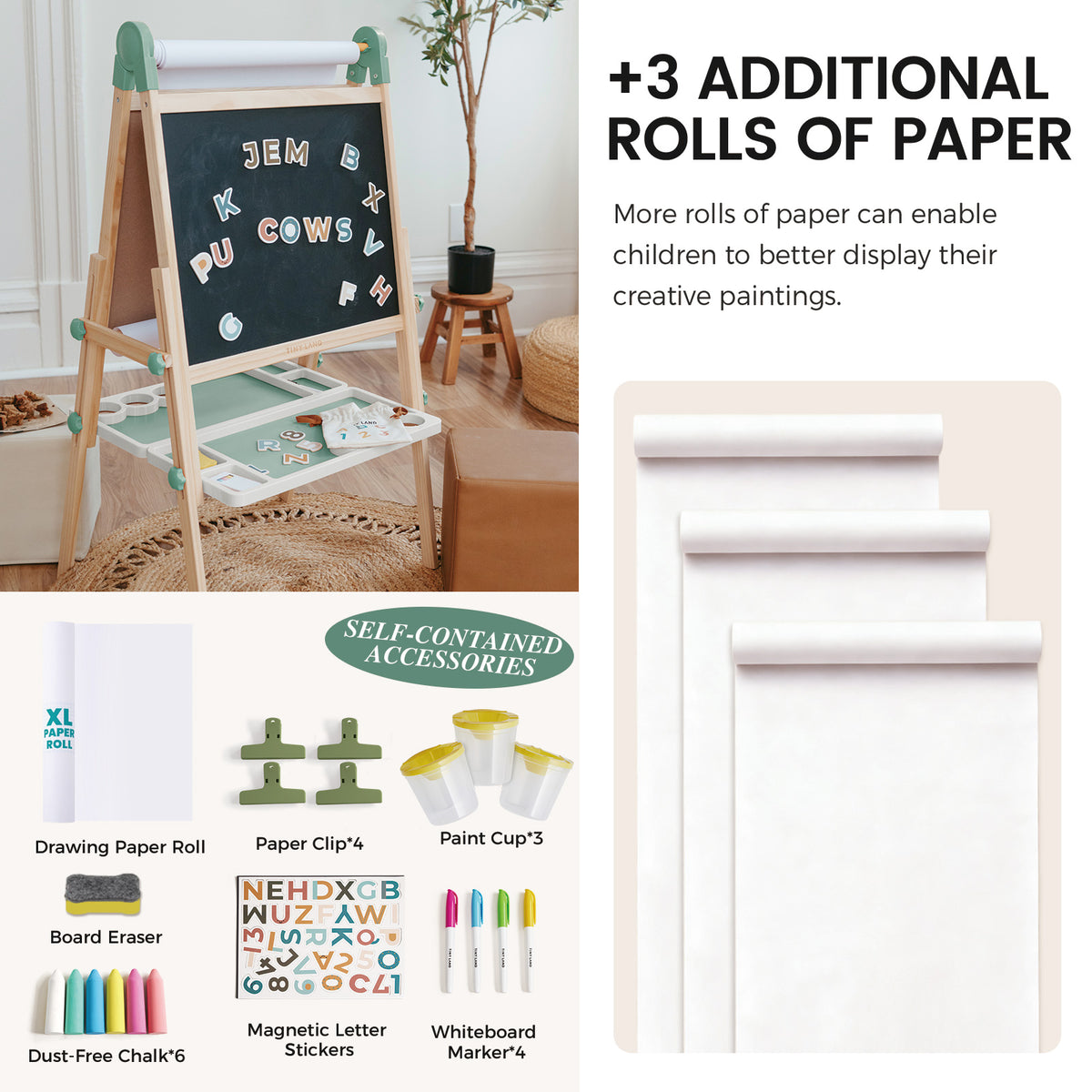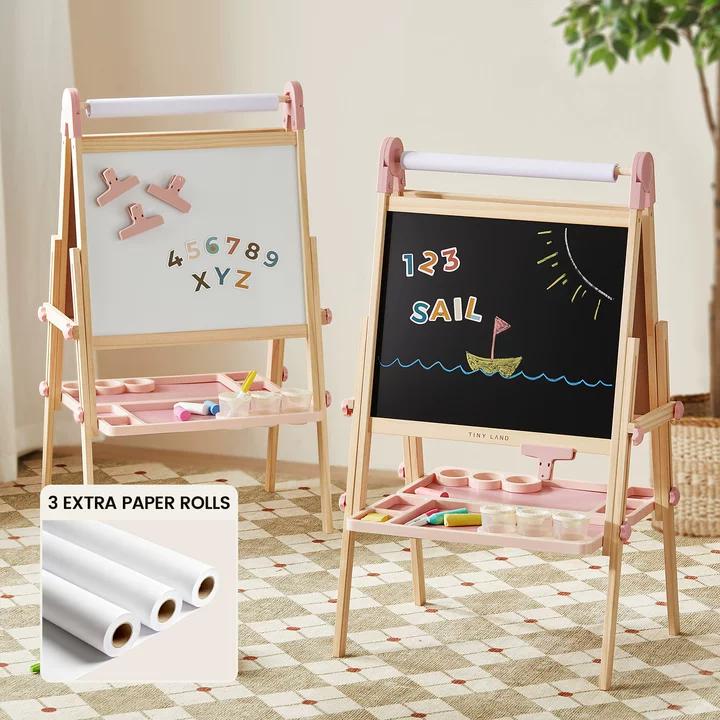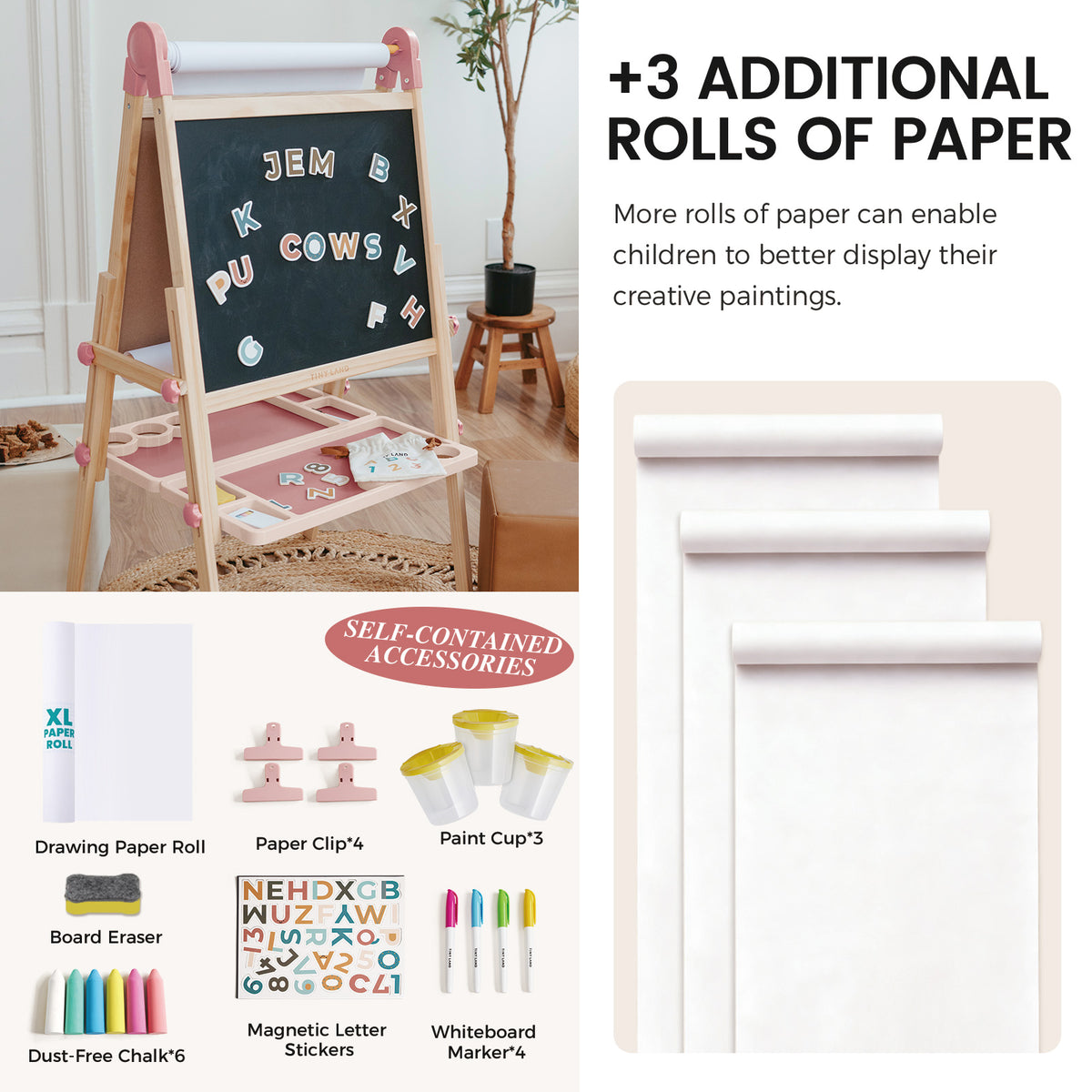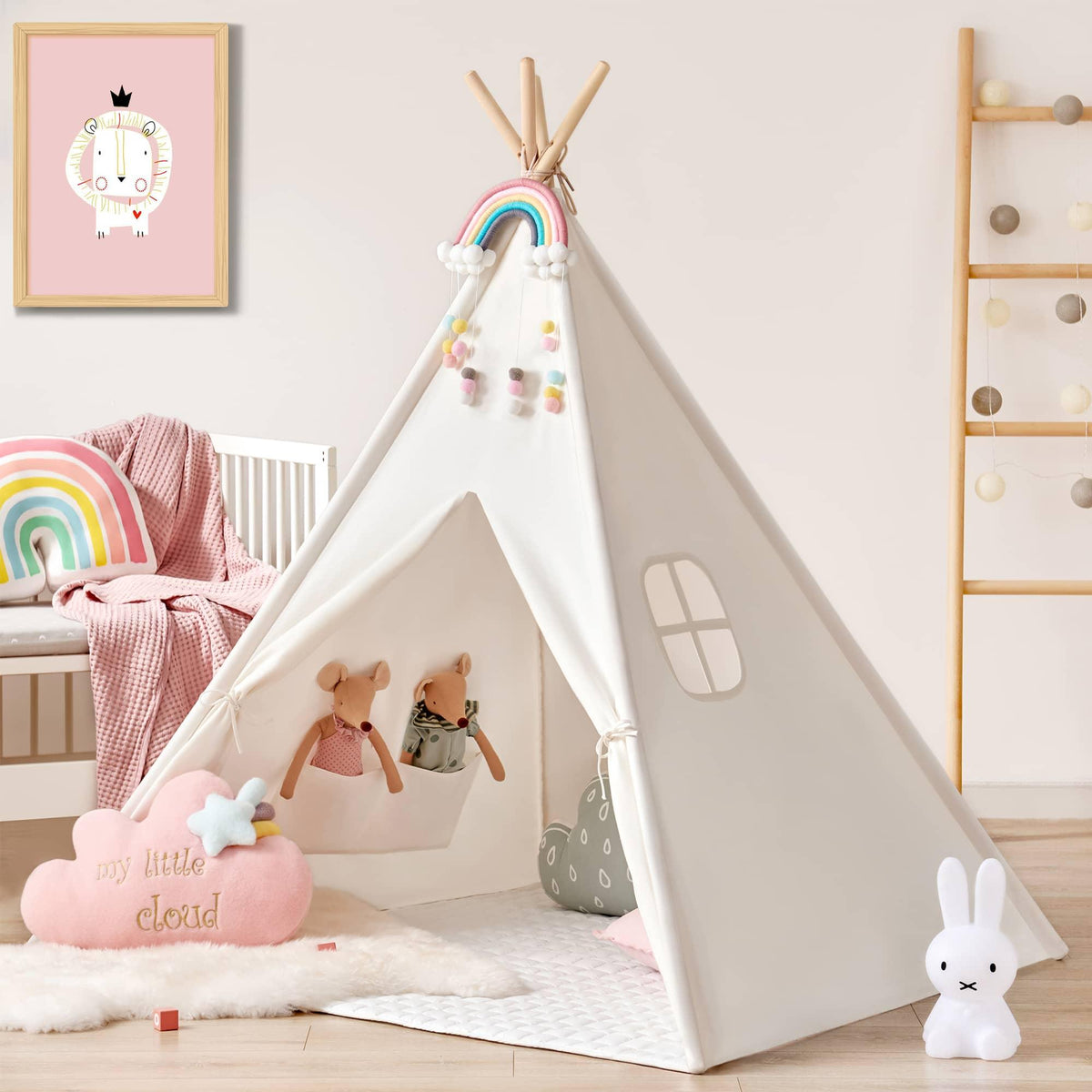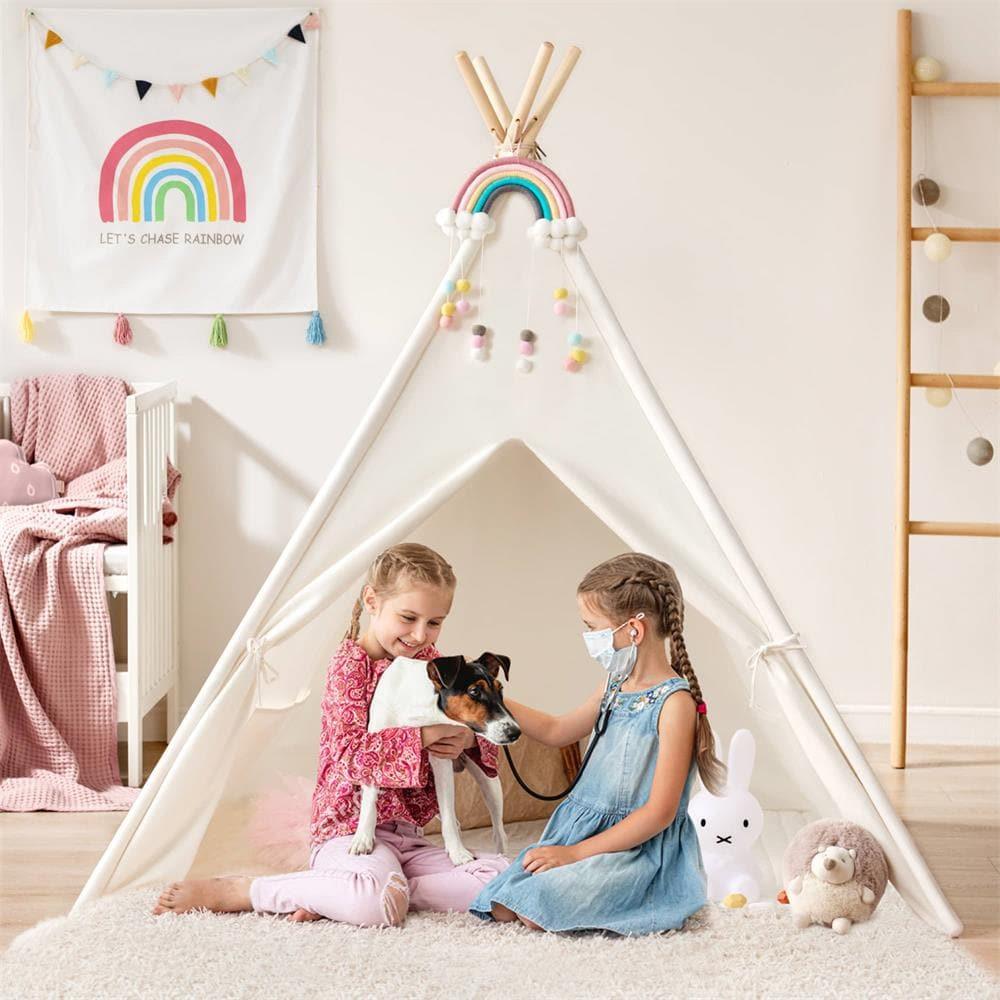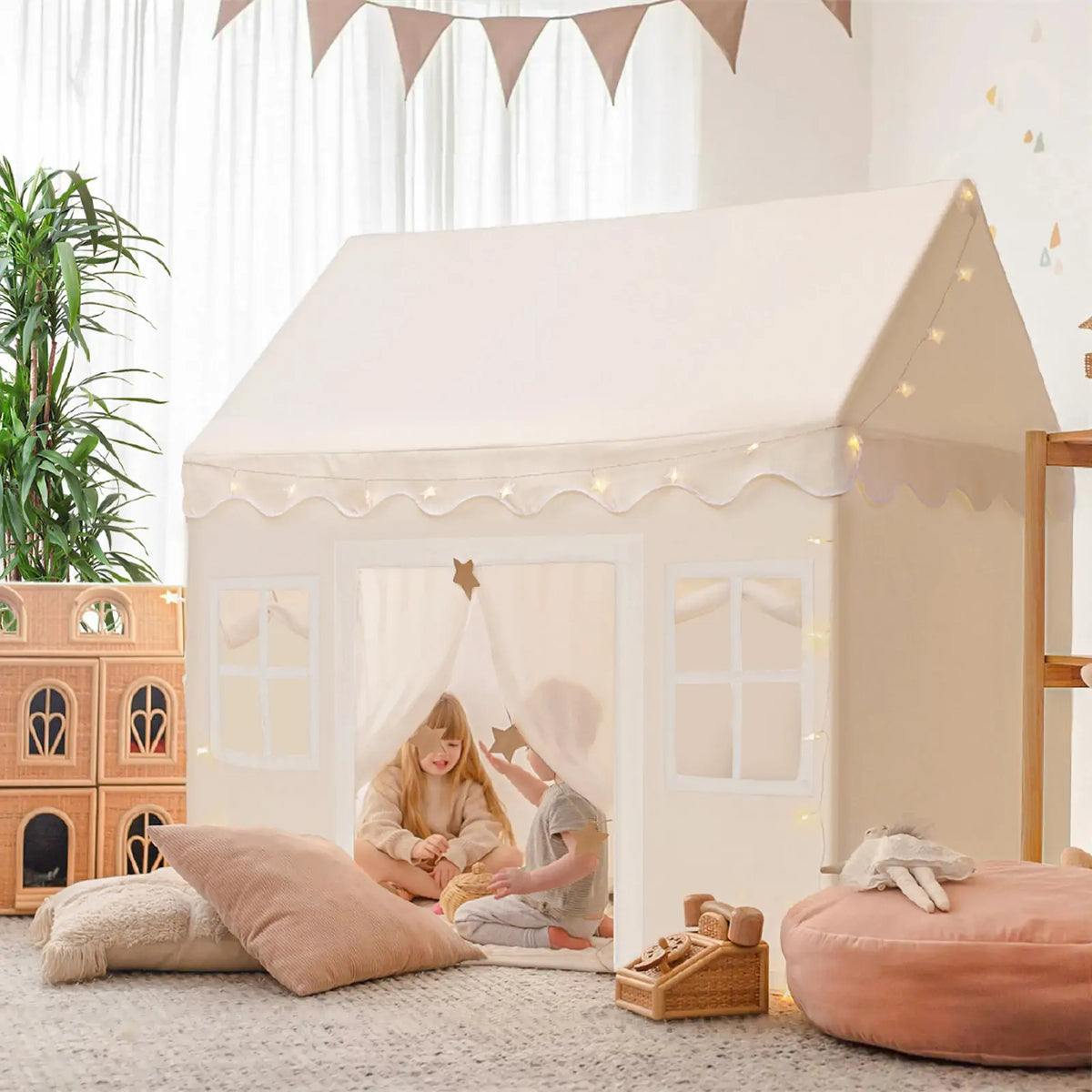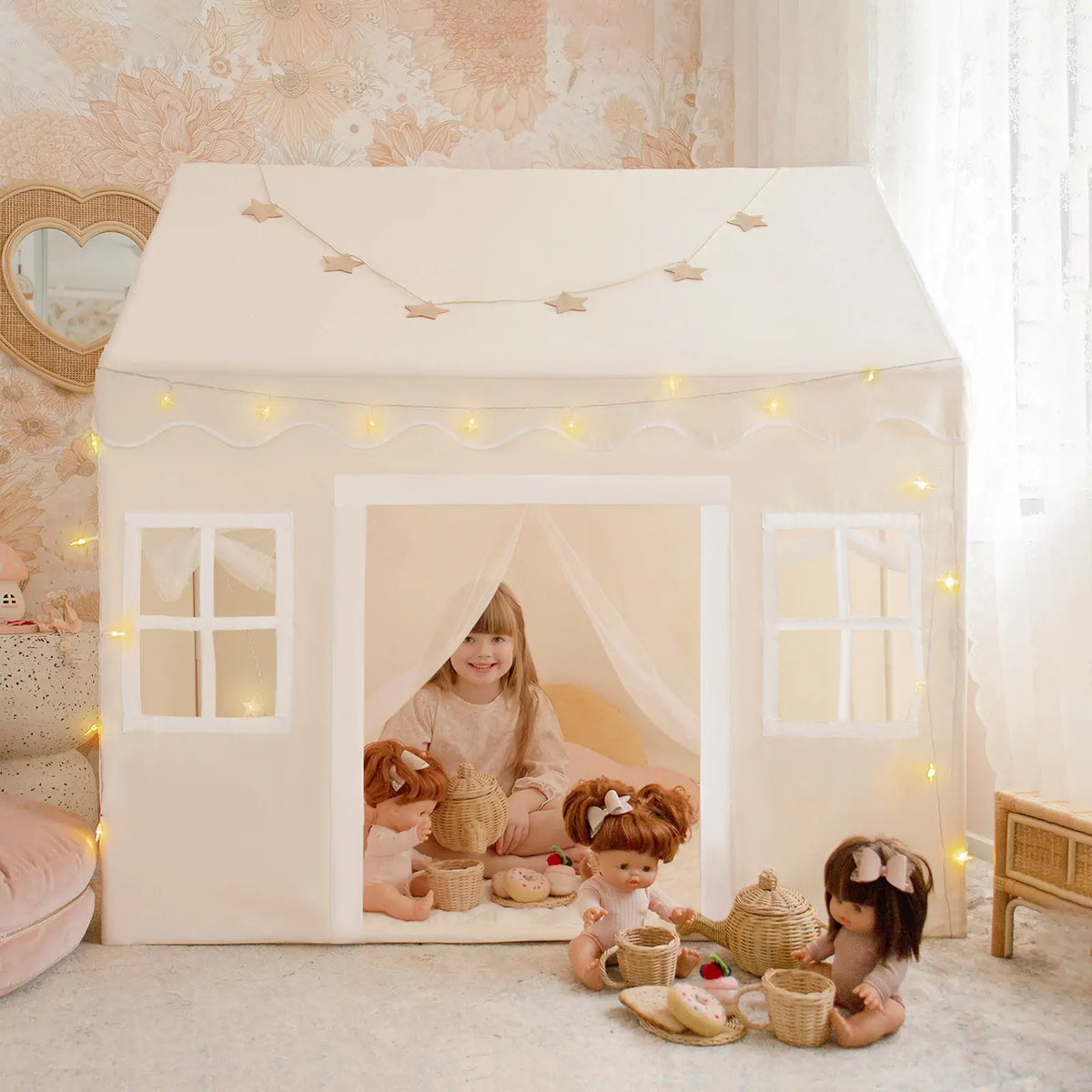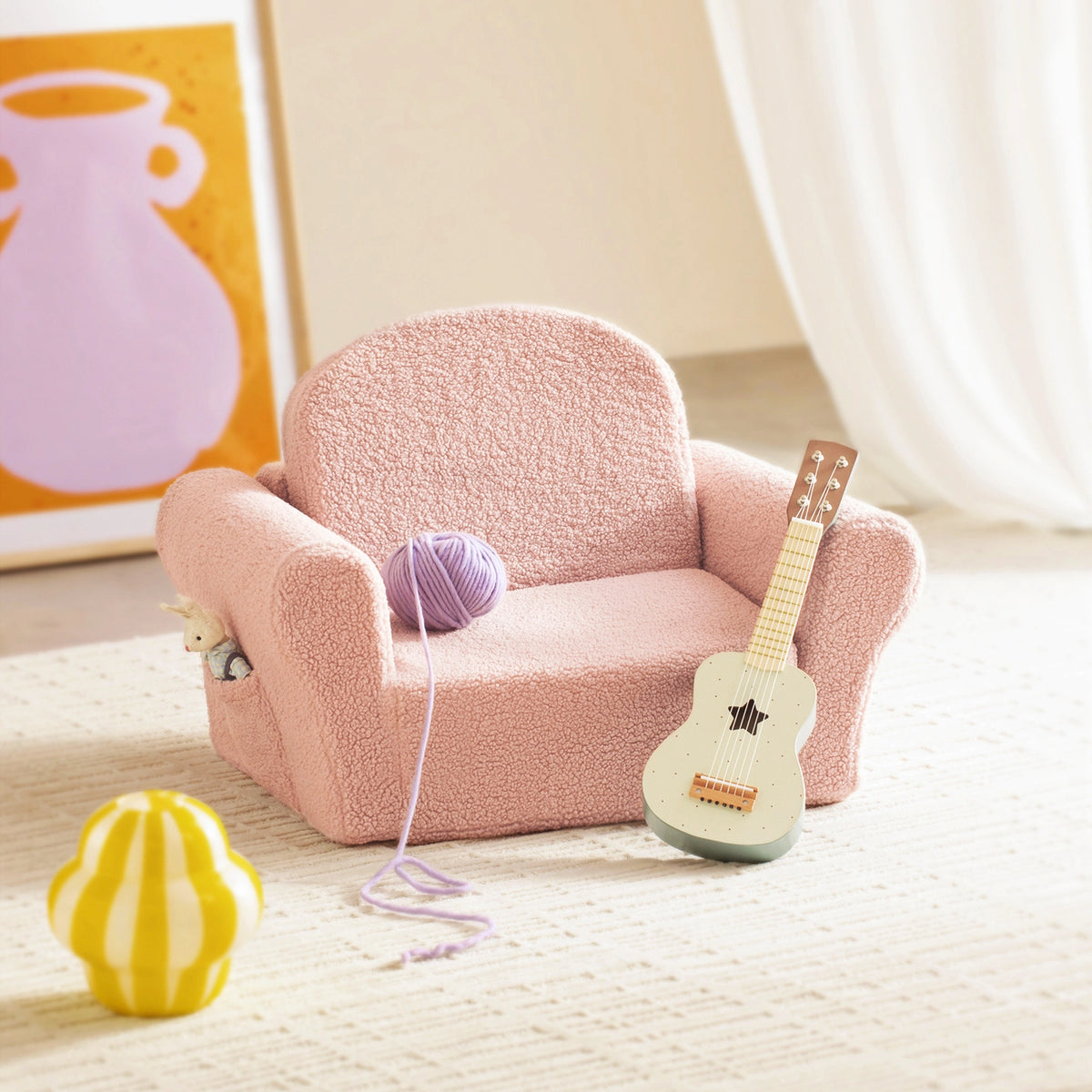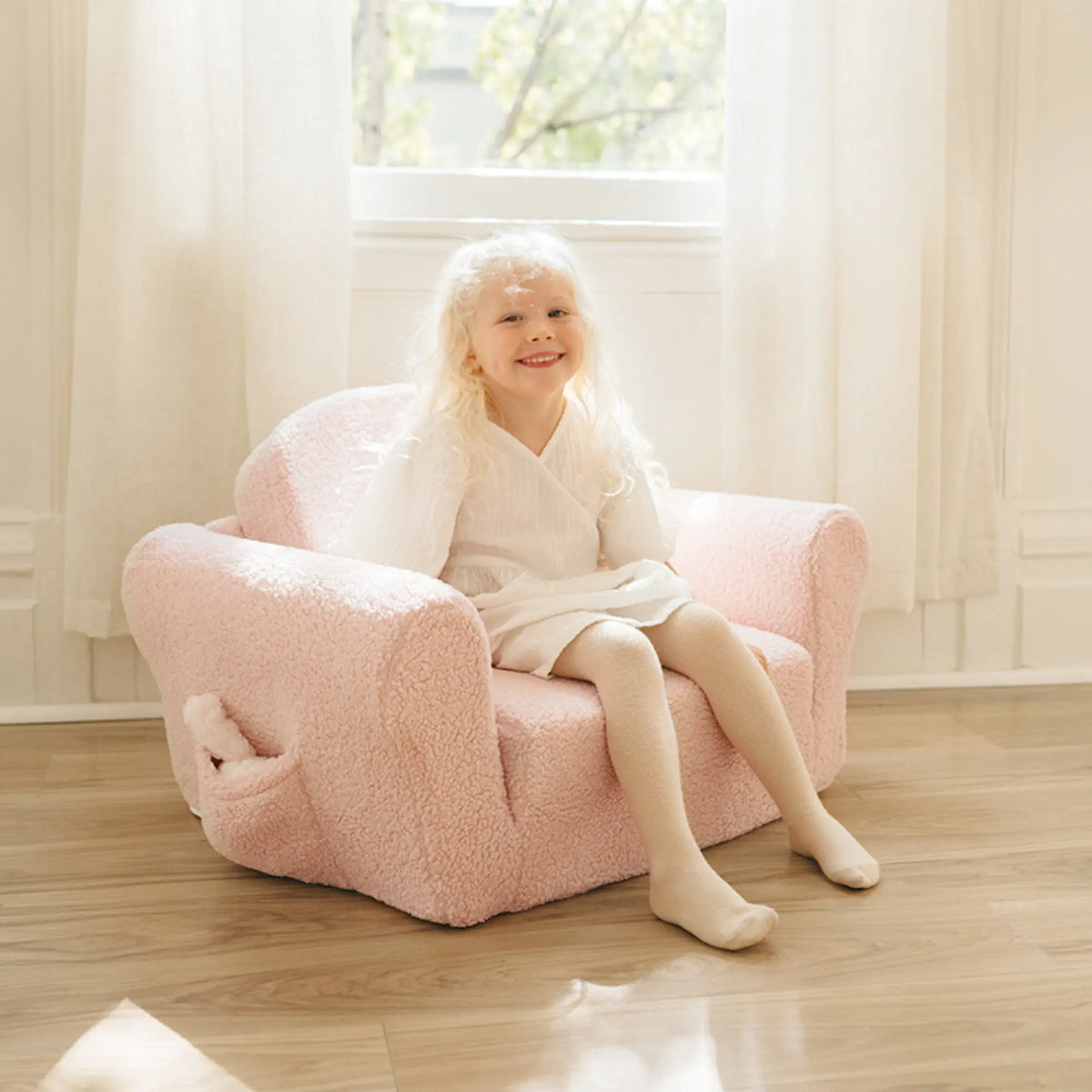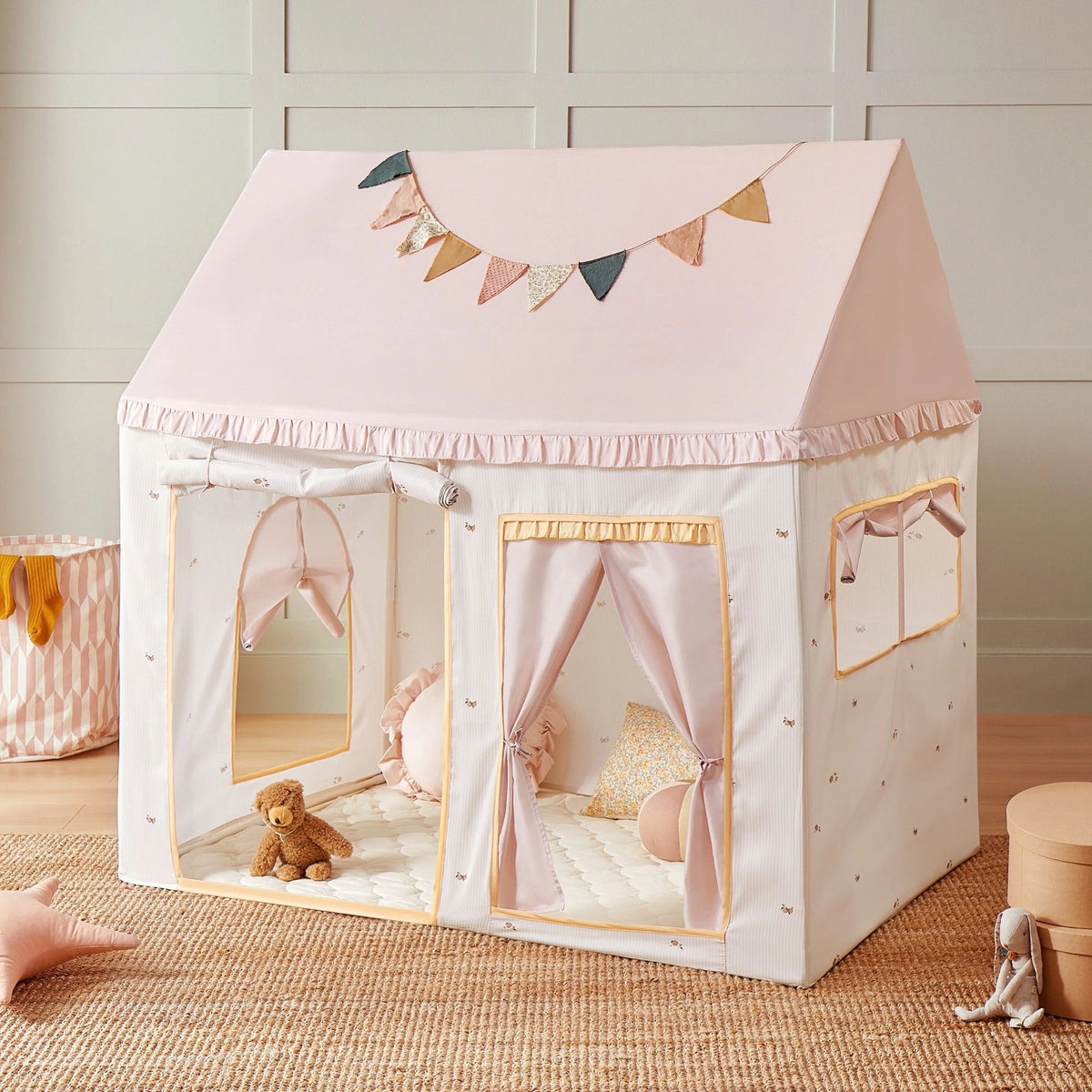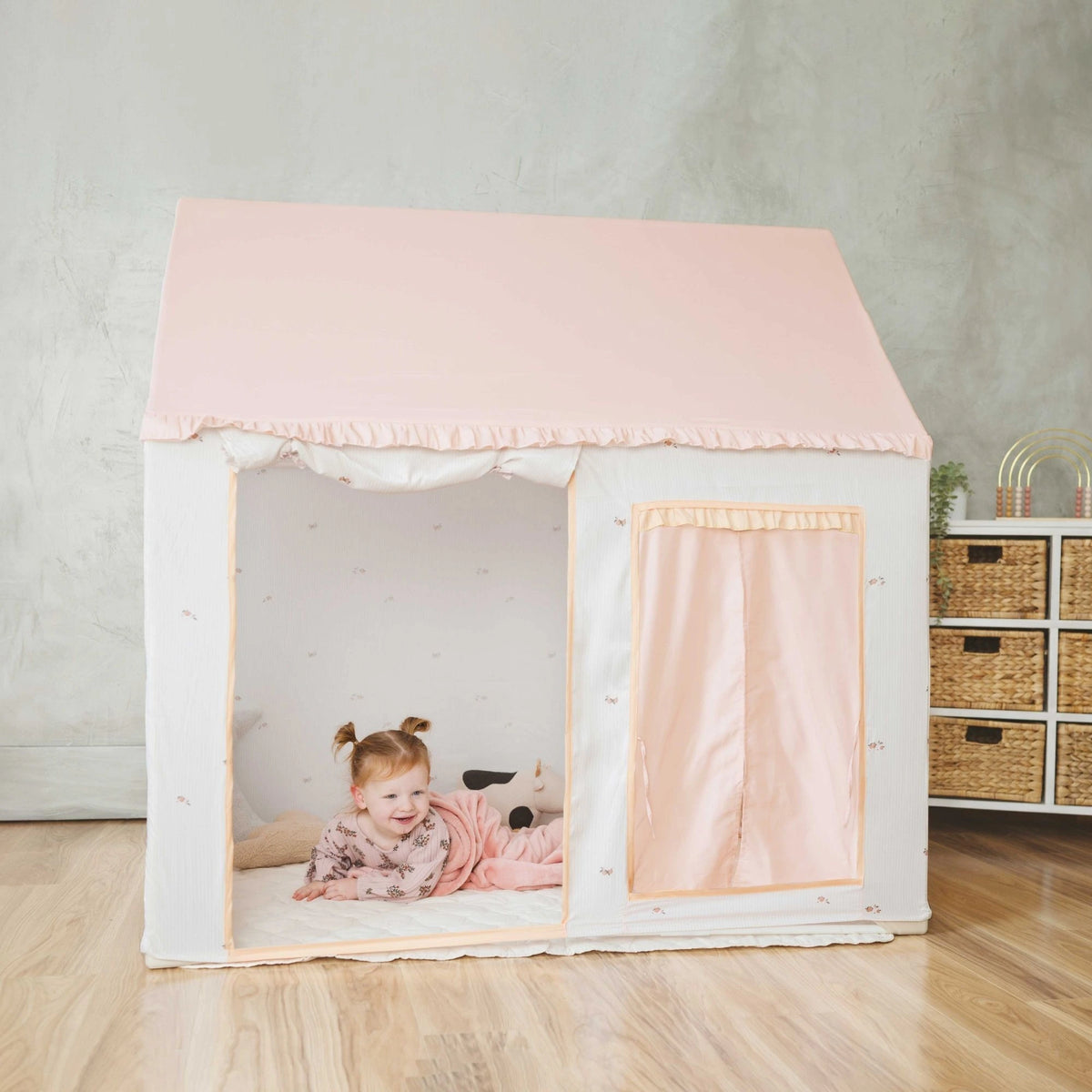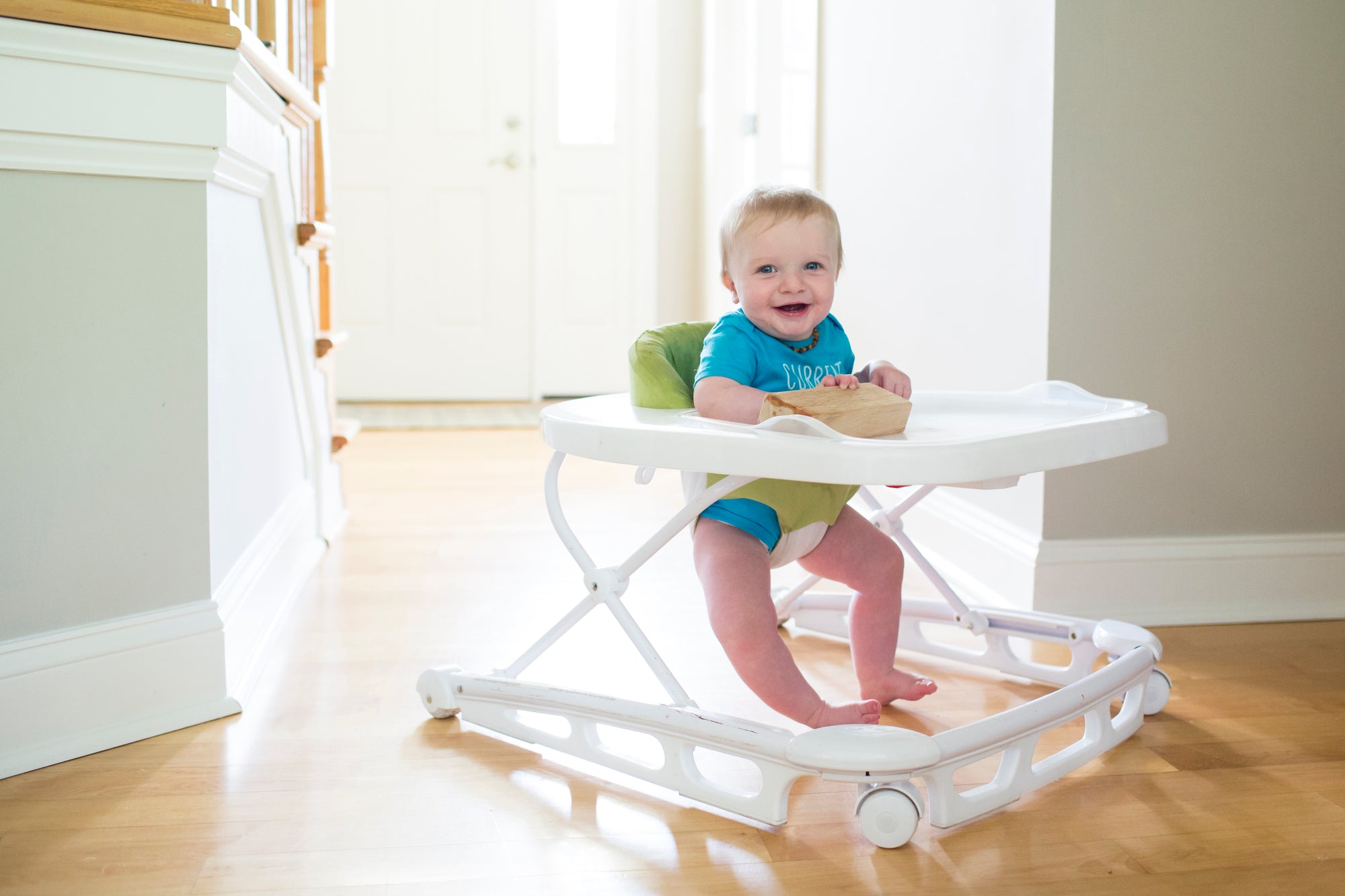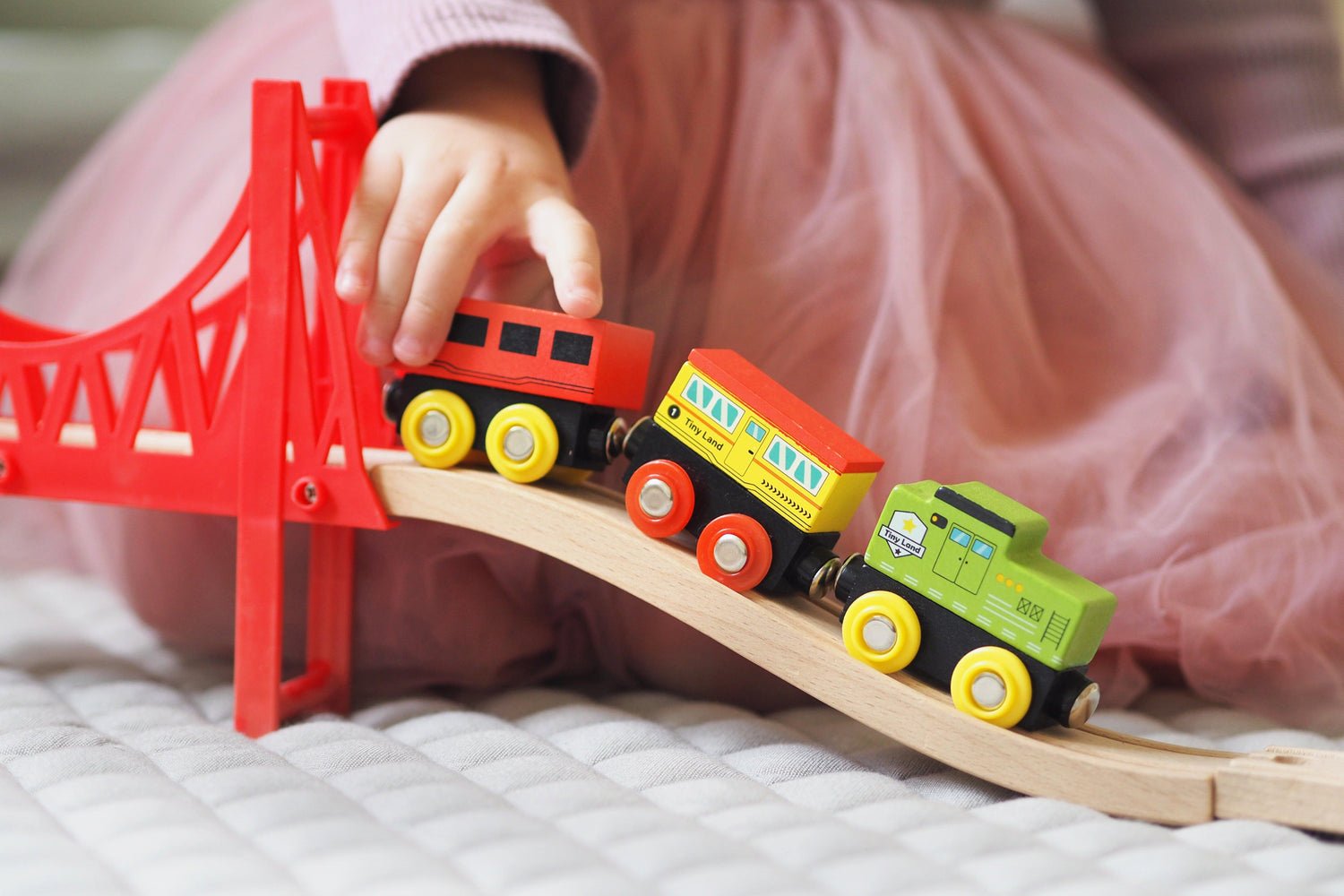Have you ever wondered why Montessori education places such a strong emphasis on wood toys? The answer goes beyond nostalgia and aesthetic appeal; it's rooted in a philosophy that has been shaping young minds for over a century.
Knowing About Montessori Education
Montessori Education
Studying wasn't the only goal of the Montessori technique; it included enabling kids to enjoy the world on their own schedules. It empowers them to learn at their own pace, fostering independence and a love for knowledge.
Hands-On Learning
In Montessori classrooms, every activity is a learning opportunity. Wood toys engage multiple senses, enhancing the learning experience and promoting holistic development.
Natural and Sustainable
Montessori embraces sustainability, and wood toys align perfectly with this ethos. They are eco-friendly, durable, and contribute to a more environmentally conscious upbringing.
Tapping into Creativity
Wood toys are like blank canvases, encouraging children to use their imagination freely. Unlike pre-programmed electronic toys, they allow for open-ended play, nurturing creativity and problem-solving skills.
The Psychology Behind Wood Toys
Sensory Stimulation
Wood toys provide a variety of textures, stimulating a child's tactile senses. This sensory exploration is crucial for brain development, helping children build neural connections.
Connection with Nature
Montessori brings nature indoors in a society where screens rule the landscape. Wood toys evoke a connection with the natural world, fostering an appreciation for the environment.
Breaking Down the Benefits
Durability Beyond Generations
Unlike their plastic counterparts, wooden toys stand the test of time. Passed down from one generation to the next, they become cherished heirlooms, carrying memories and stories.
Safety First
Montessori prioritizes safety, and wood toys are inherently safer than plastic ones. They don't contain harmful chemicals, ensuring a secure environment for children.
Fine Motor Skills
Wooden toys often involve intricate movements, honing a child's fine motor skills. From stacking blocks to manipulating puzzles, every play session becomes a lesson in coordination.
Language Development
Wooden toys facilitate language development as children engage in imaginative play. They narrate stories, converse with their toys, and develop a rich vocabulary in the process.
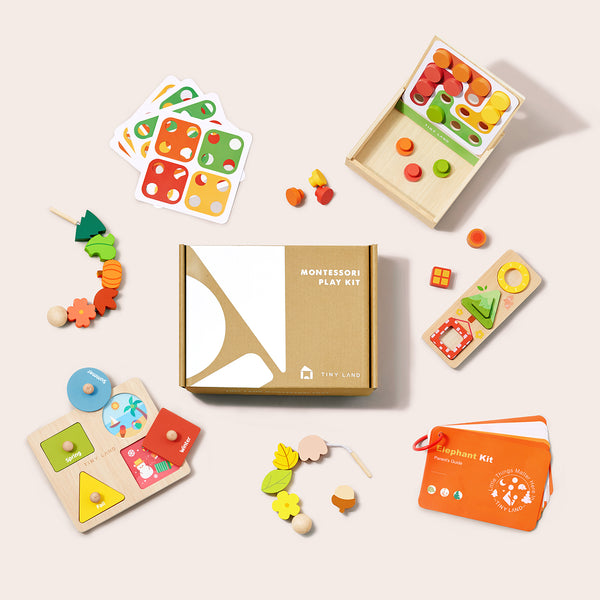
Montessori at Home
Setting up a Montessori-Friendly Space
Transform your home into an extension of the Montessori classroom. Learn how to create an environment that fosters independent learning through the strategic placement of wooden toys.
DIY Wooden Toys
Invent the joy of crafting your own Montessori-inspired wooden toys. Engage with your child in the creative process, strengthening your bond while promoting learning through play.
Transitioning to Montessori
Considering a Montessori approach for your child? Learn how introducing wooden toys at home can ease the transition, making learning an enjoyable and seamless experience.
Frequently Asked Questions
Why does Montessori prefer wooden toys over plastic ones?
Montessori opts for wooden toys due to their sustainability, safety, and ability to foster creativity and sensory development.
Are wooden toys suitable for all age groups?
Yes, wooden toys are versatile and come in various forms suitable for different age groups, from infants to older children.
Can I incorporate Montessori principles at home without a formal Montessori education?
Absolutely! Creating a Montessori-friendly environment at home, complete with wooden toys, can significantly benefit your child's development.
How can I ensure the wooden toys are safe for my child?
Select toys that are composed of safe, organic components, and check them often for harm or wear.
Do wooden toys really make a difference in a child's learning journey?
Yes, wooden toys contribute to cognitive, emotional, and physical development, making them invaluable tools in the Montessori toolbox.
Learn more about the facts behind
To know more facts behind this, you can learn them practically or get the exact information by researching on the internet. Numerous sites related to this will be located around the internet. But if you want the best information, Tiny Land is the perfect website for you. On the website of Tiny Land, you will find a huge resource of information.
Conclusion
As we unravel the significance of wooden toys in Montessori education, it becomes clear that they are not mere playthings. They are tools for exploration, avenues for creativity, and catalysts for lifelong learning.


